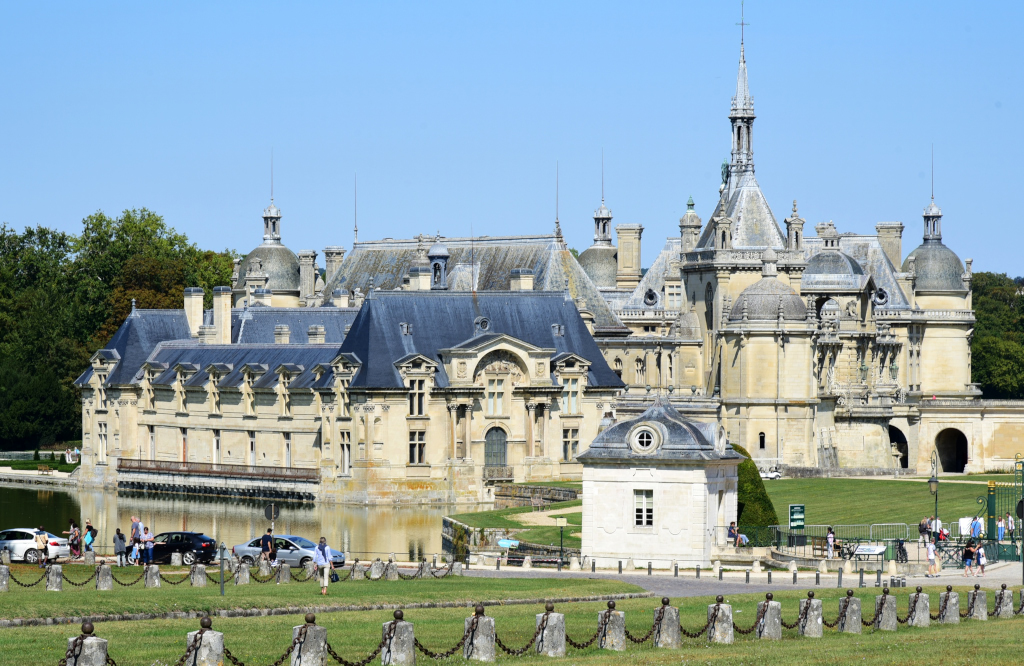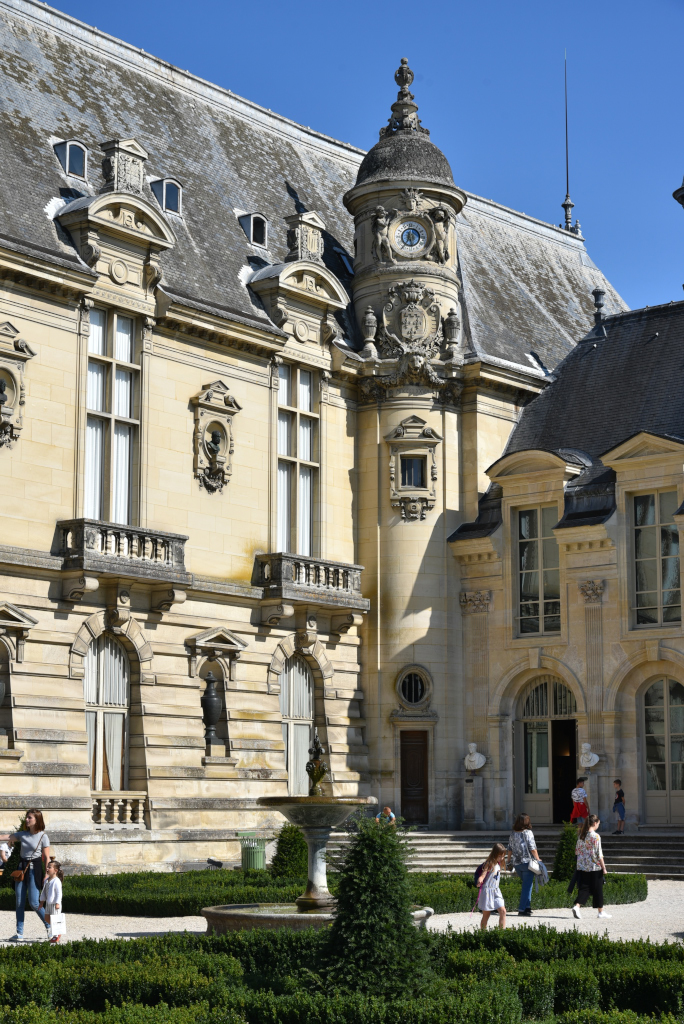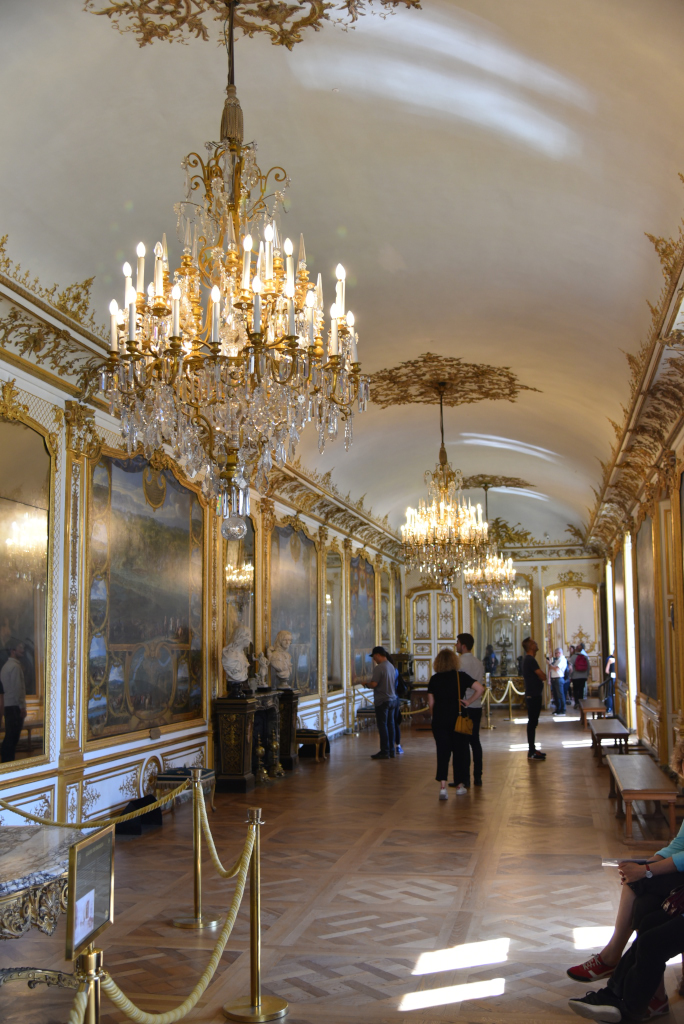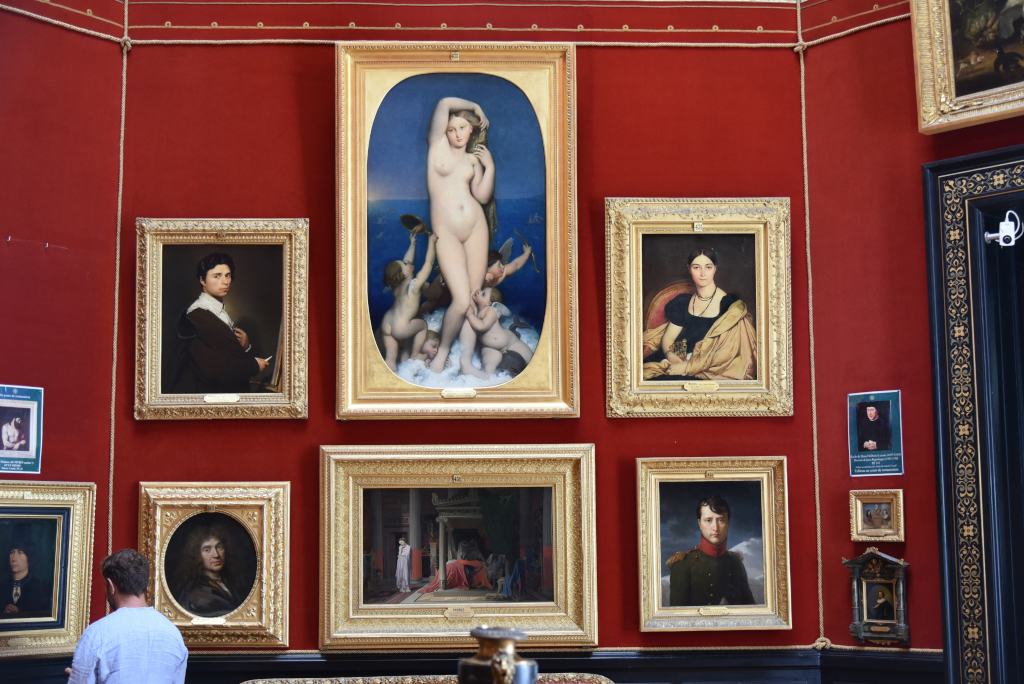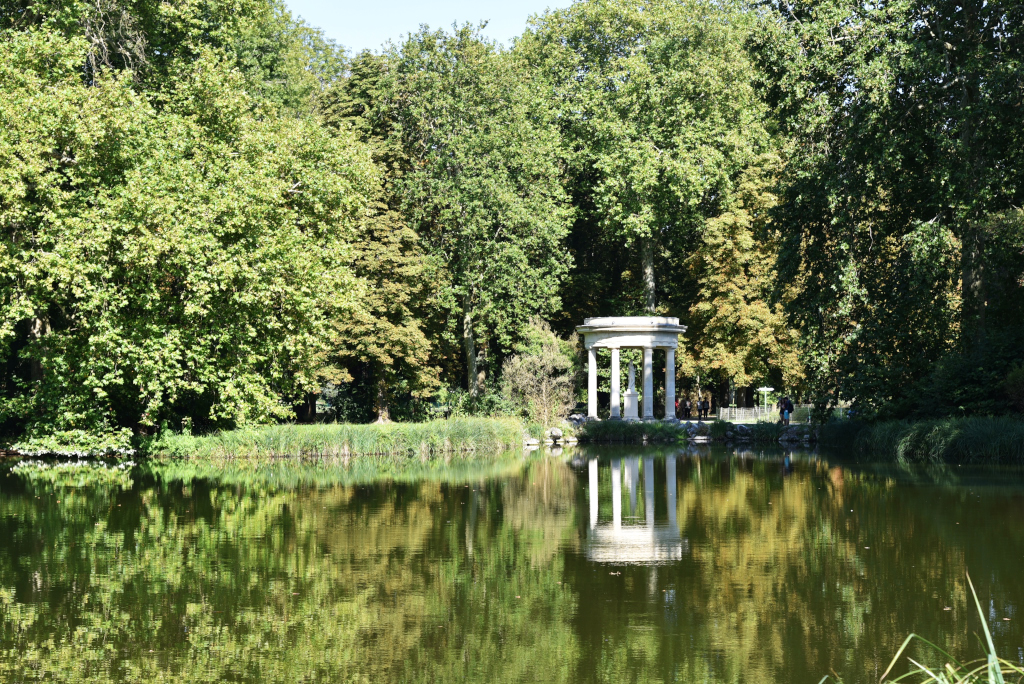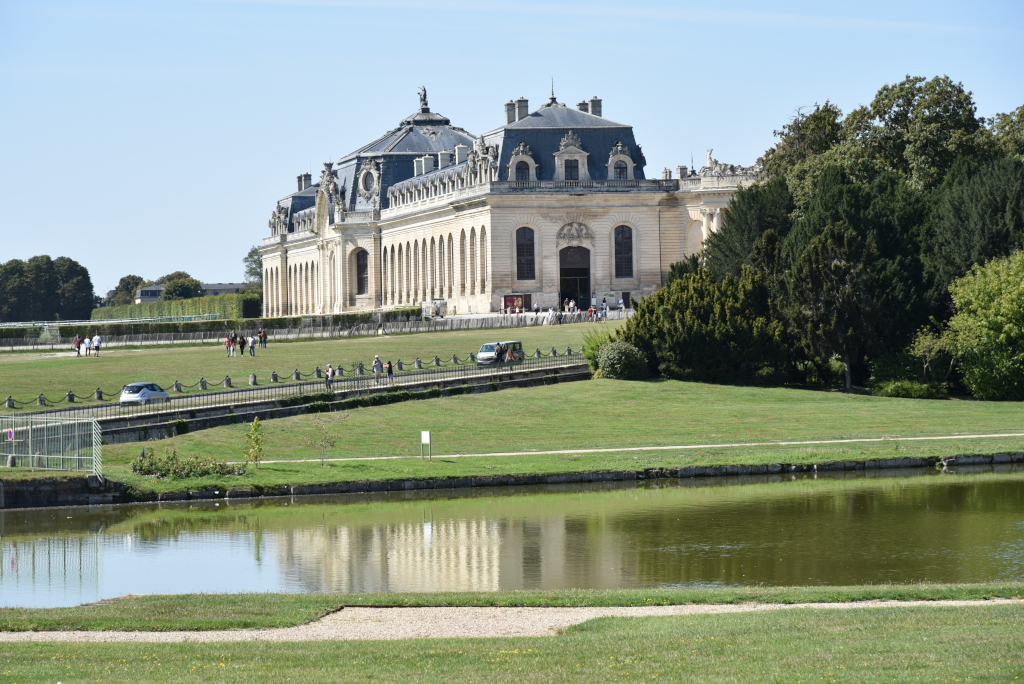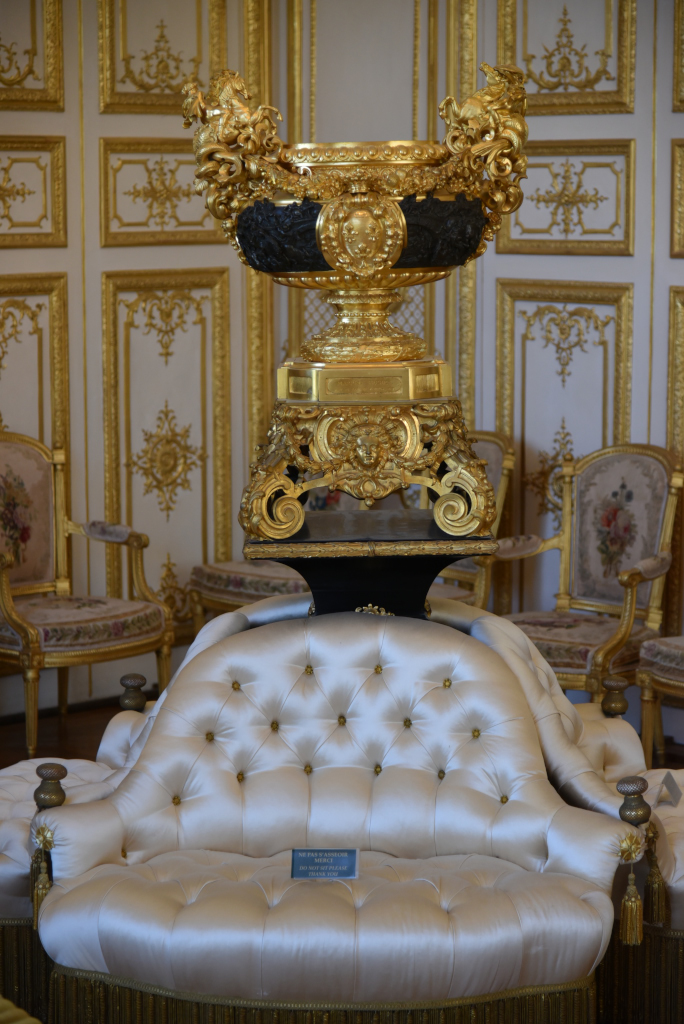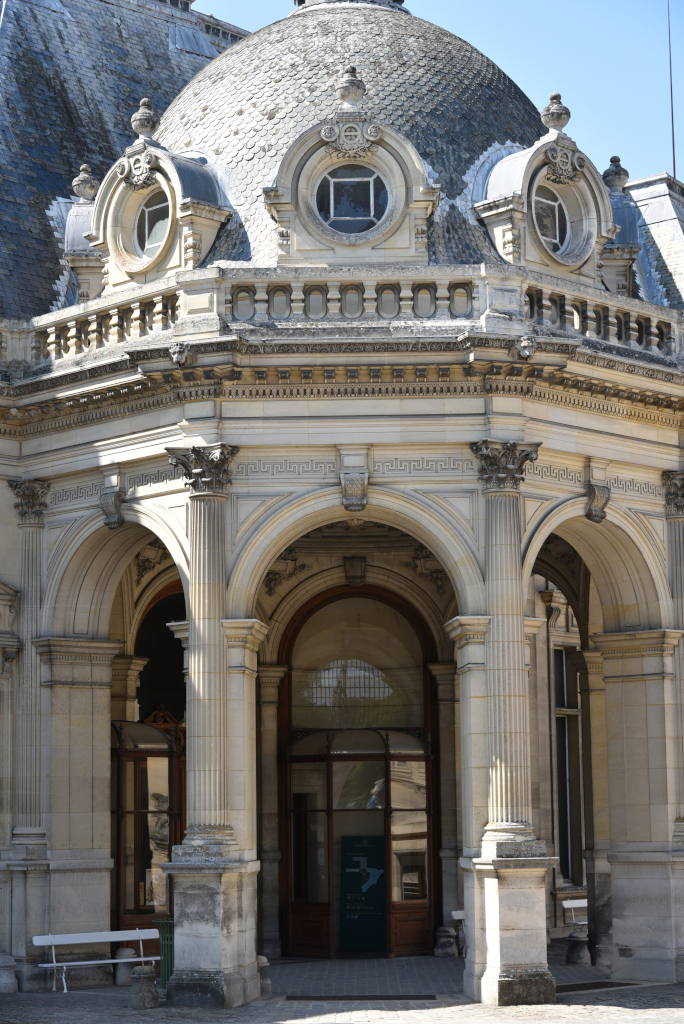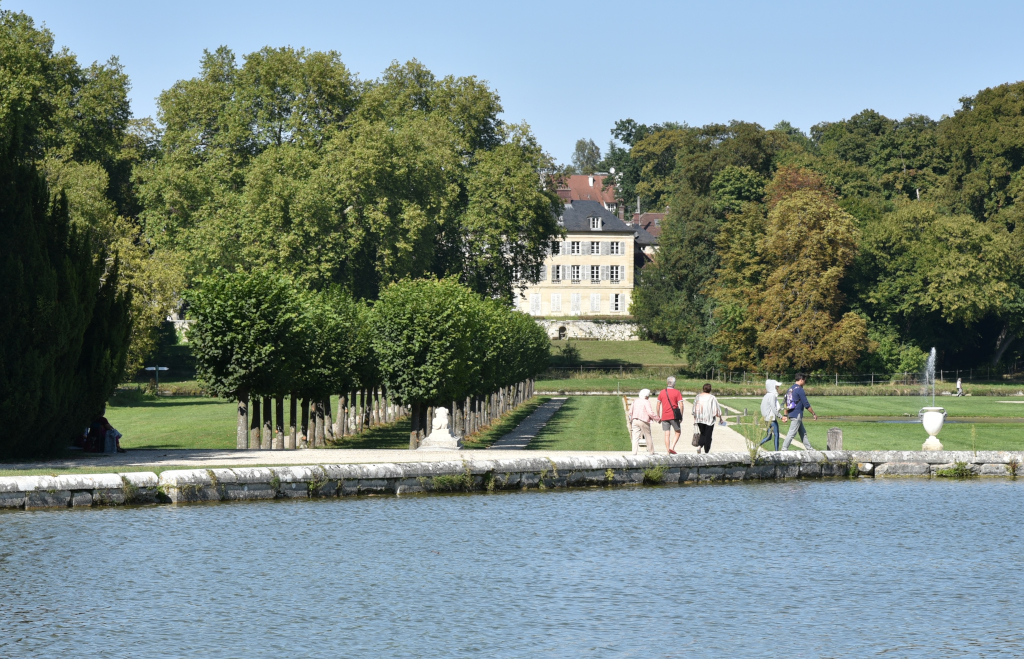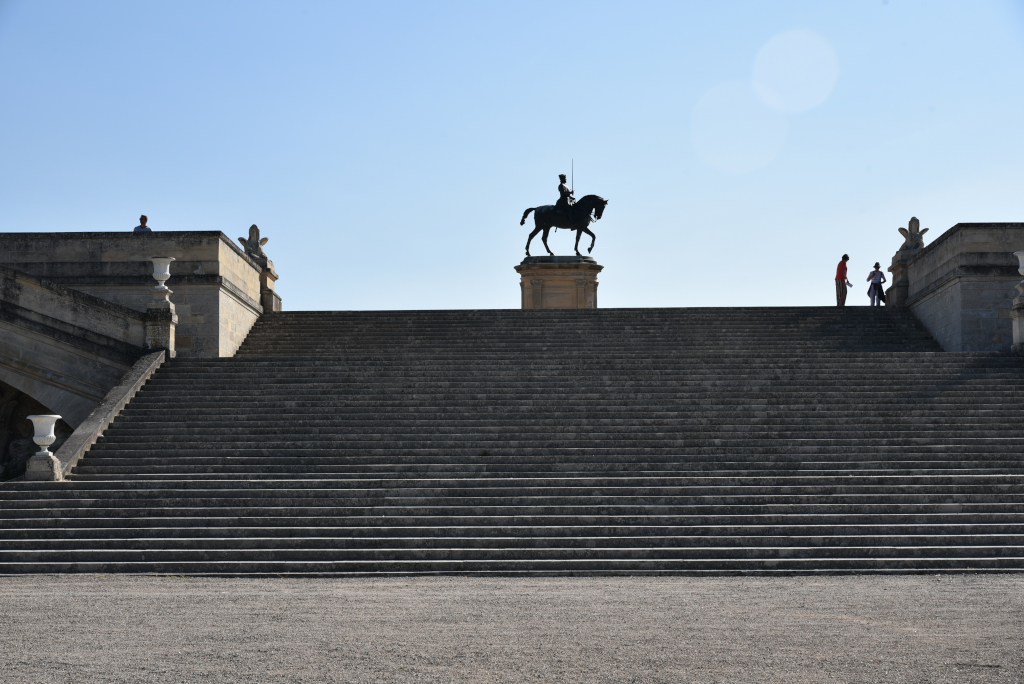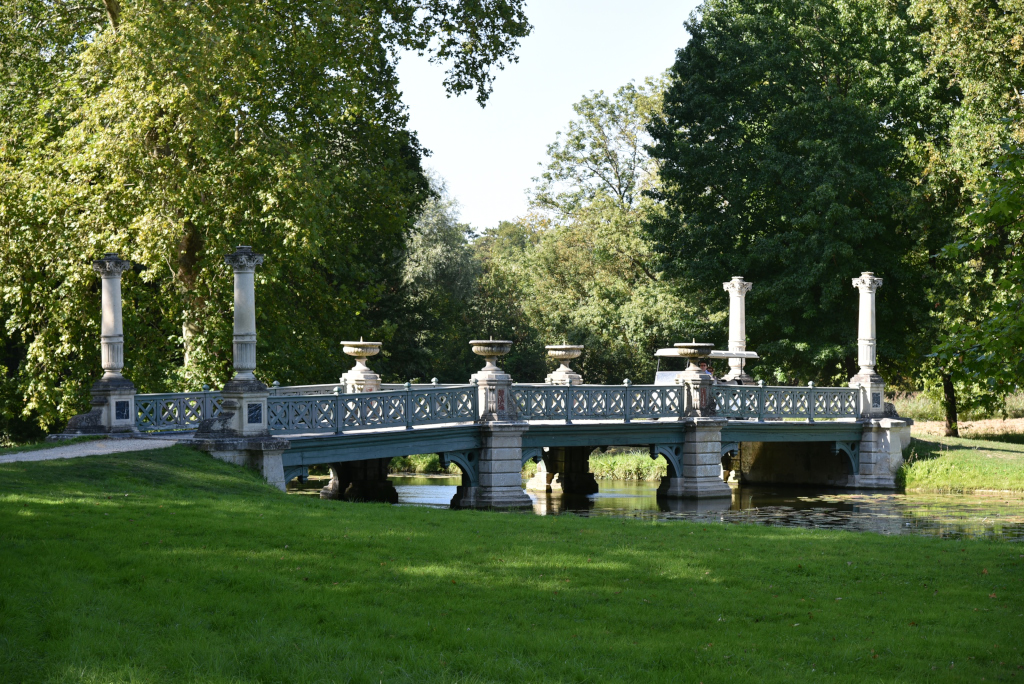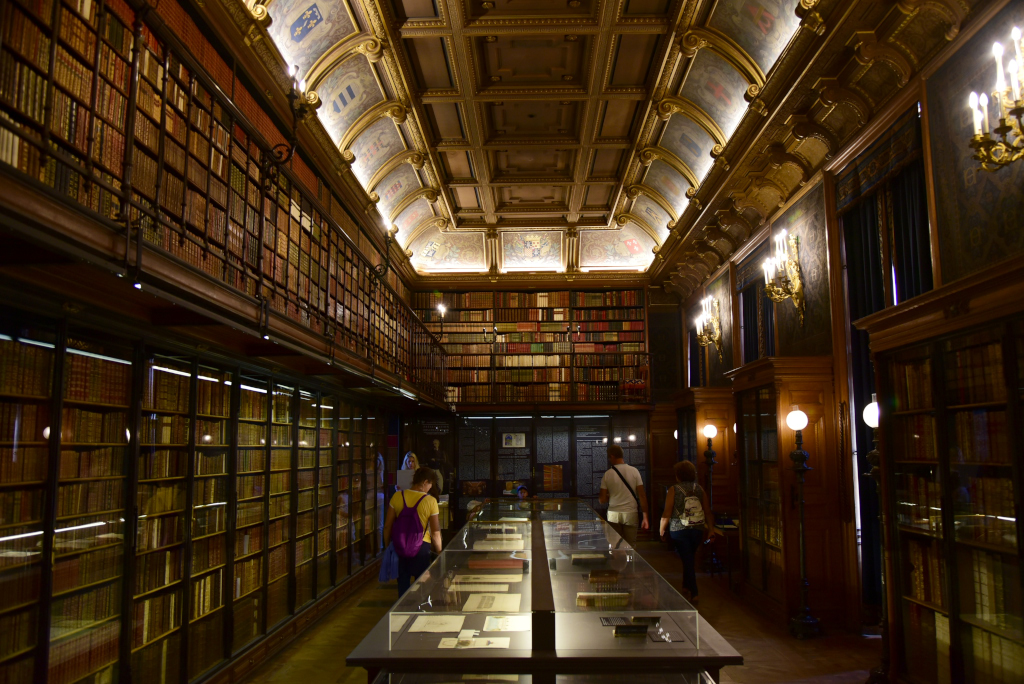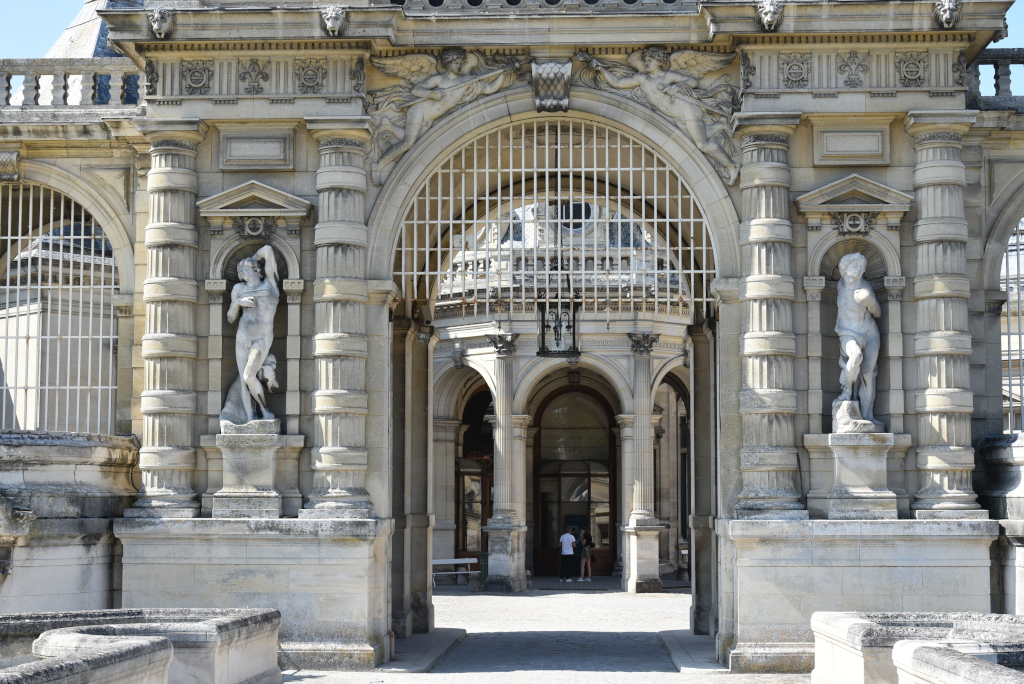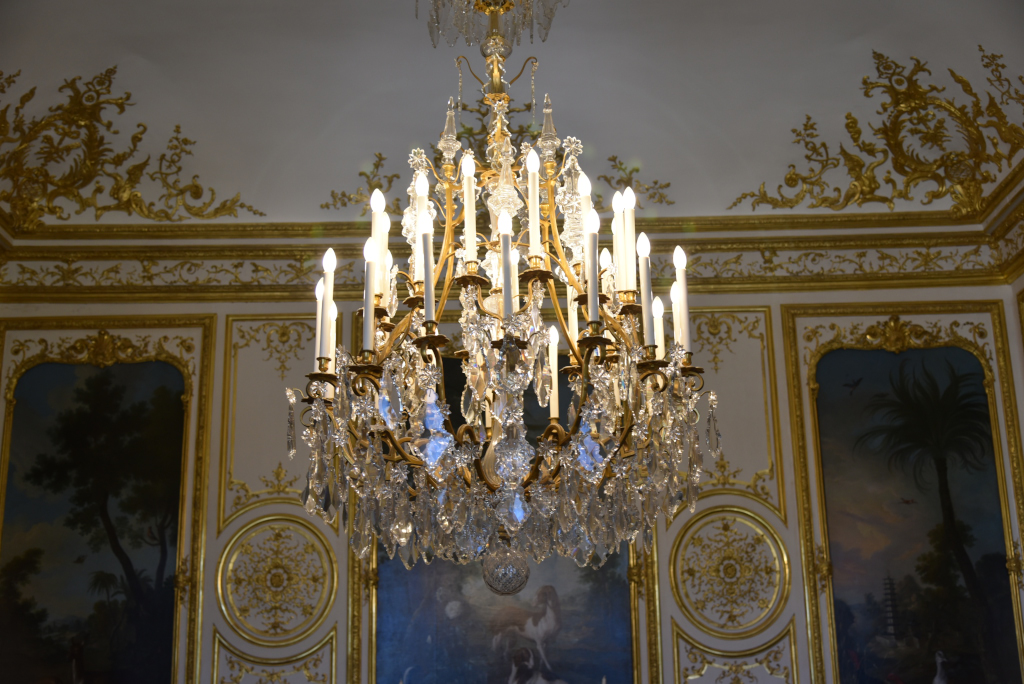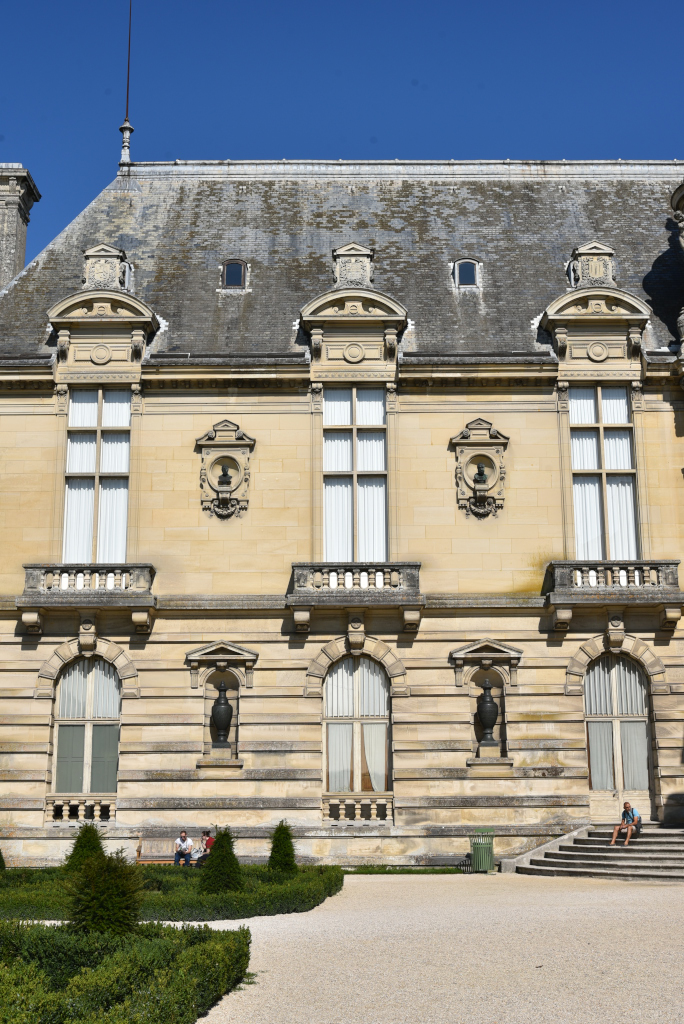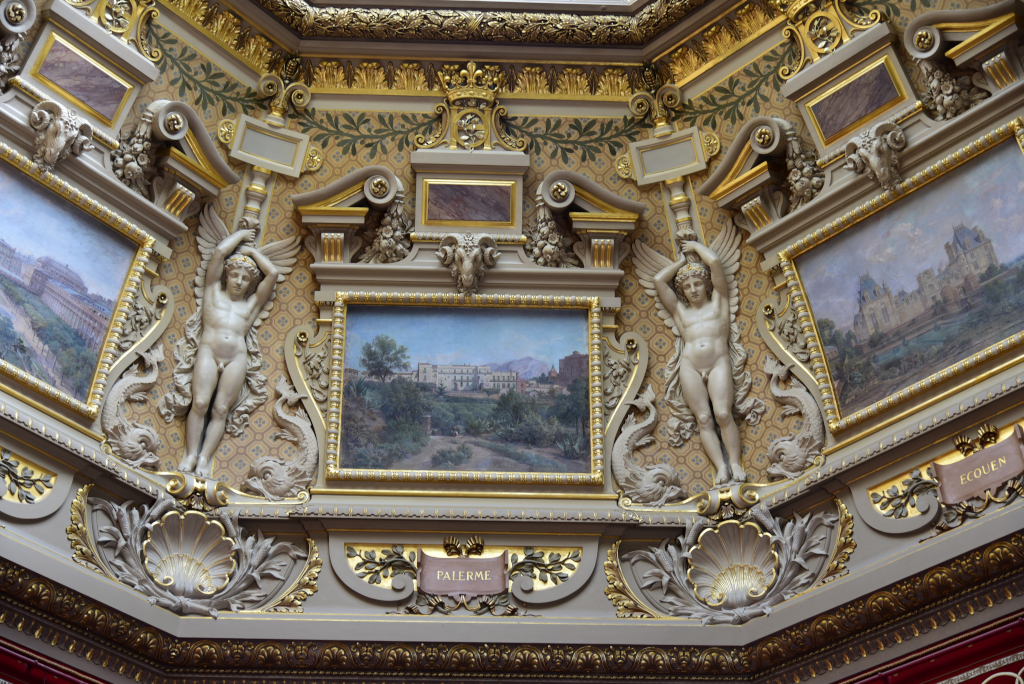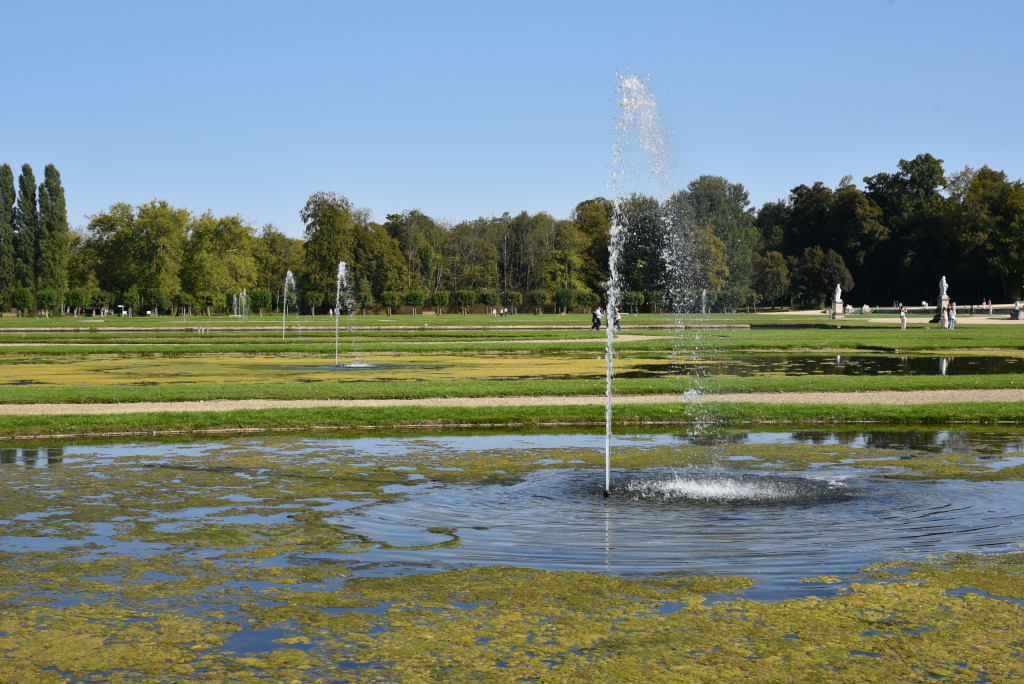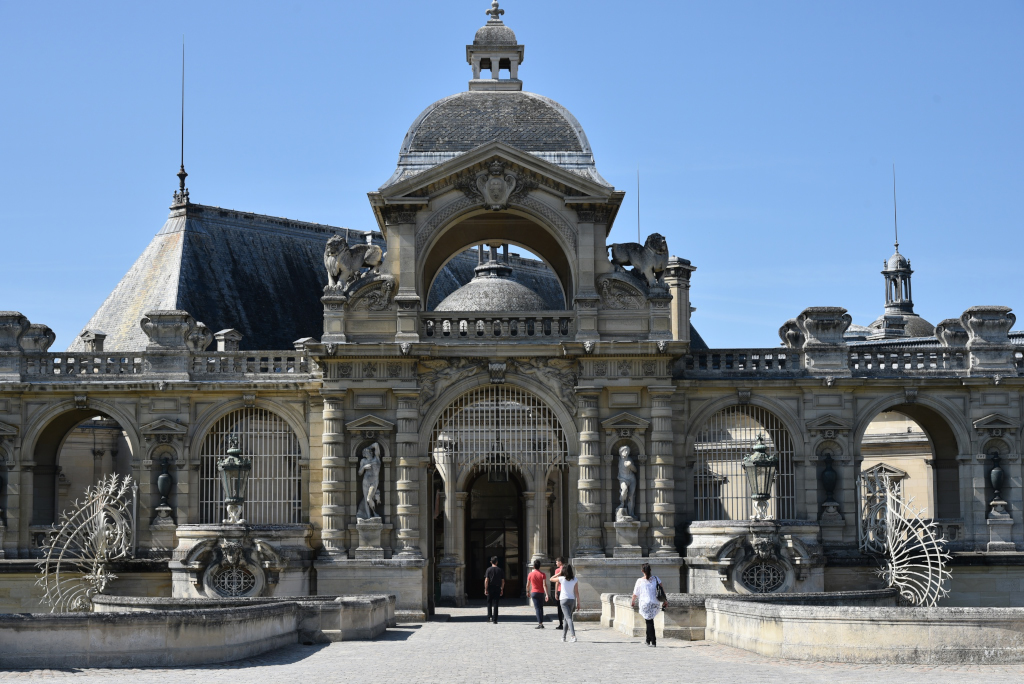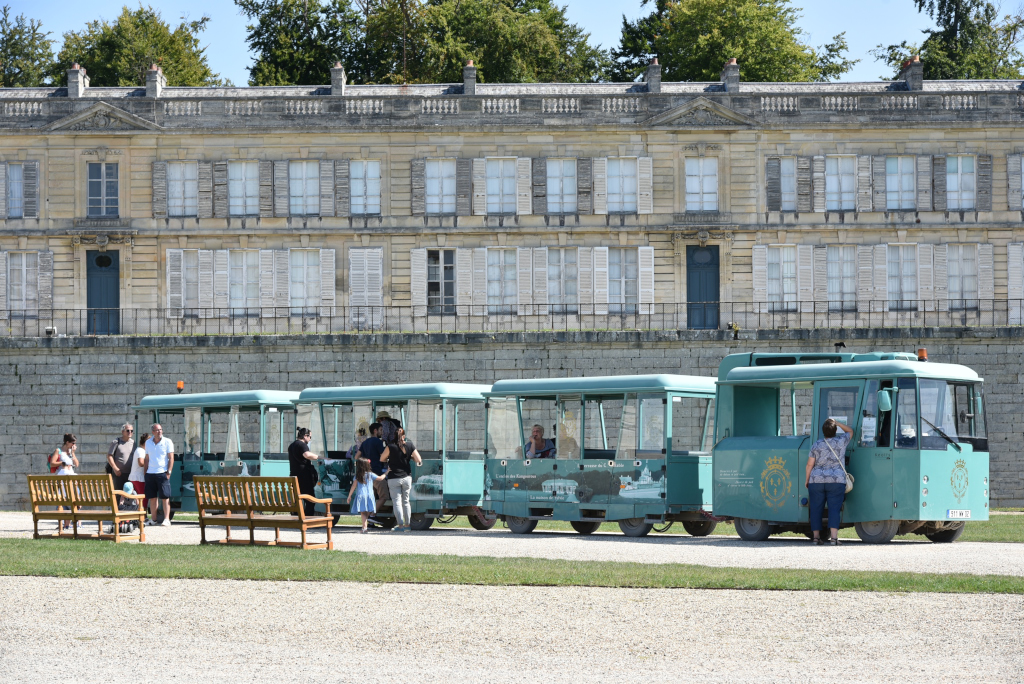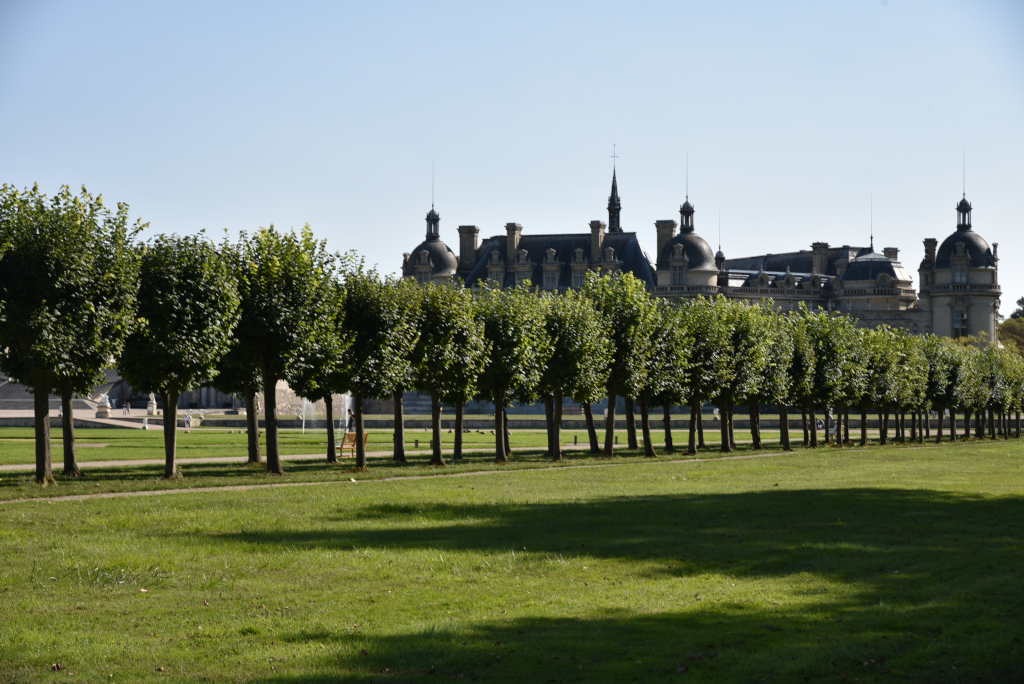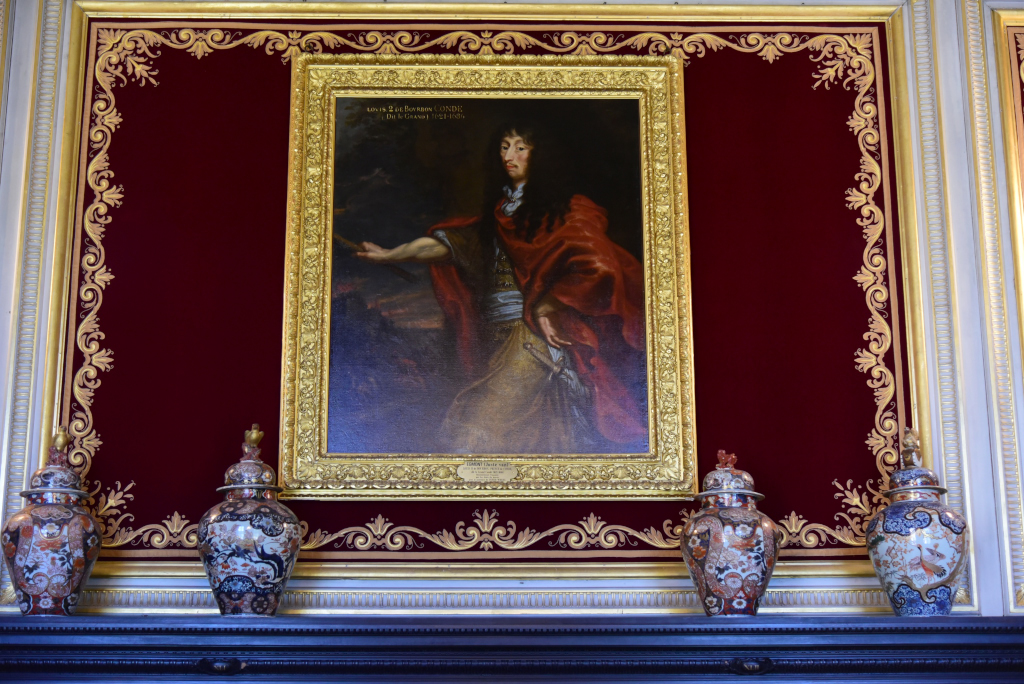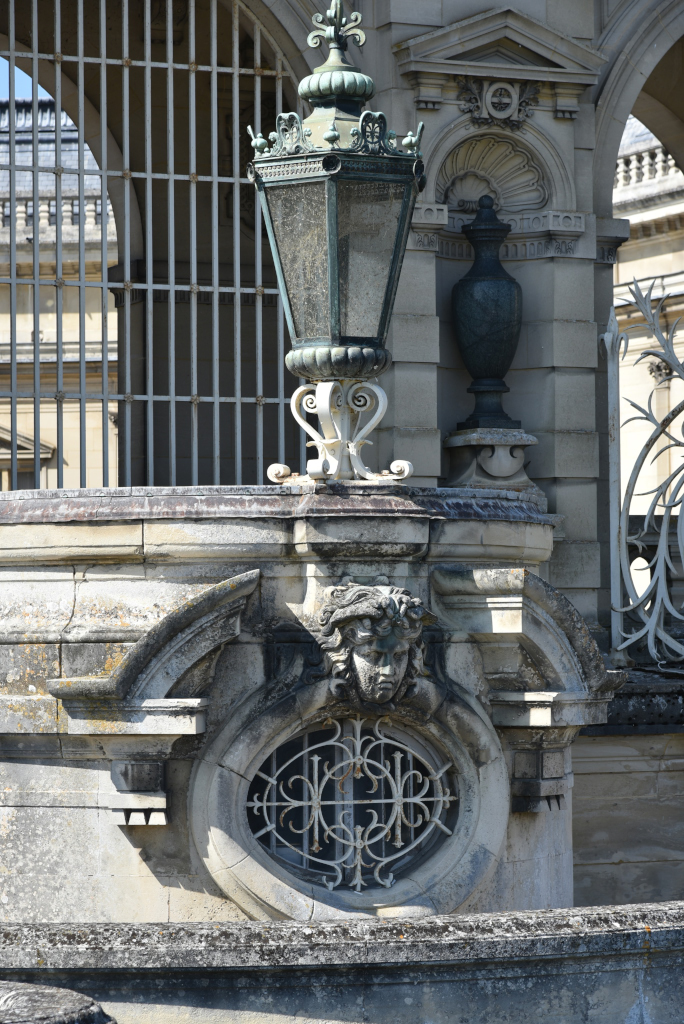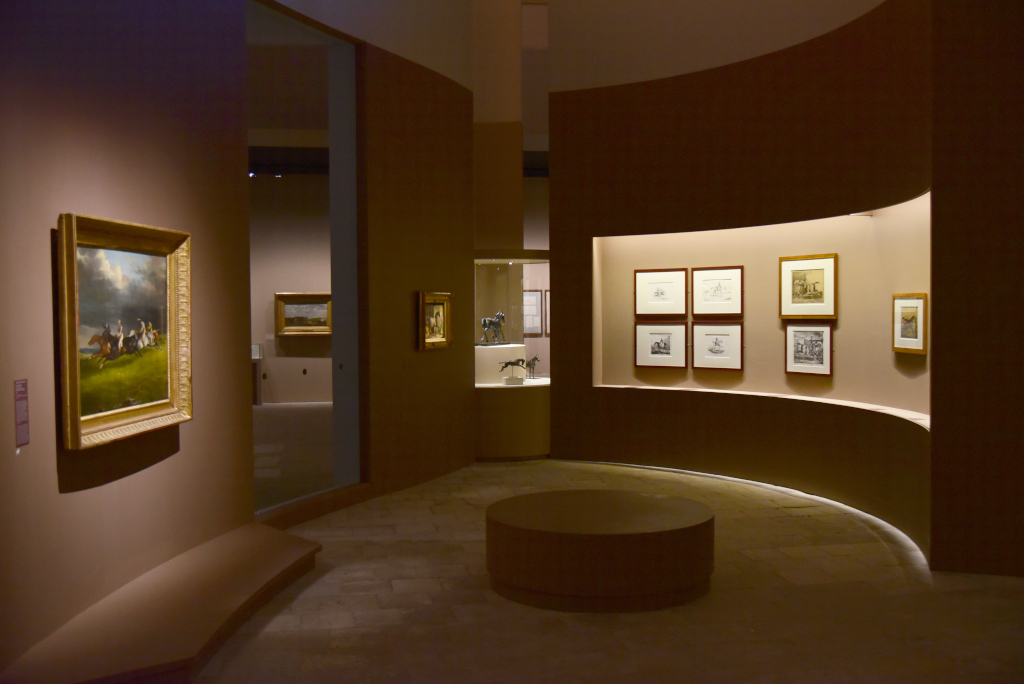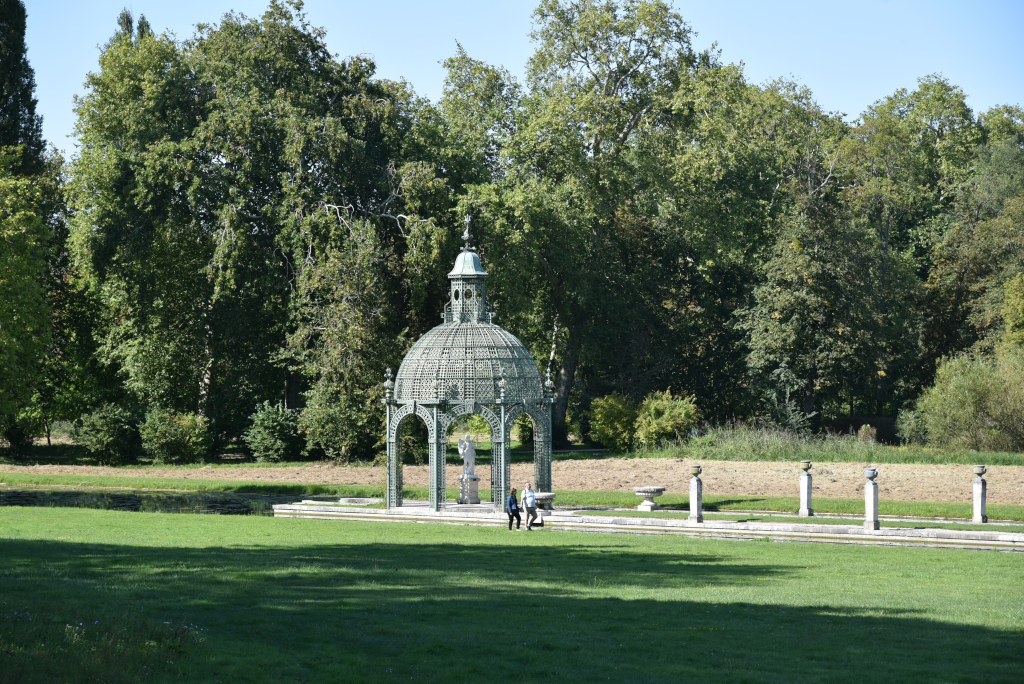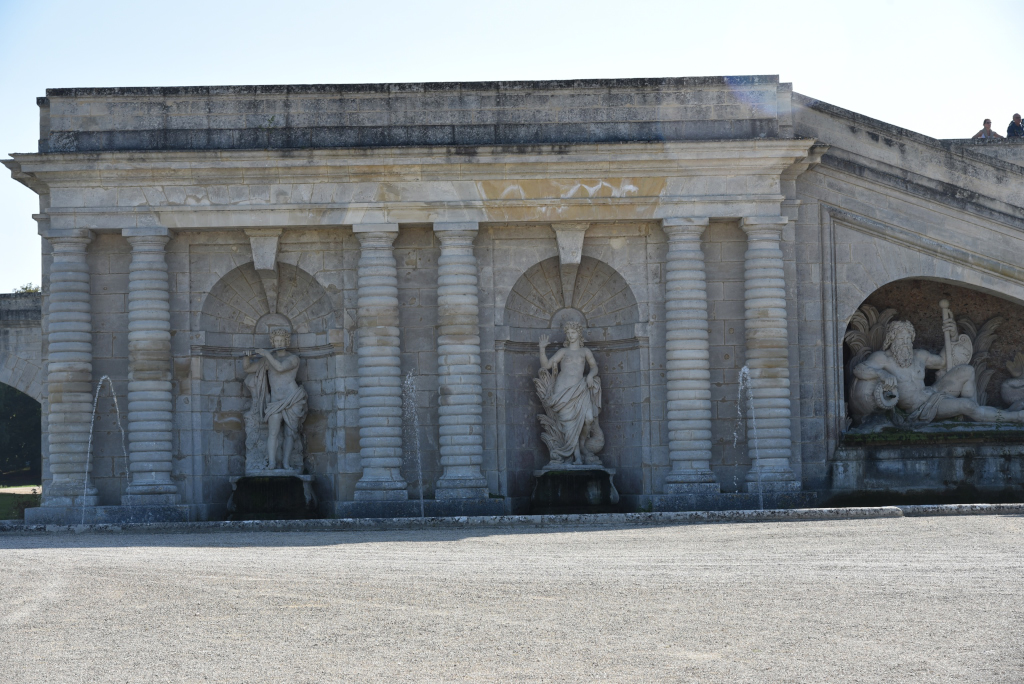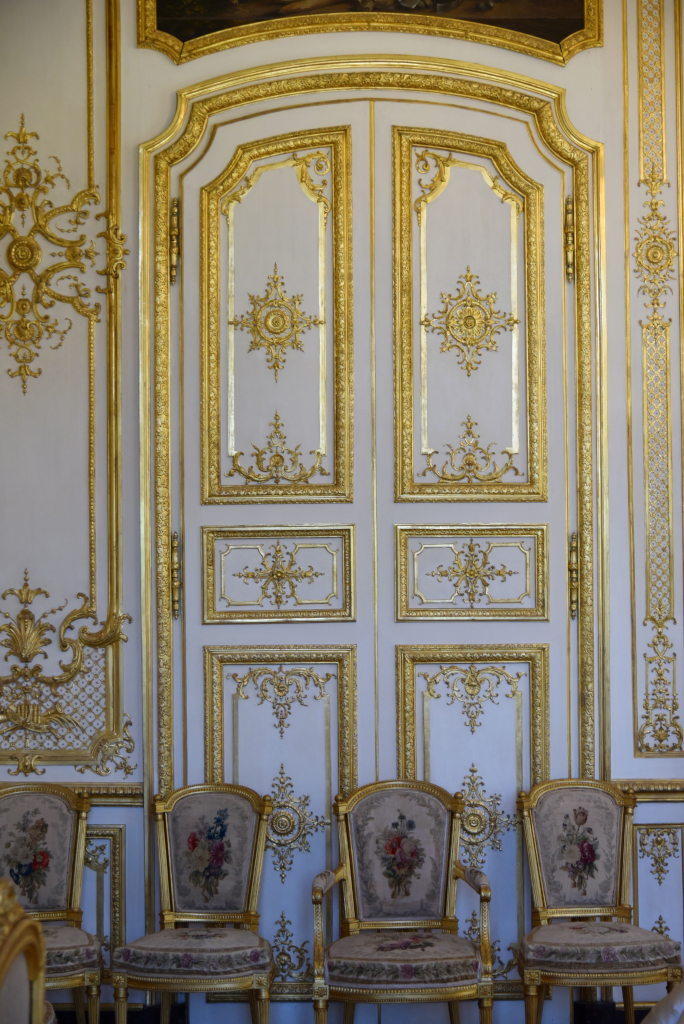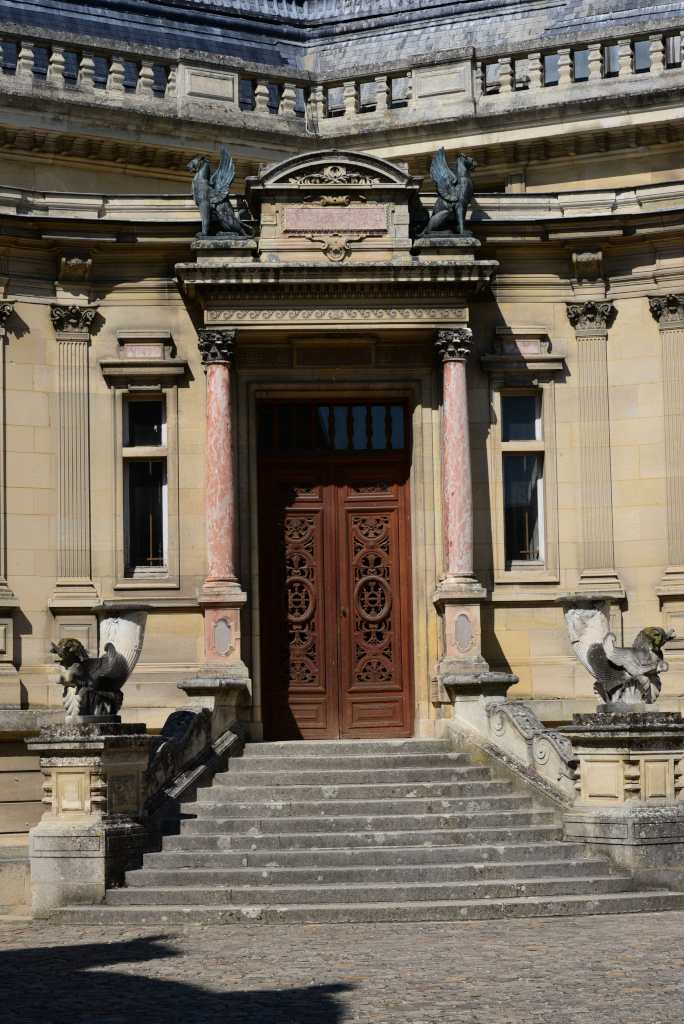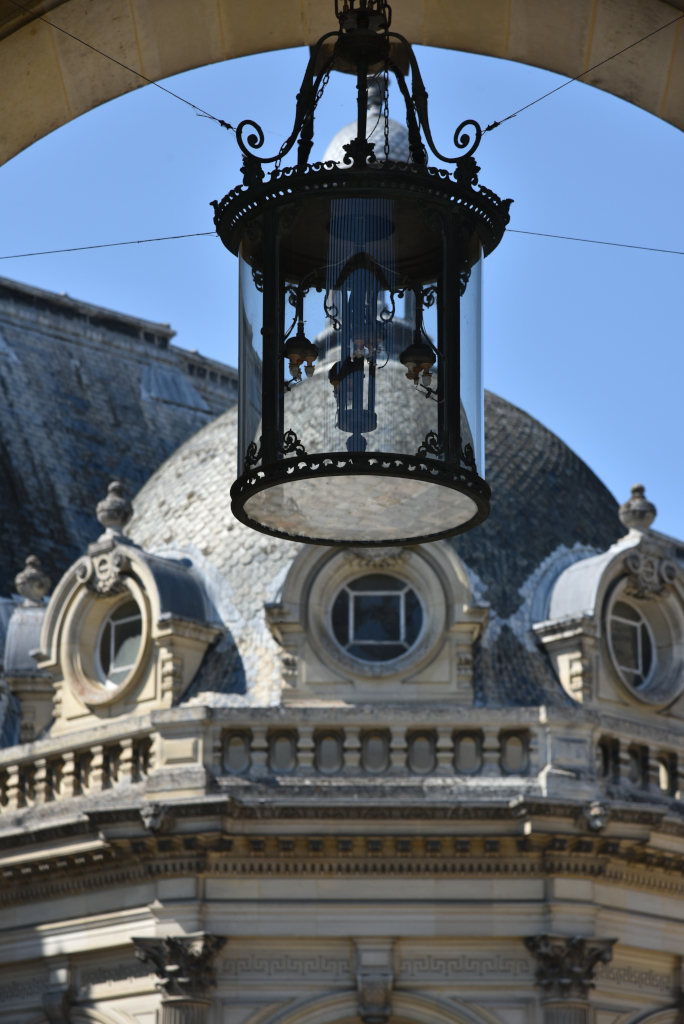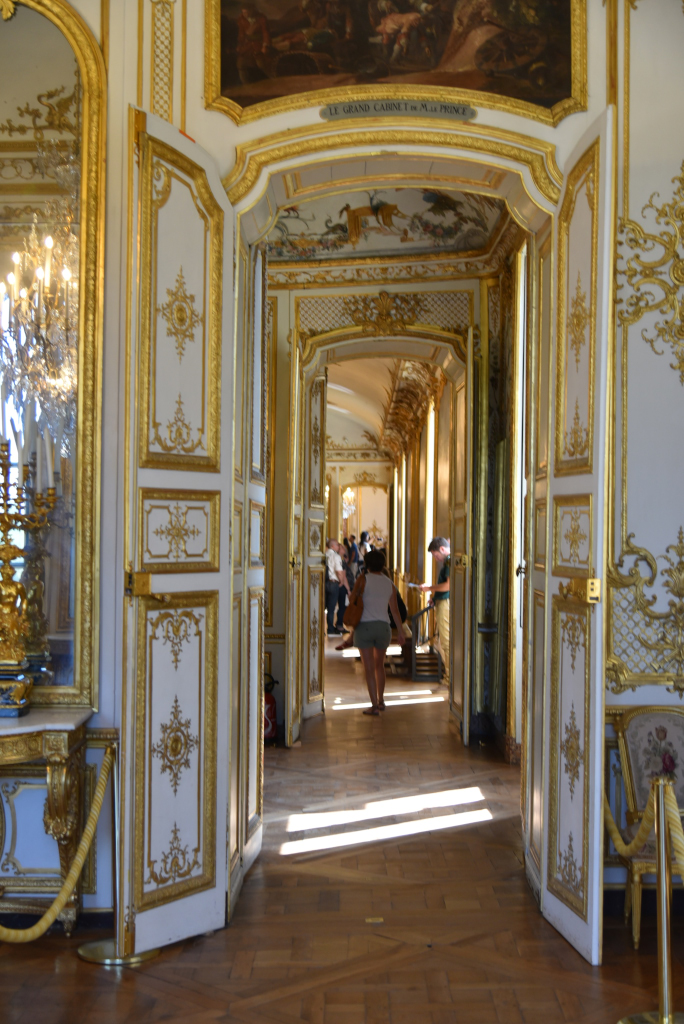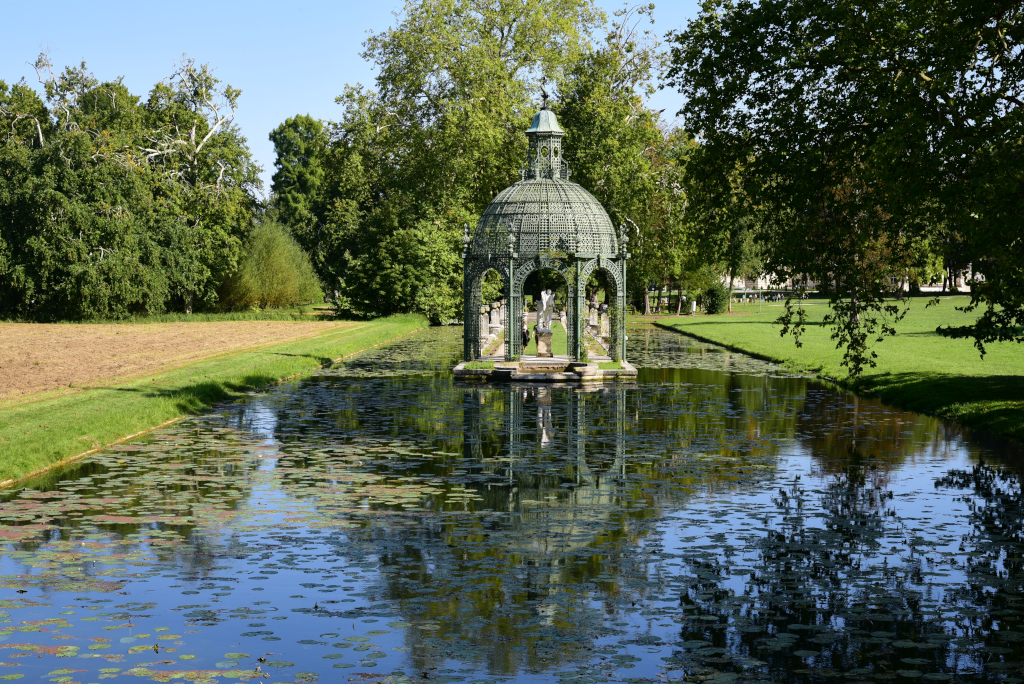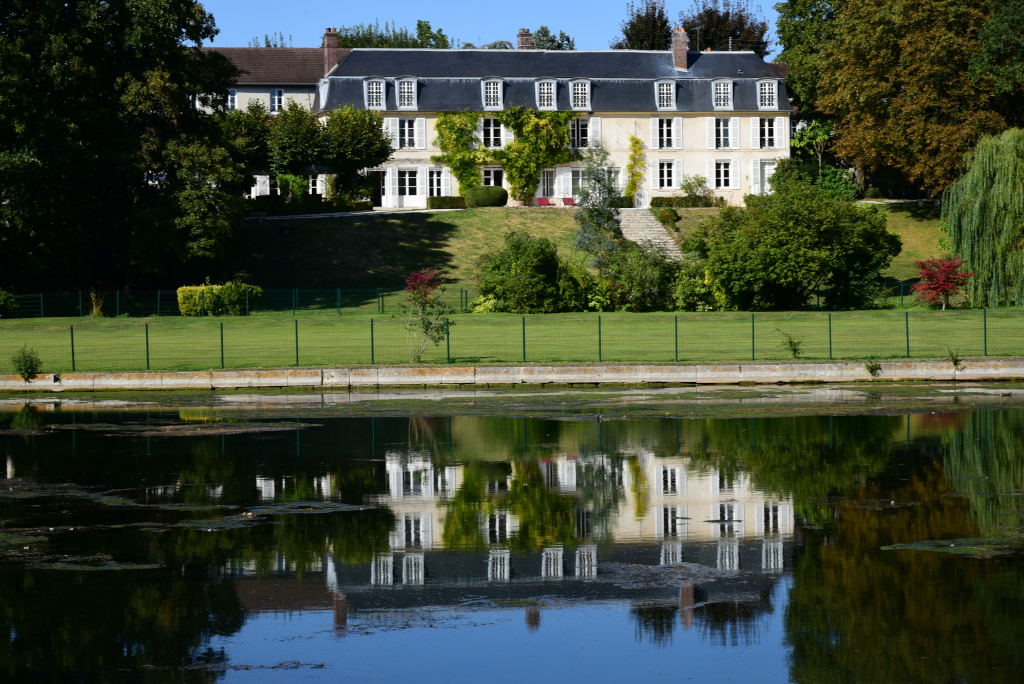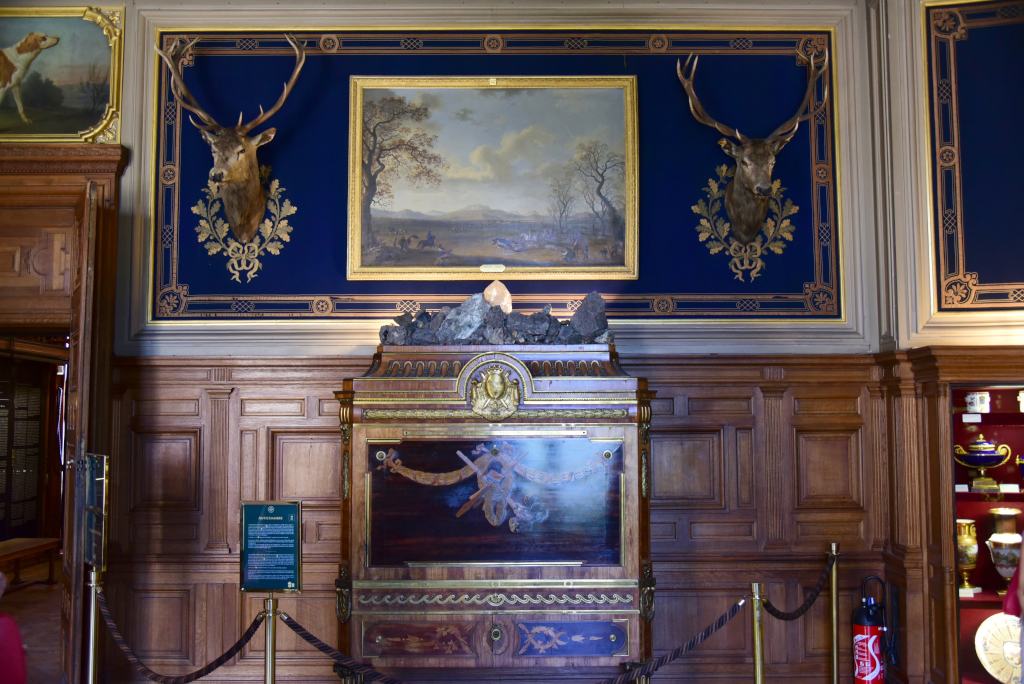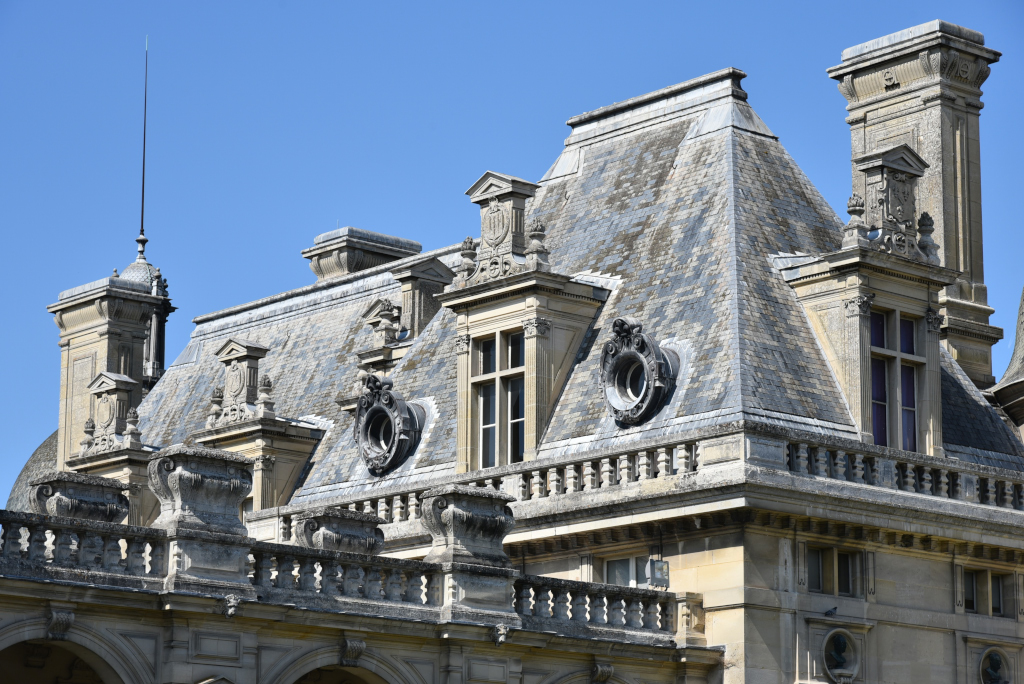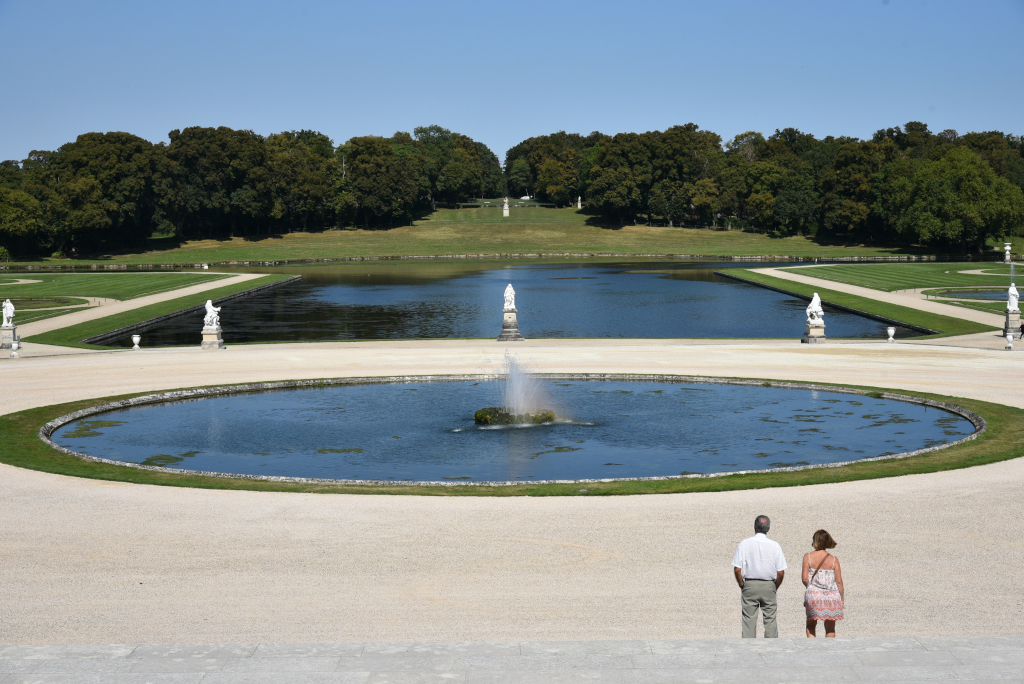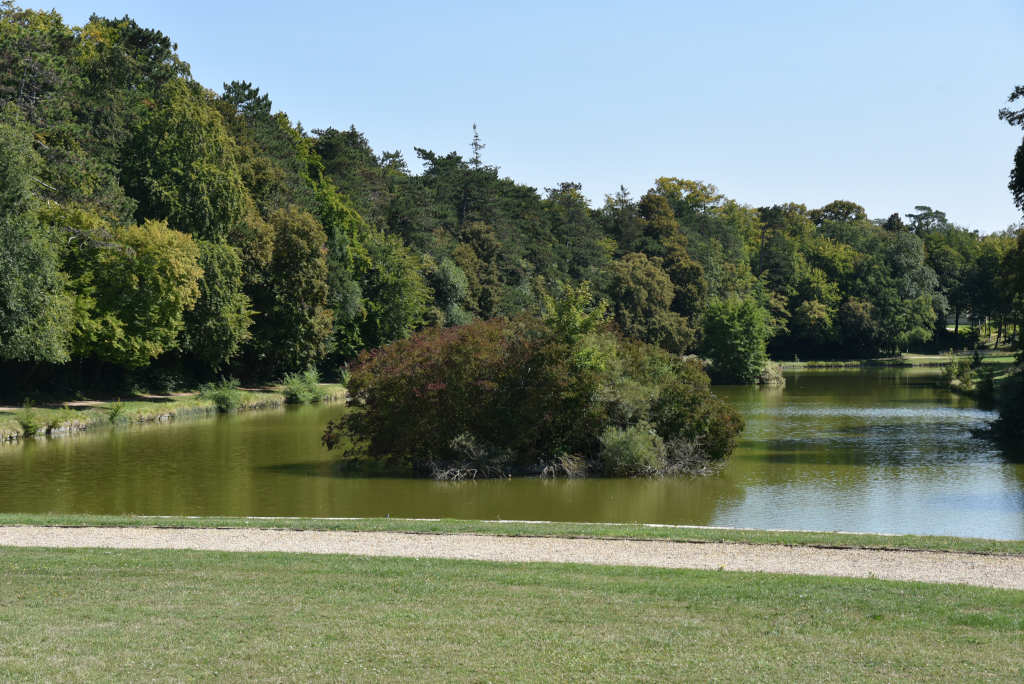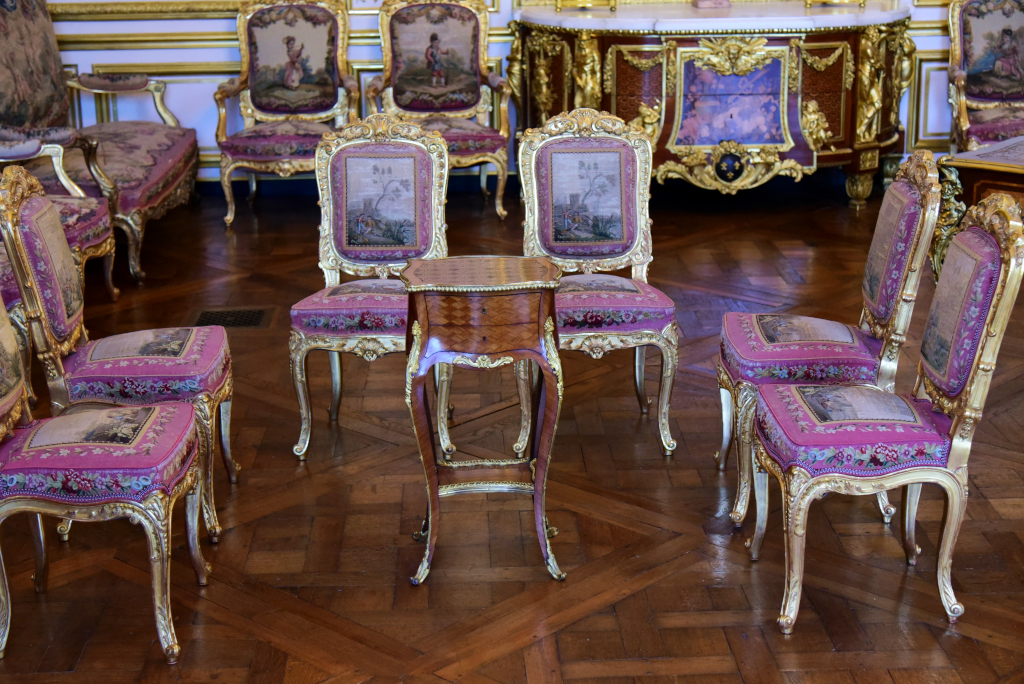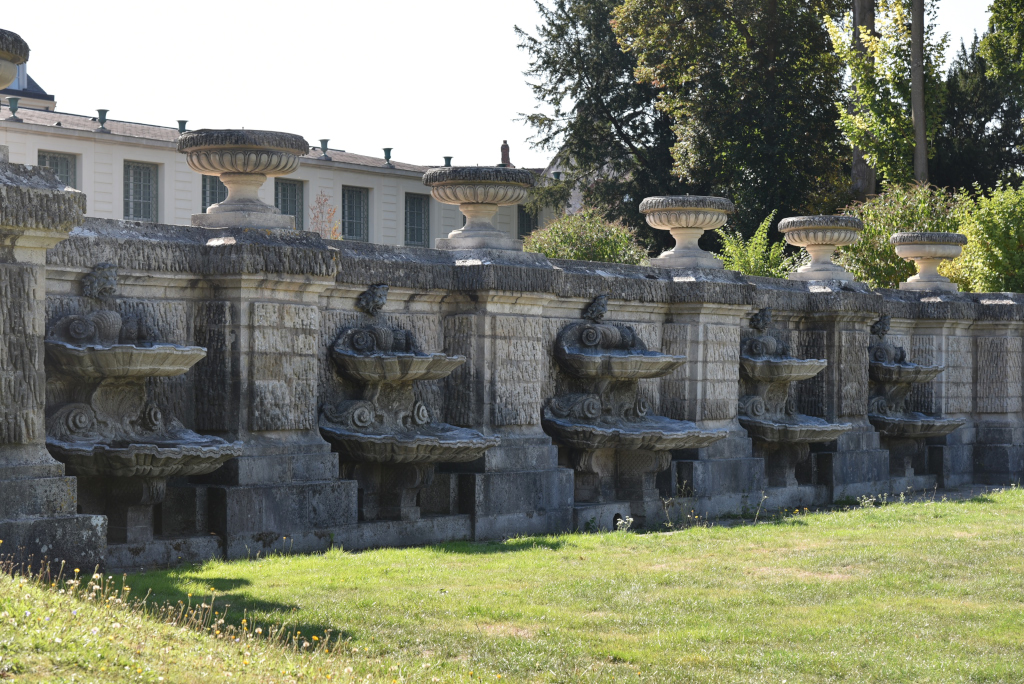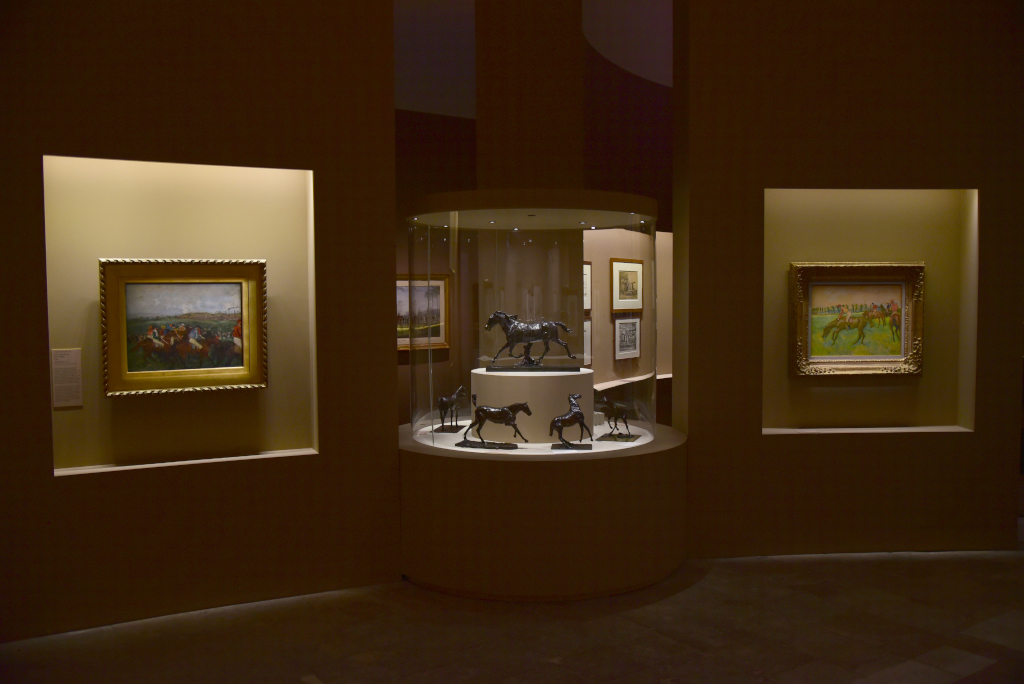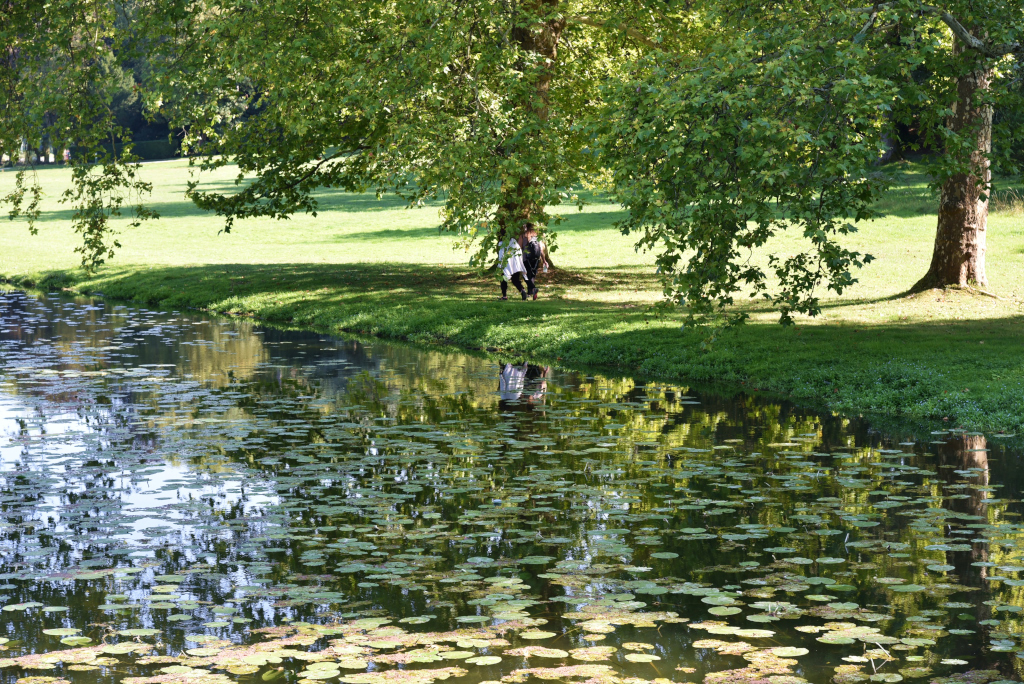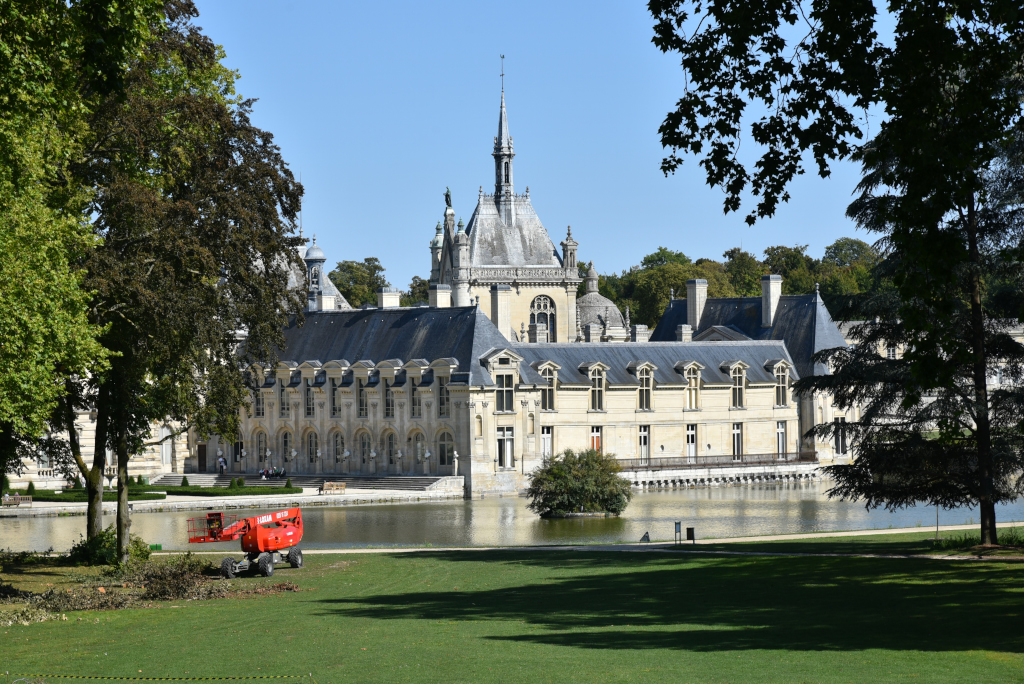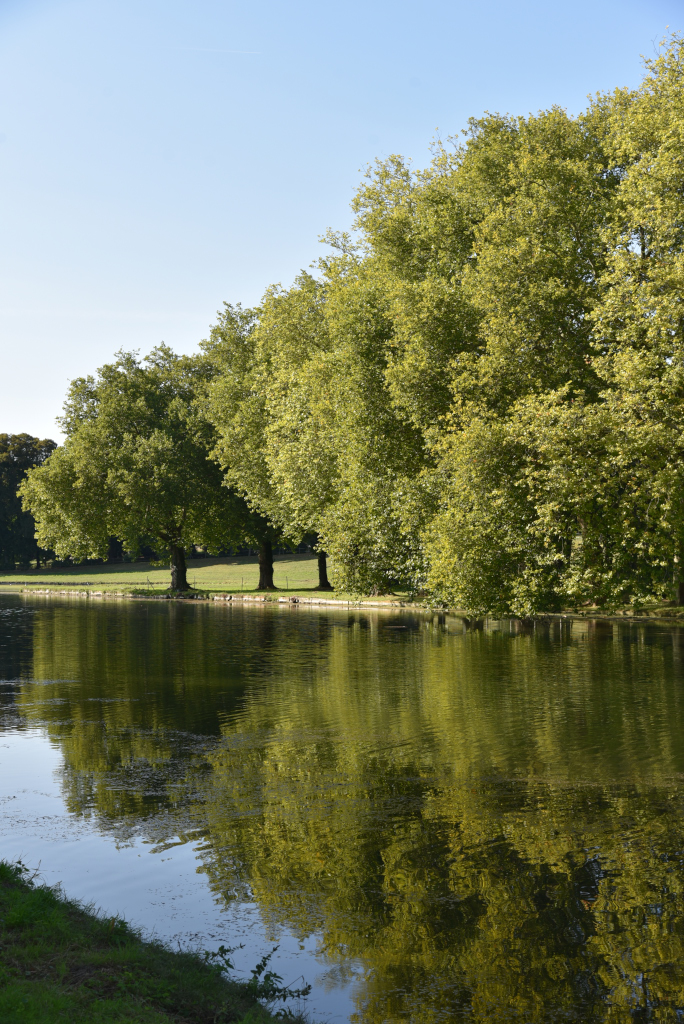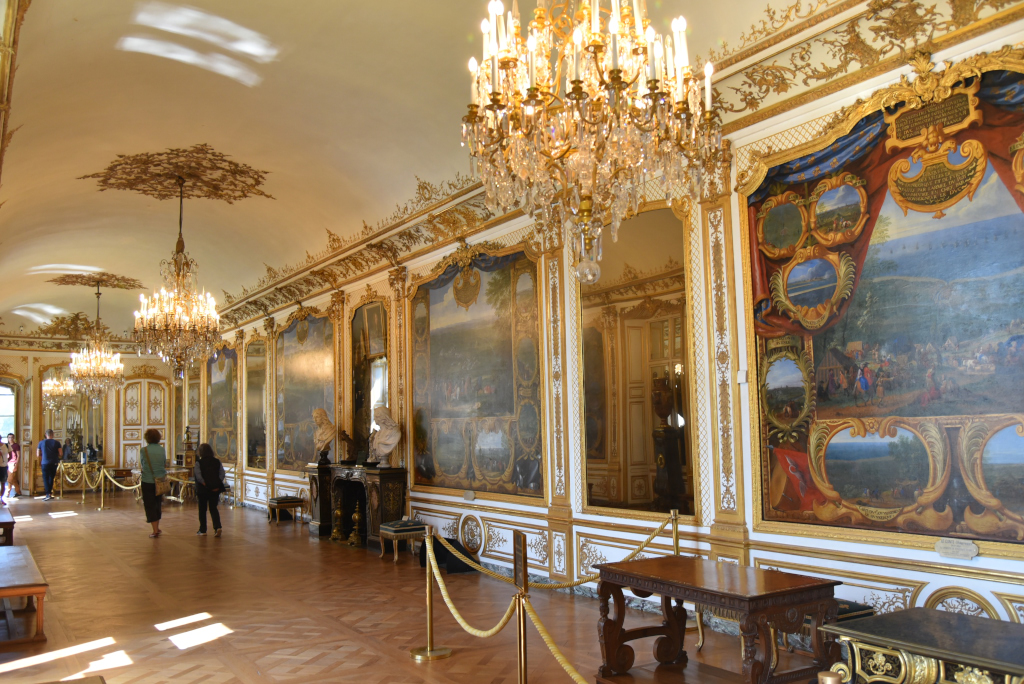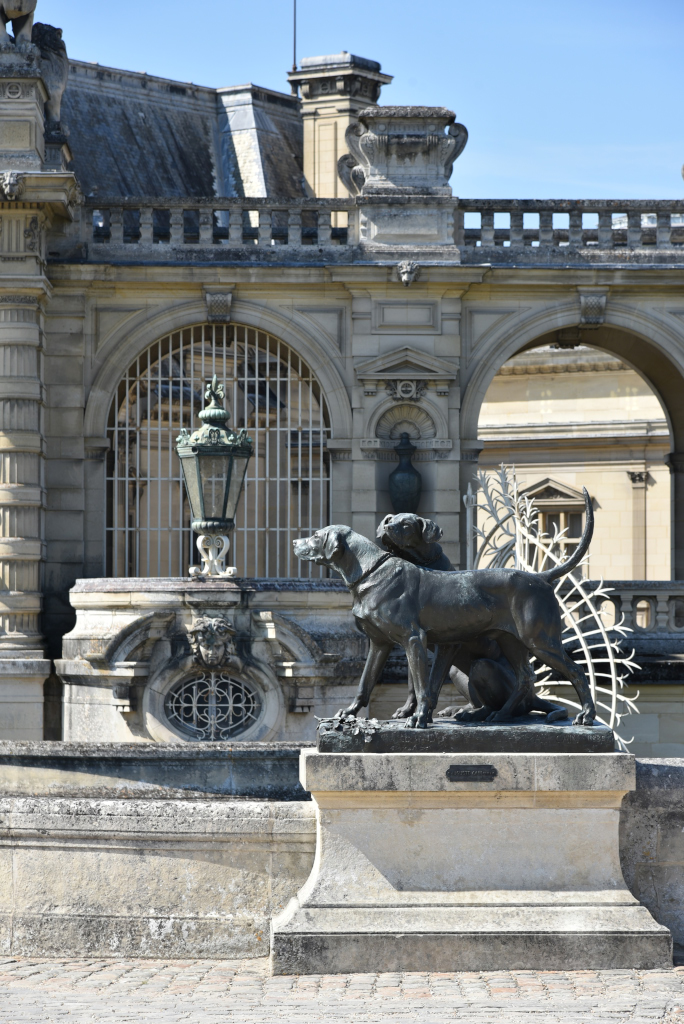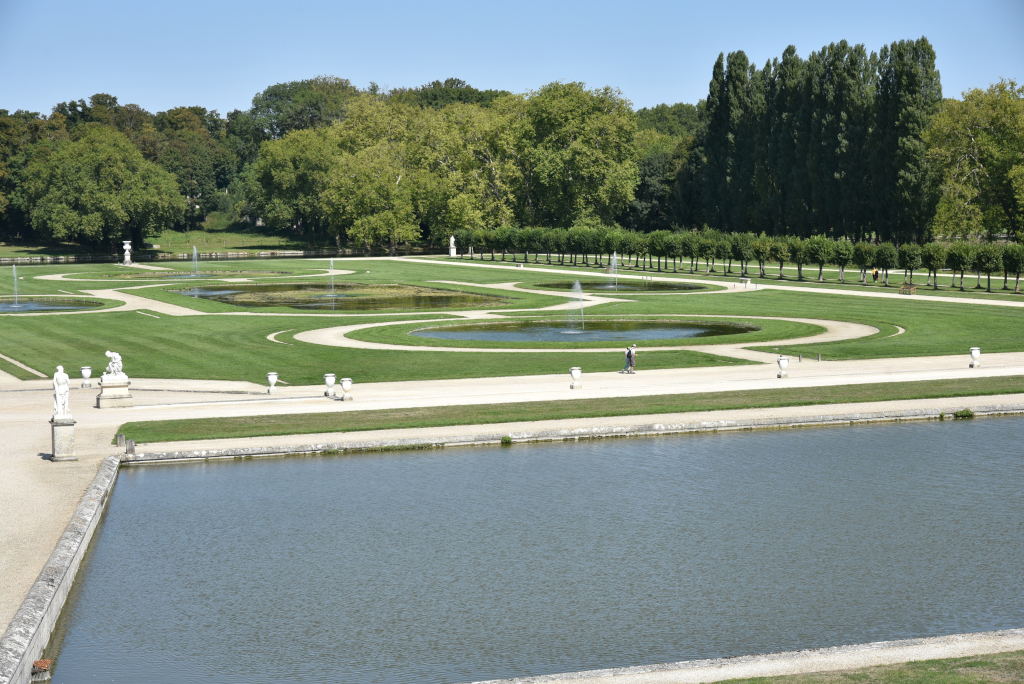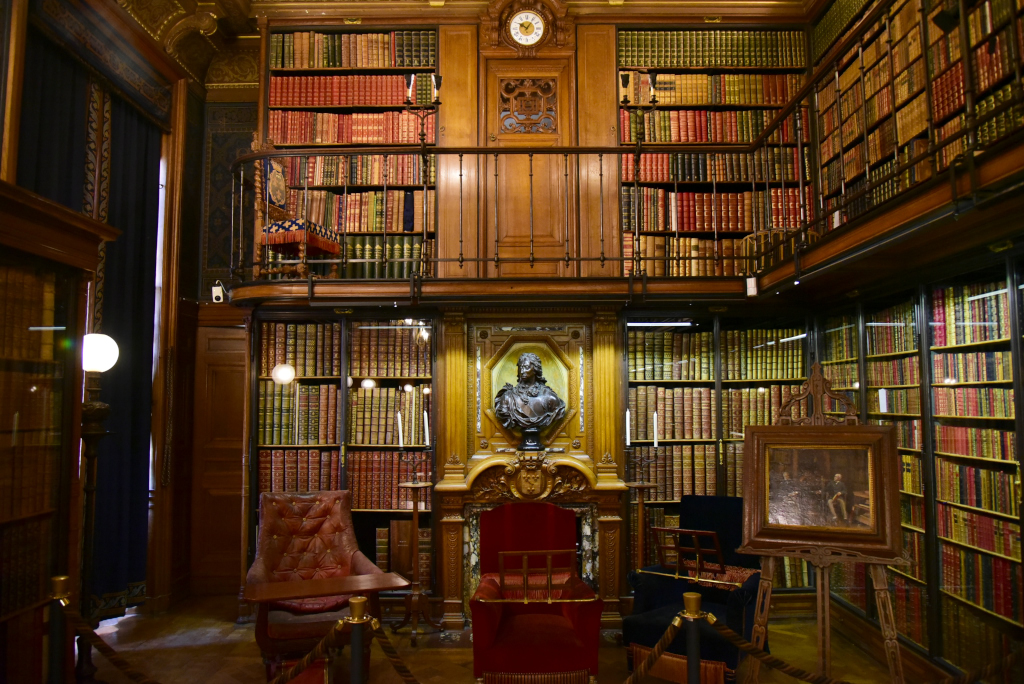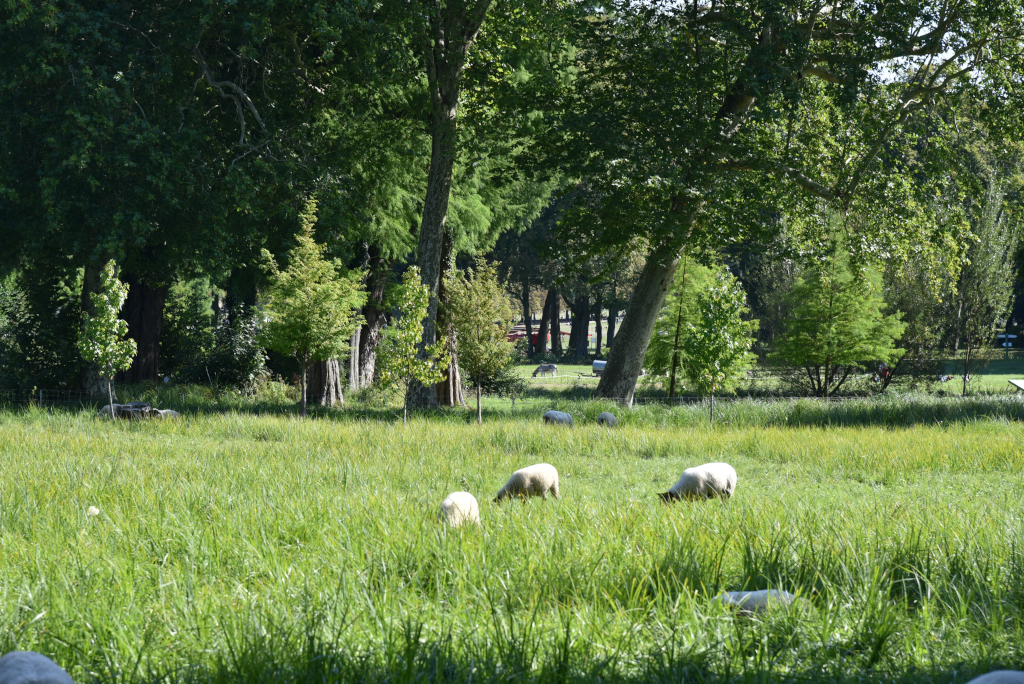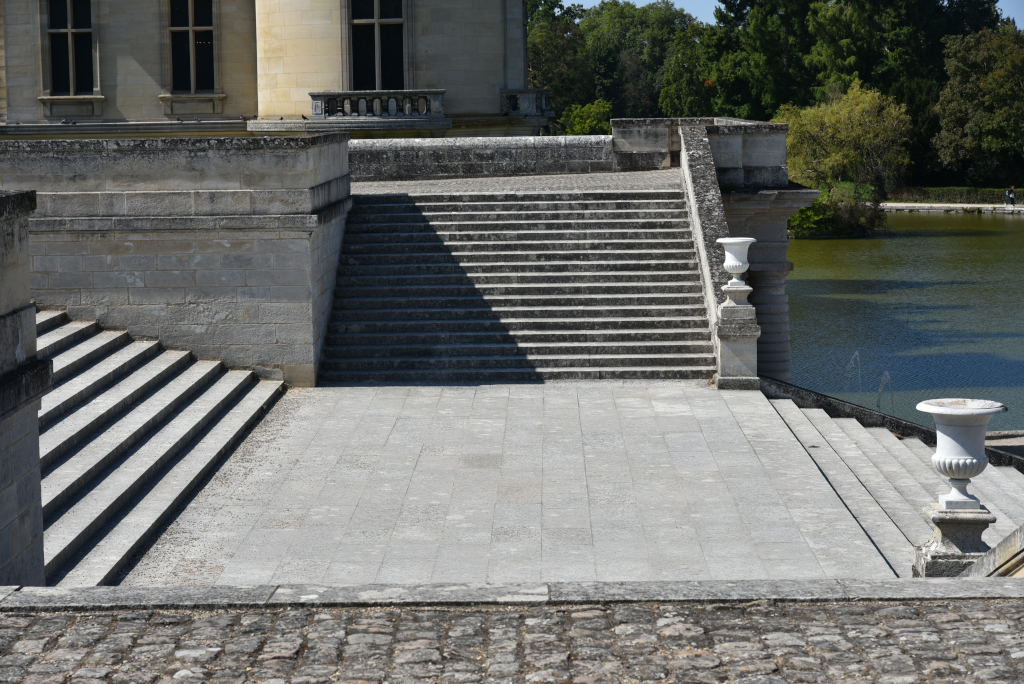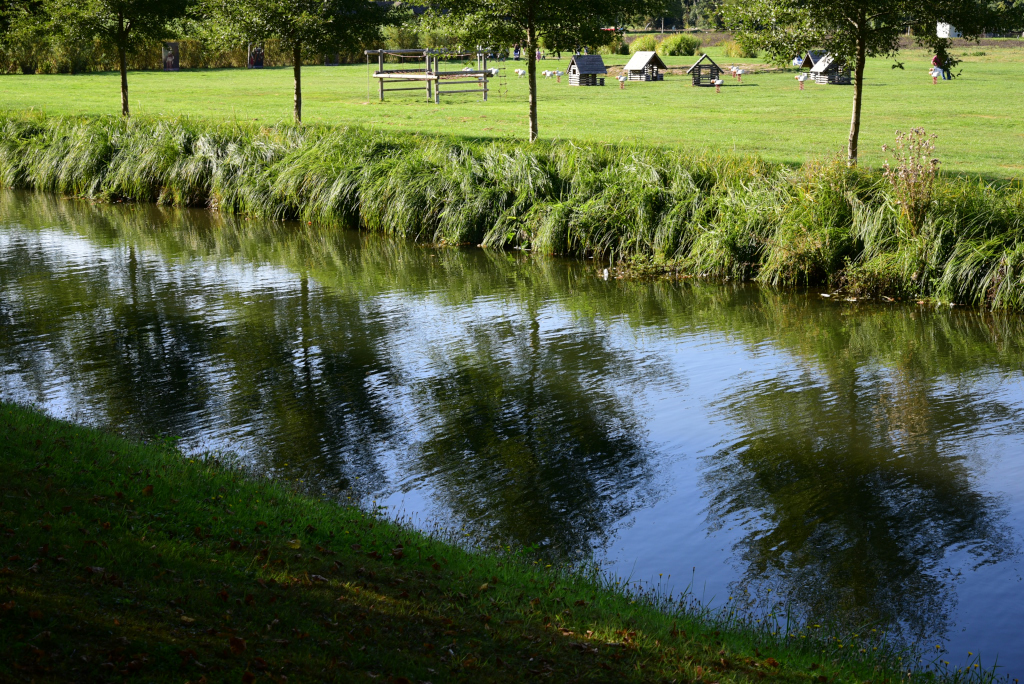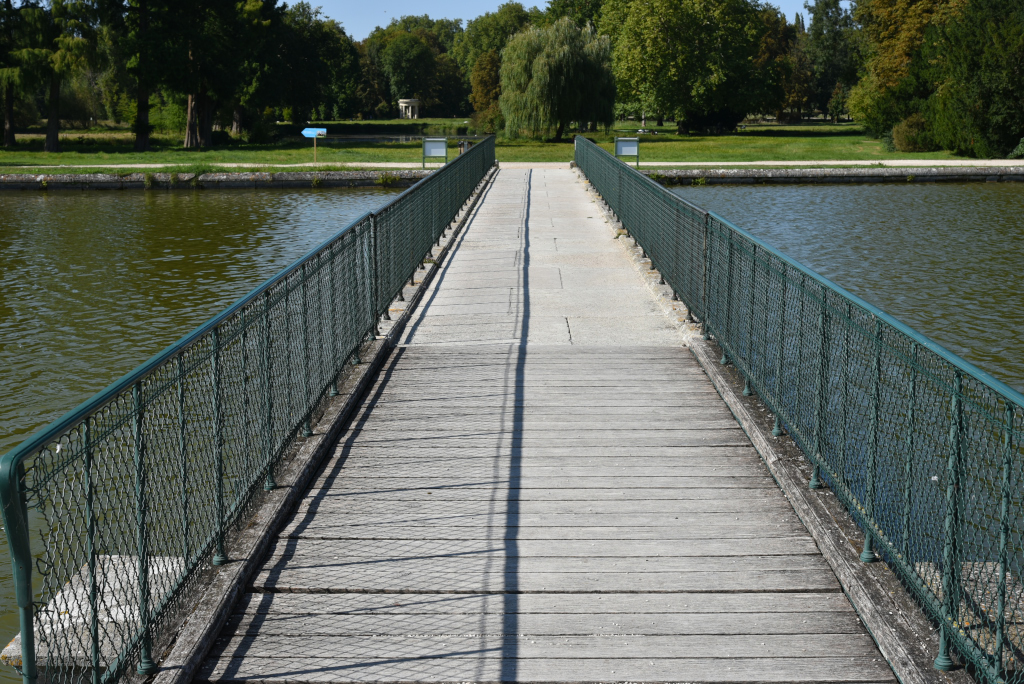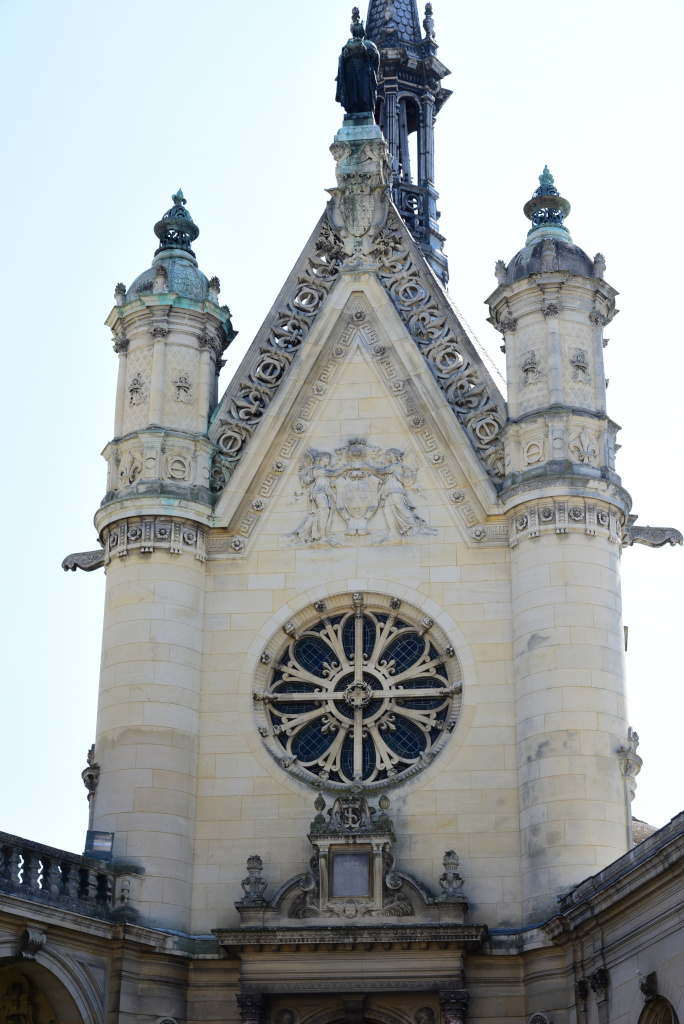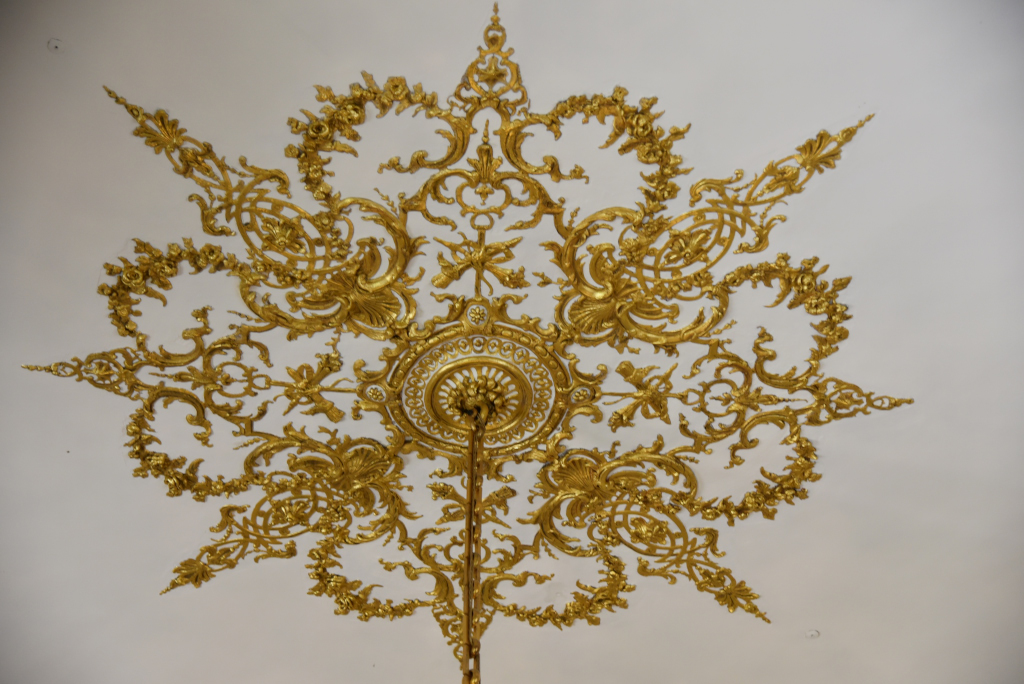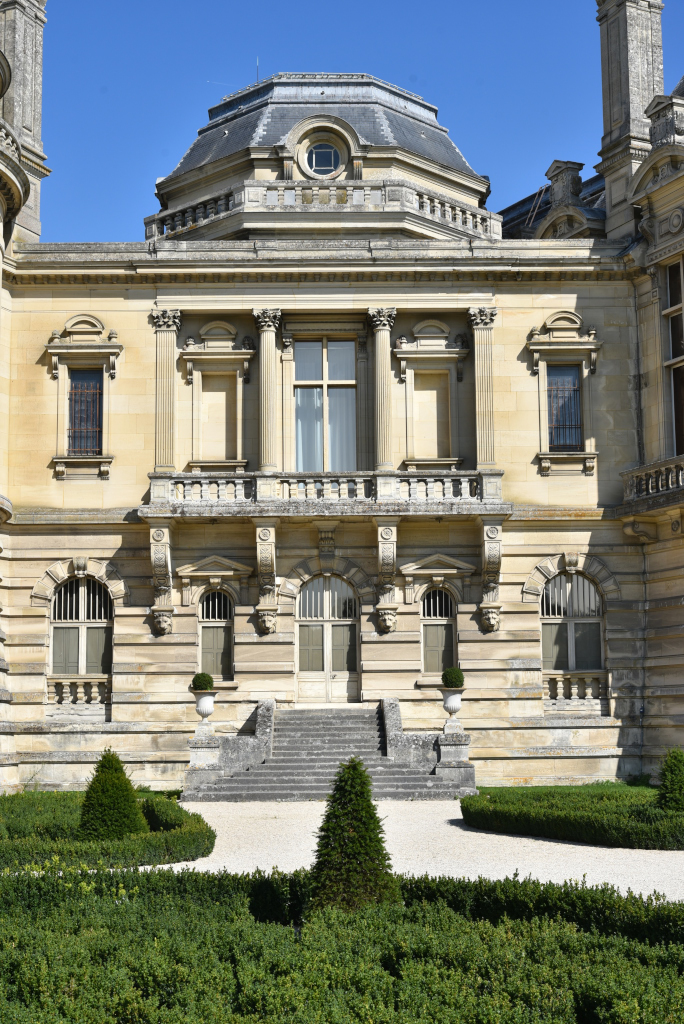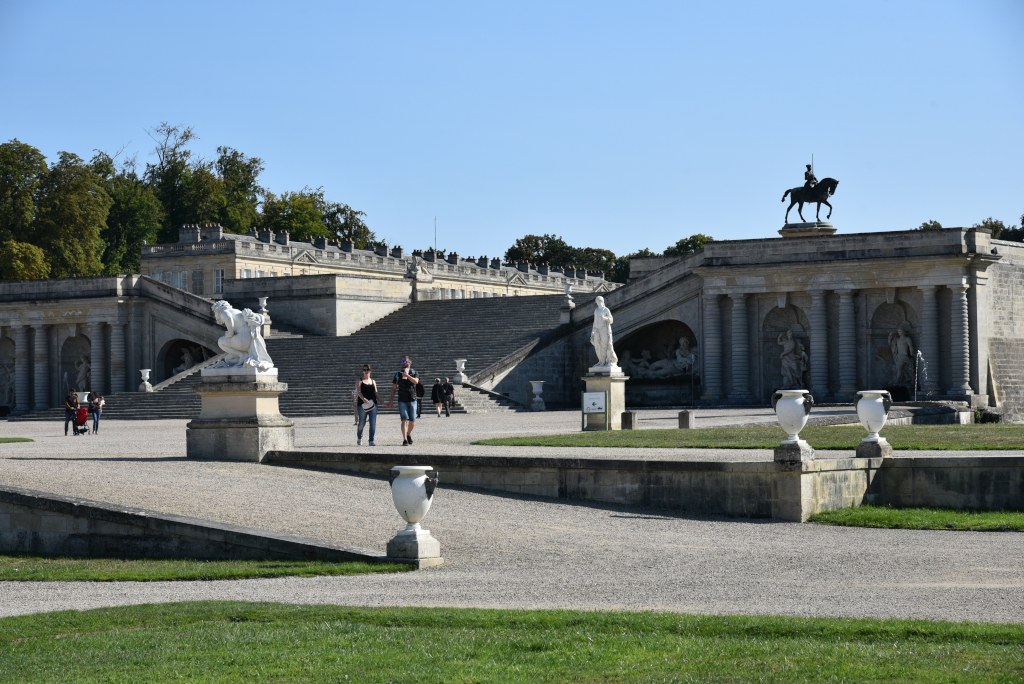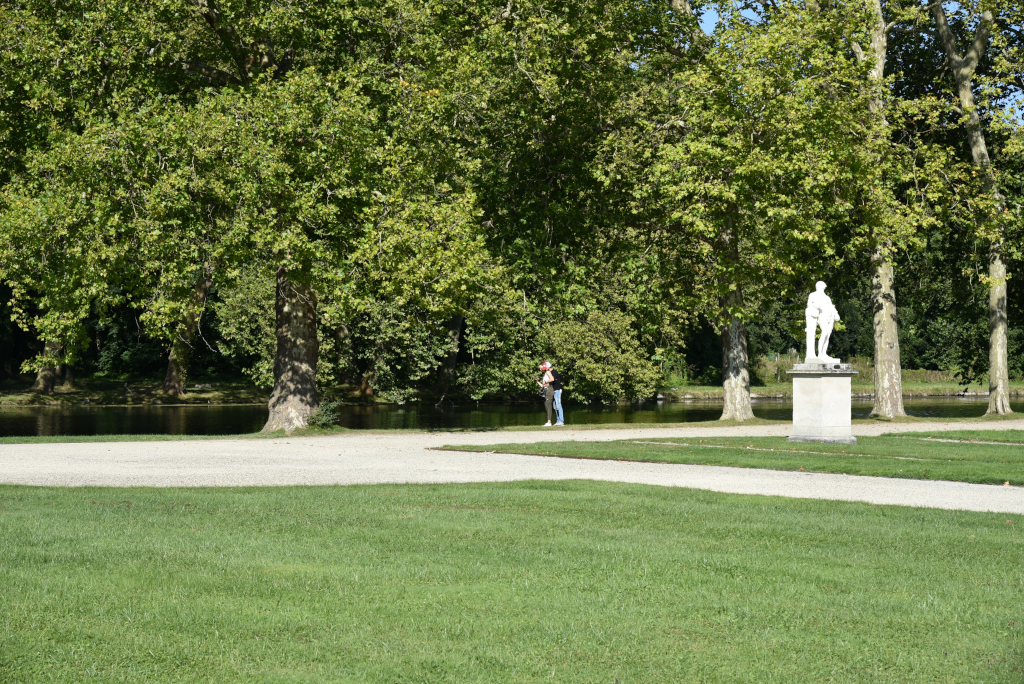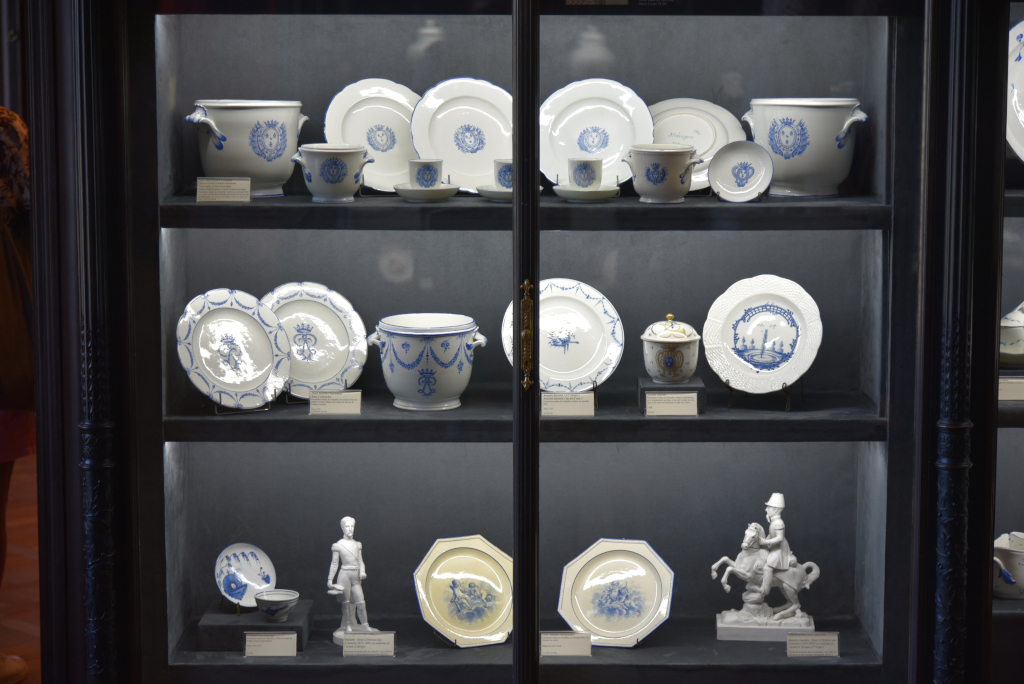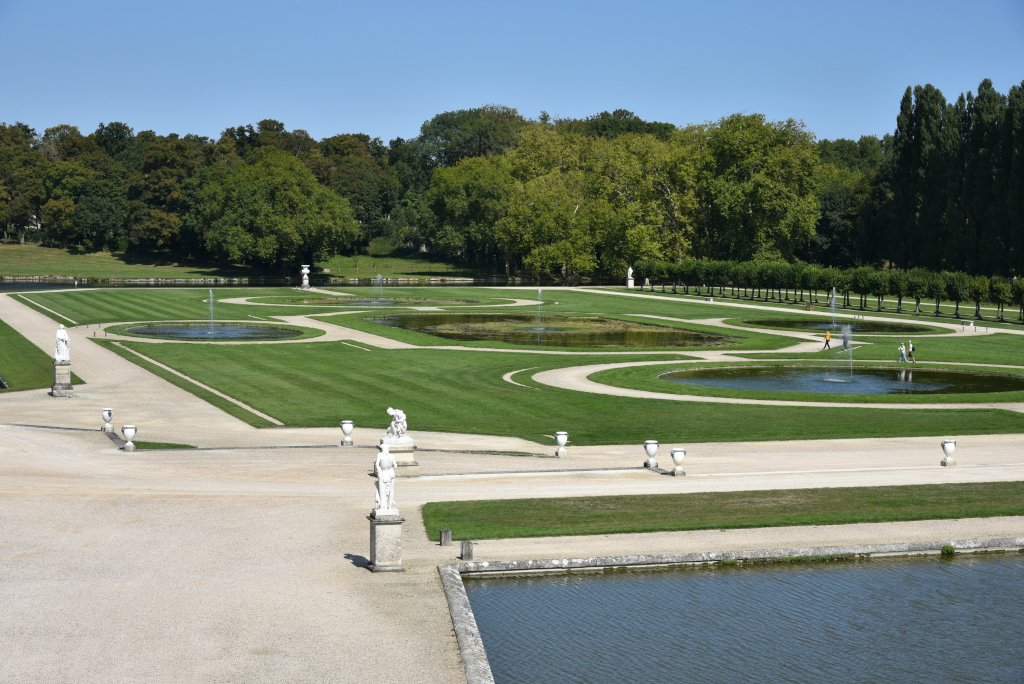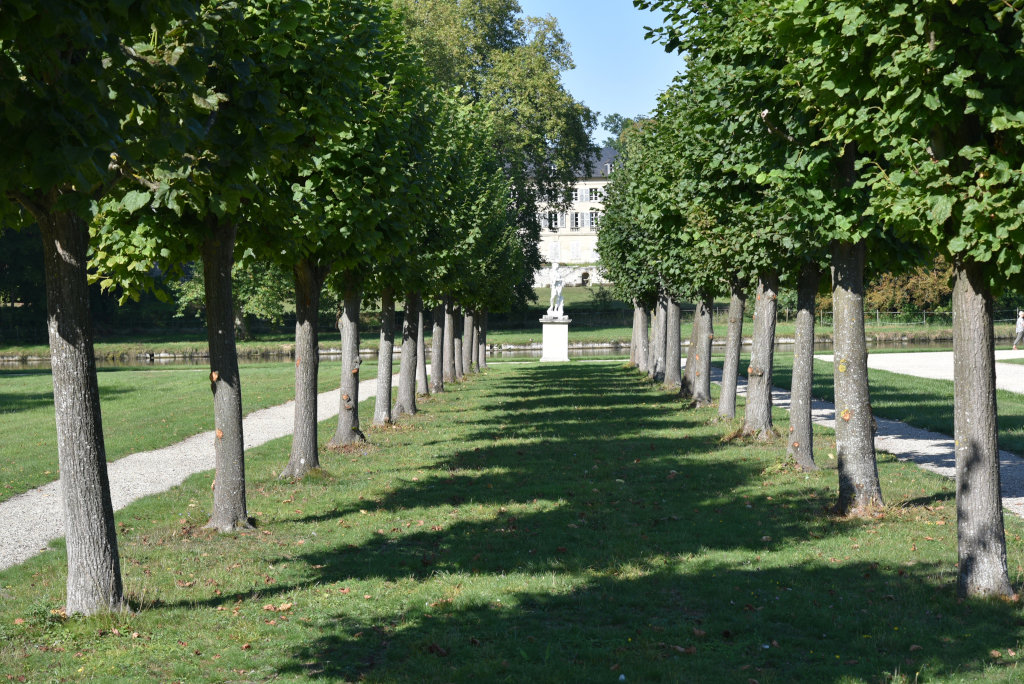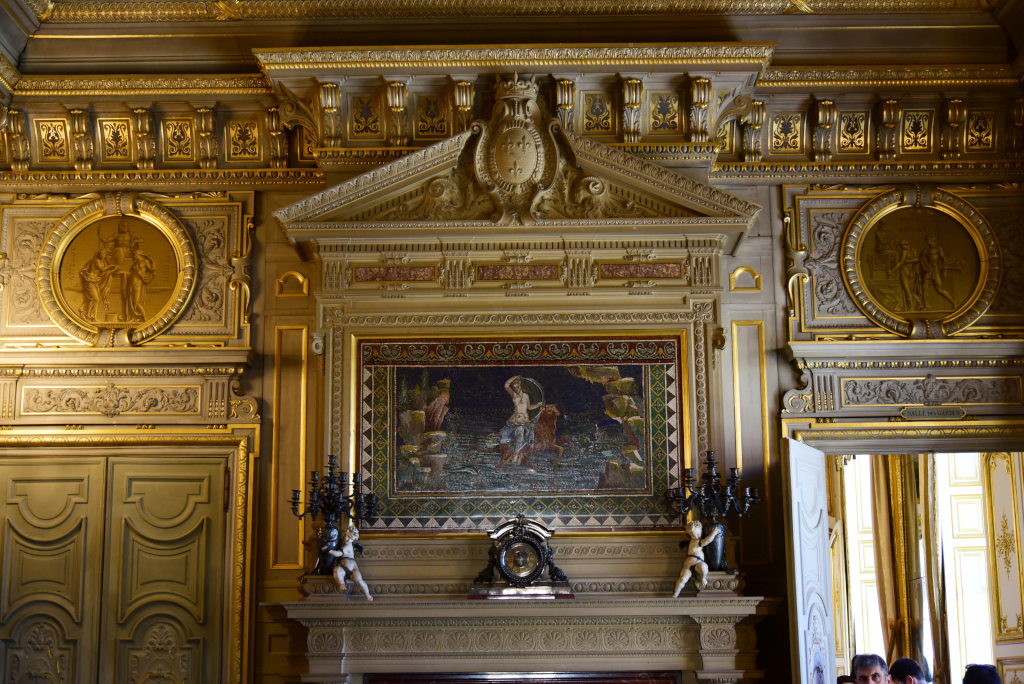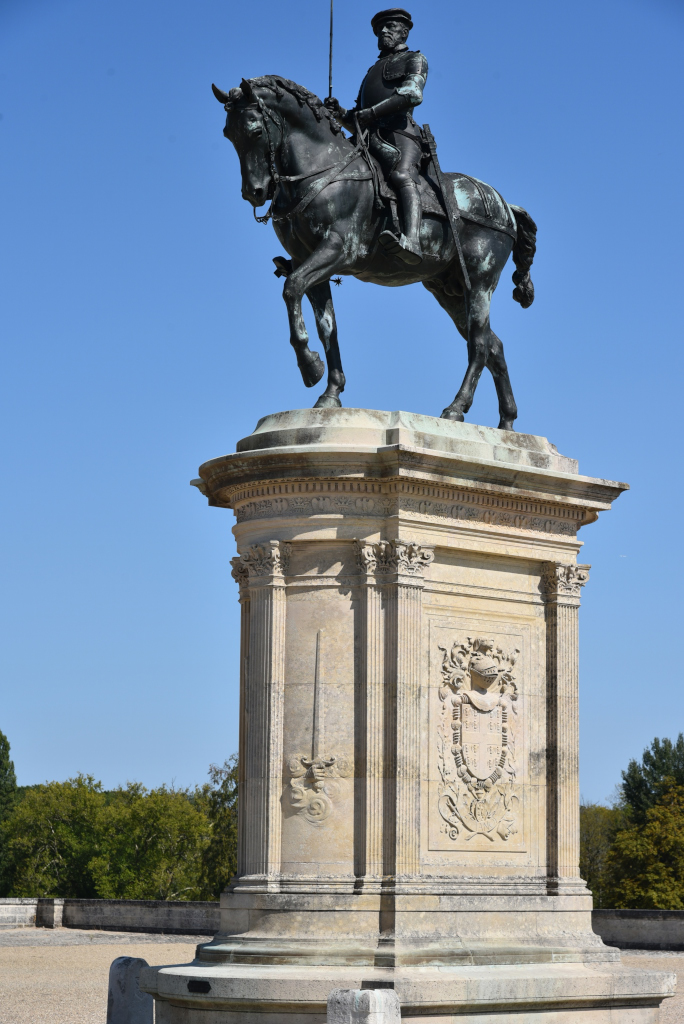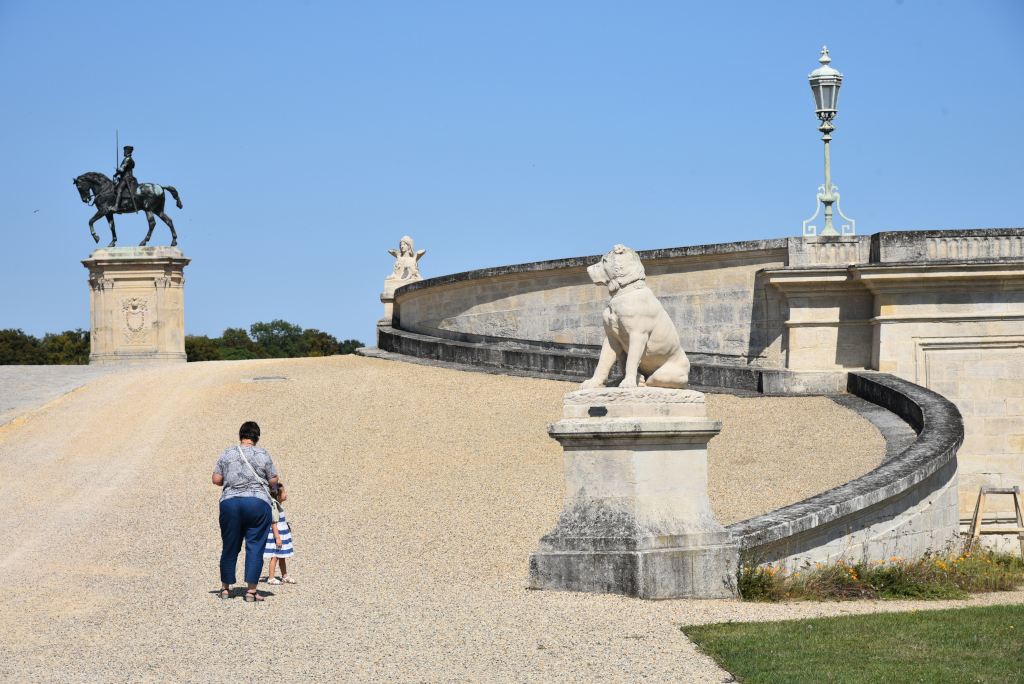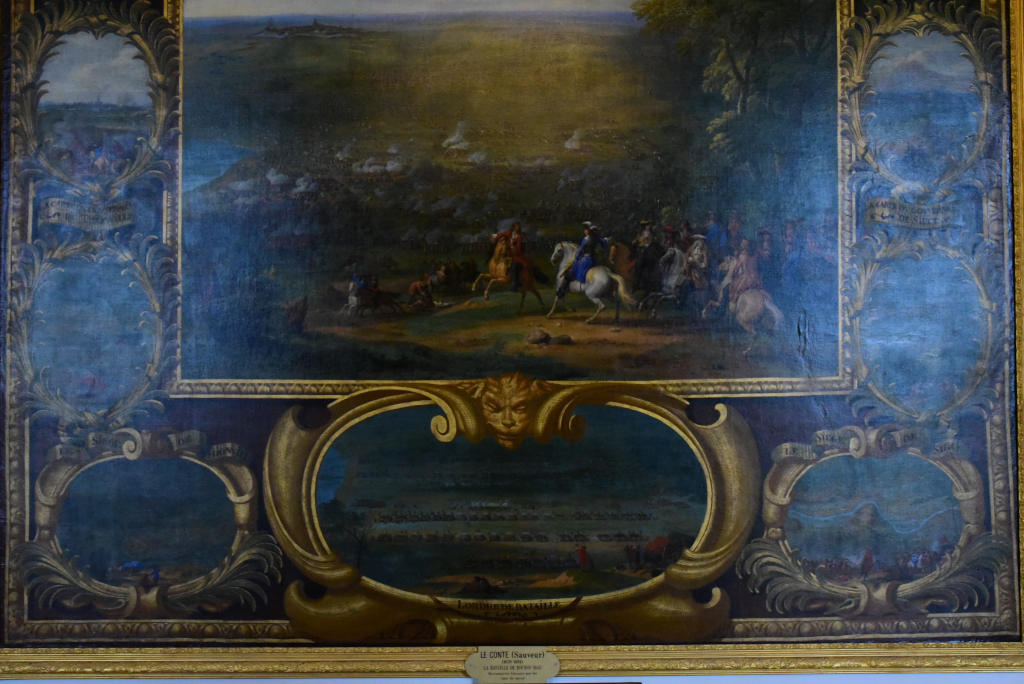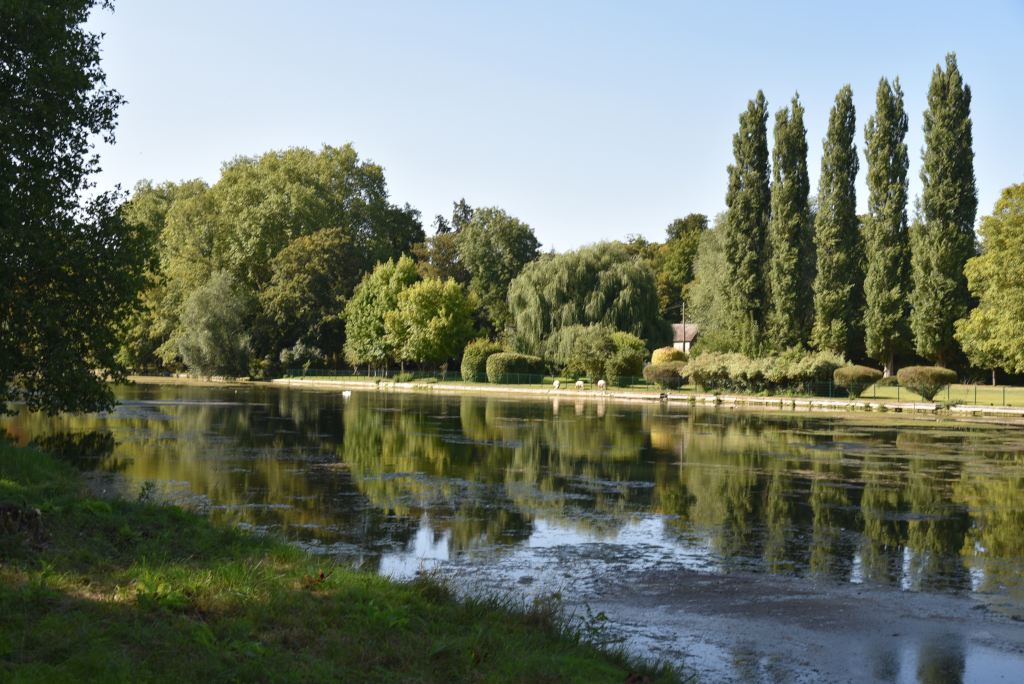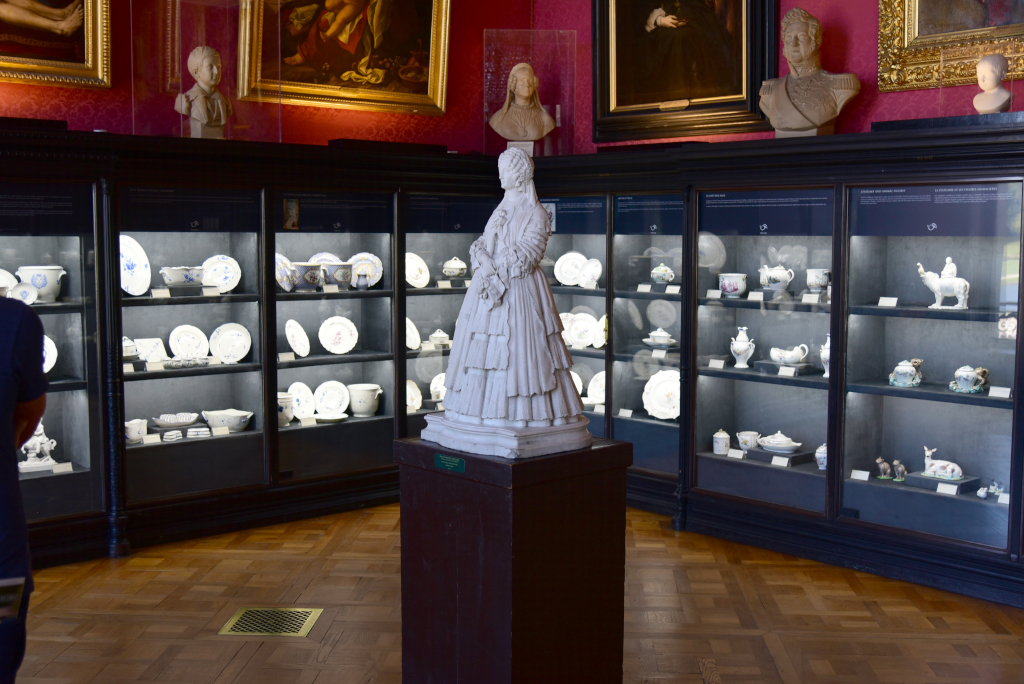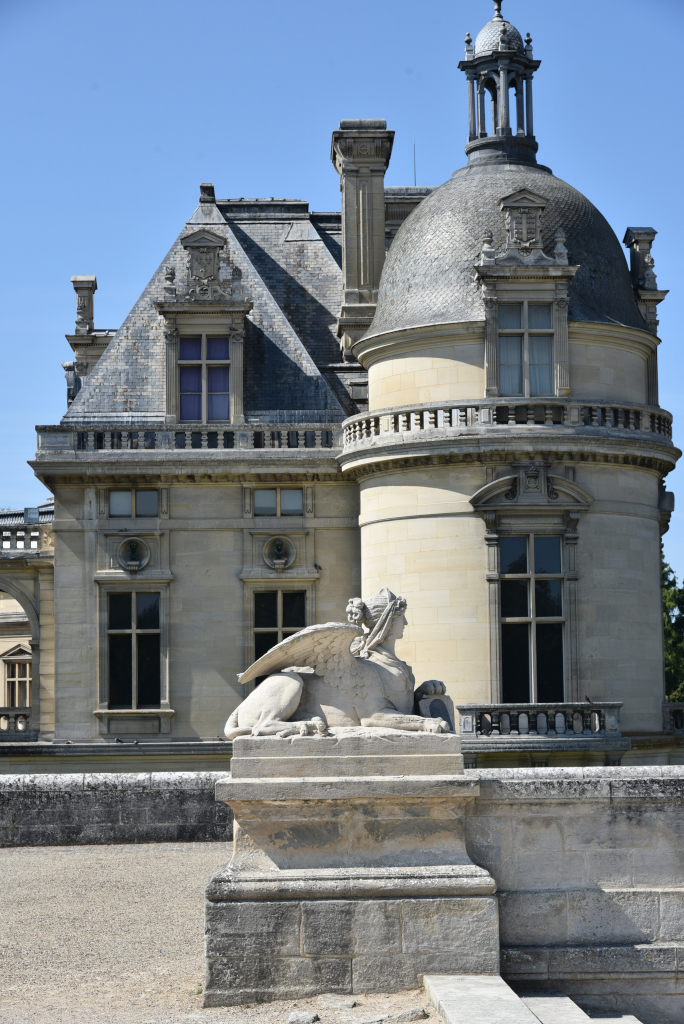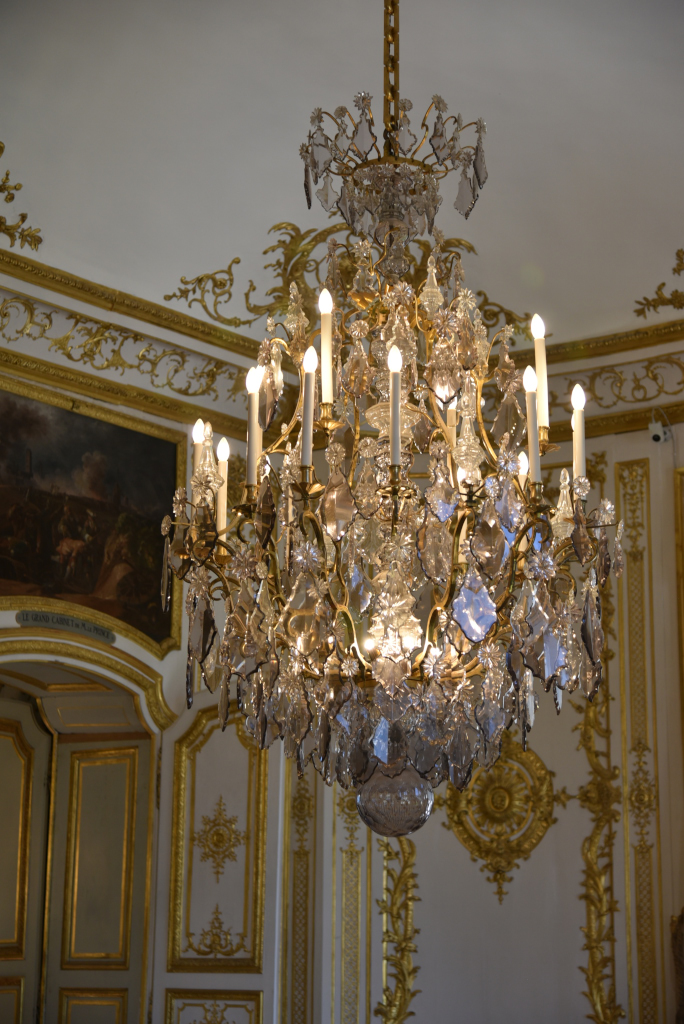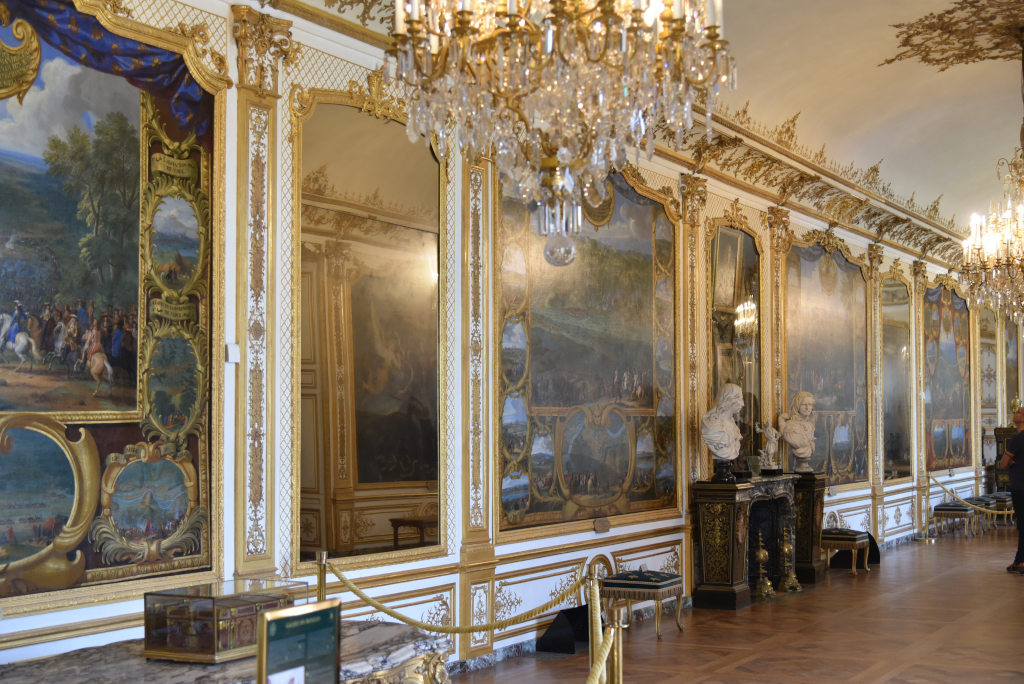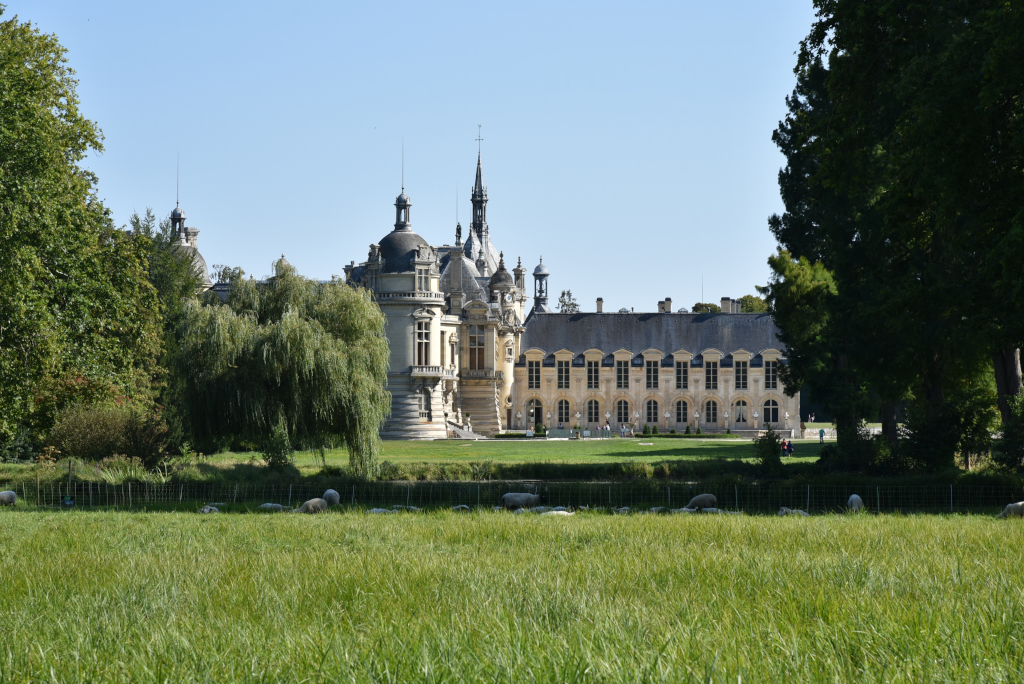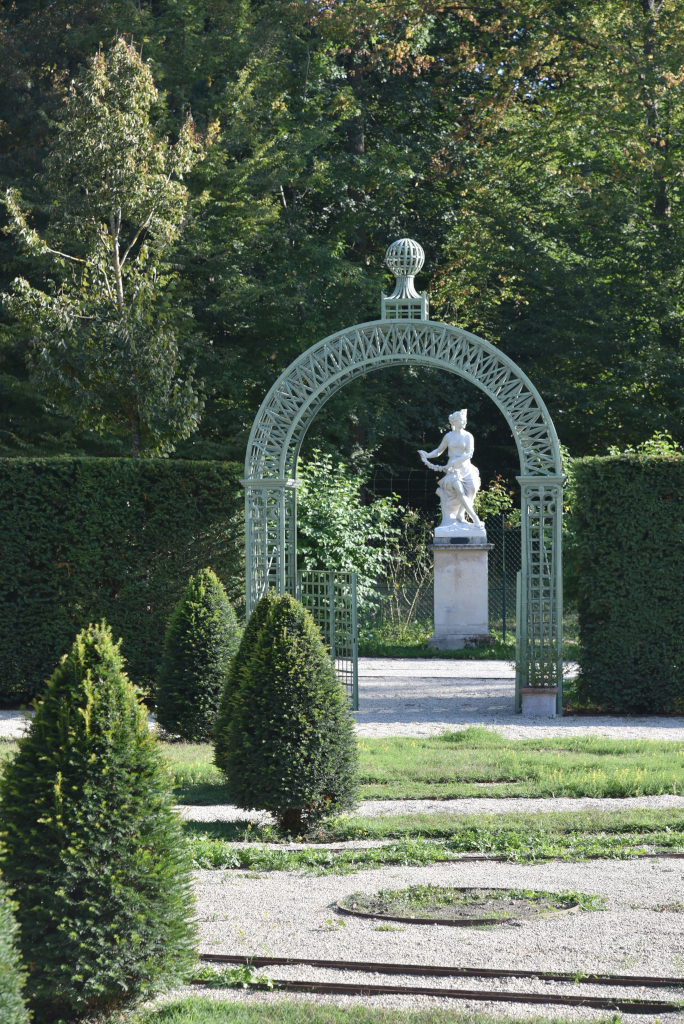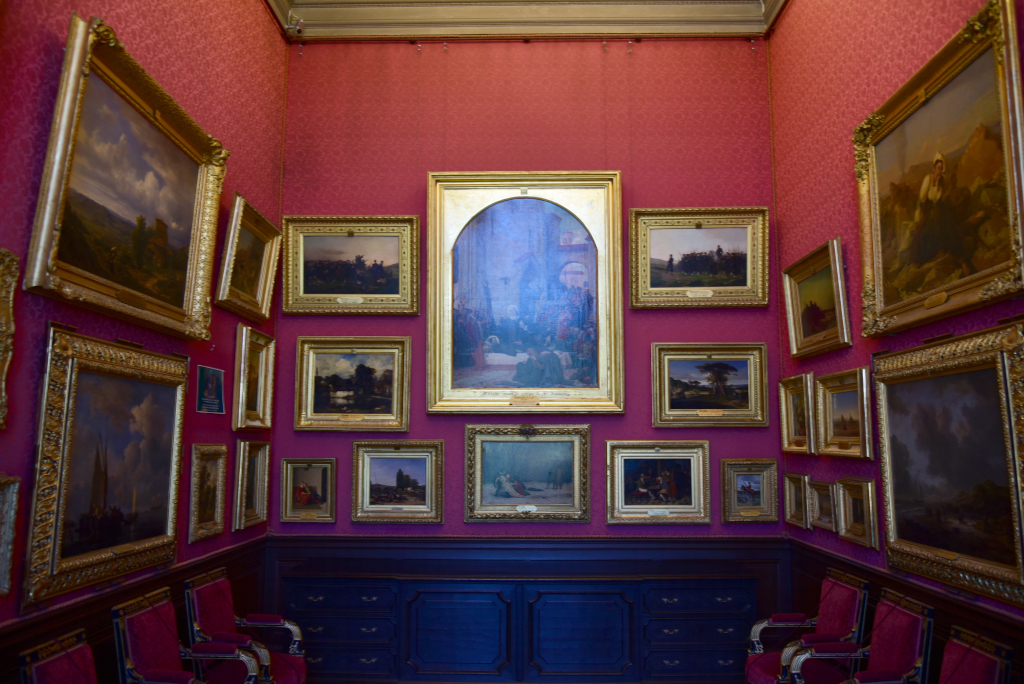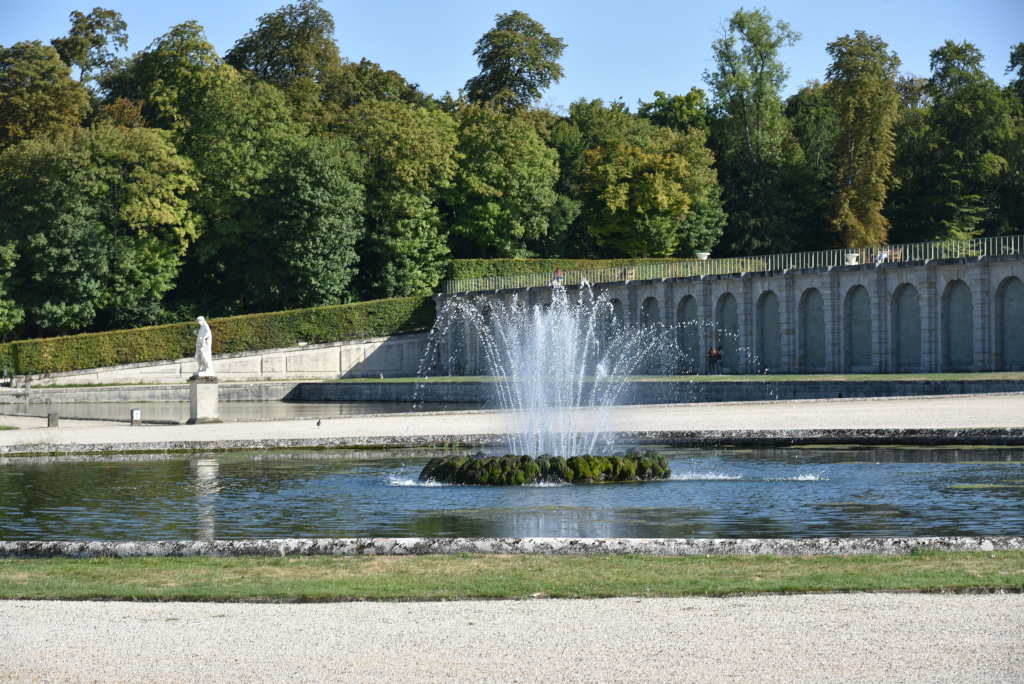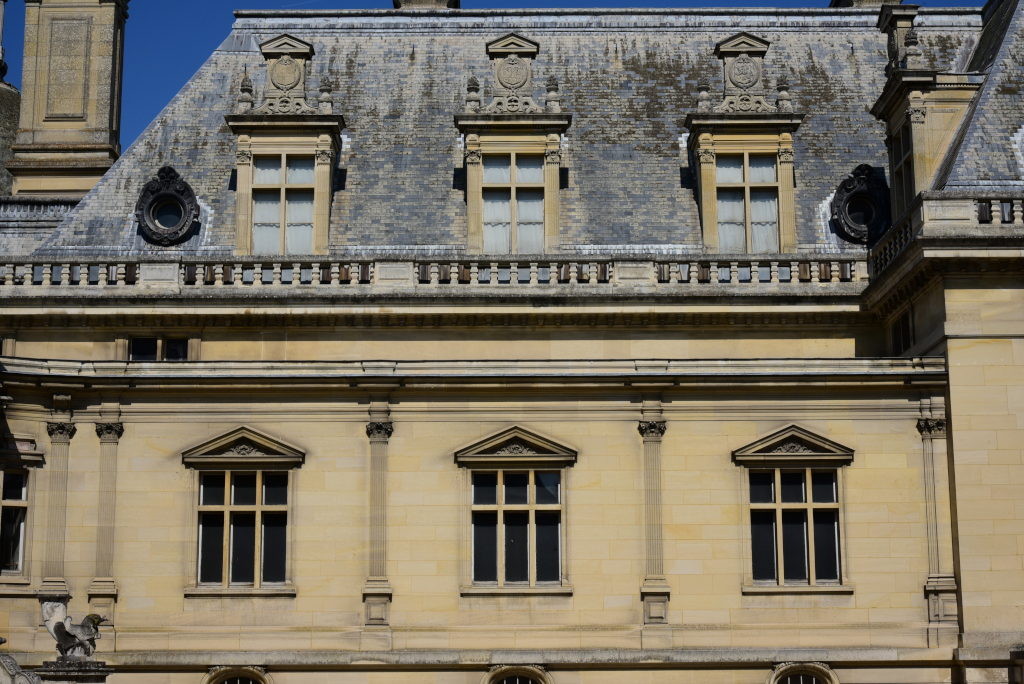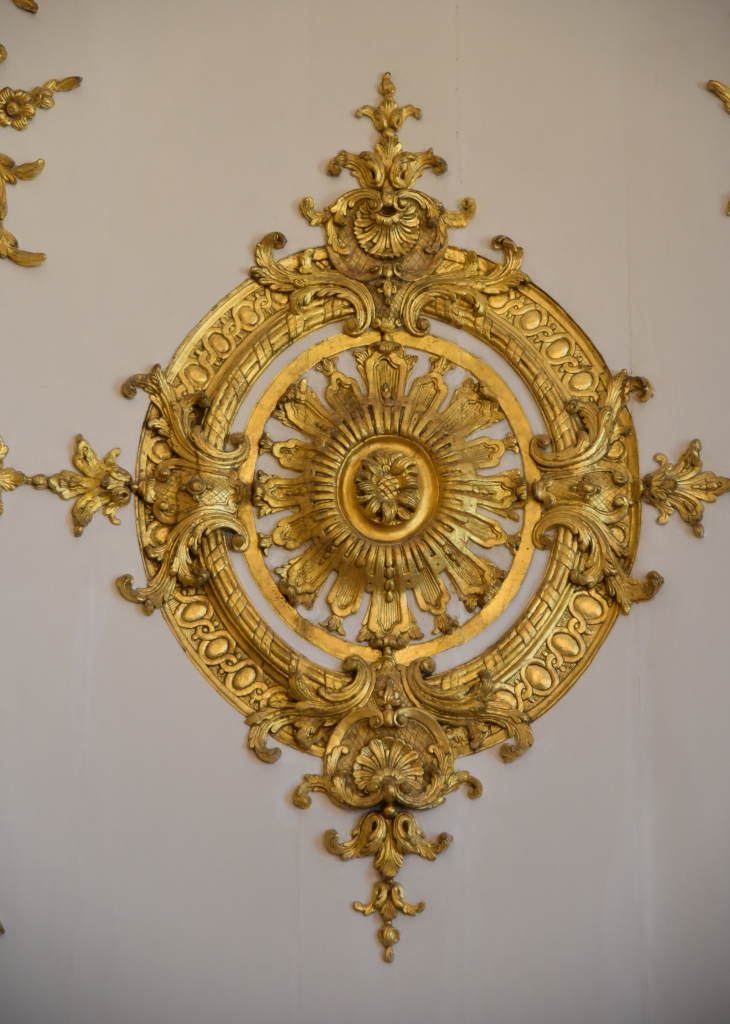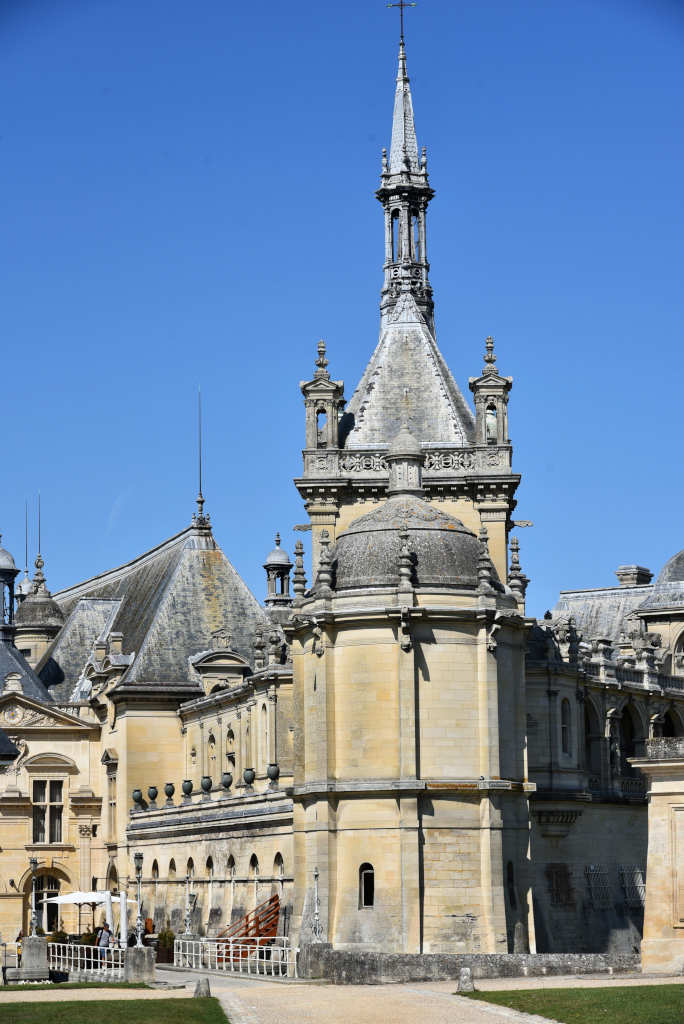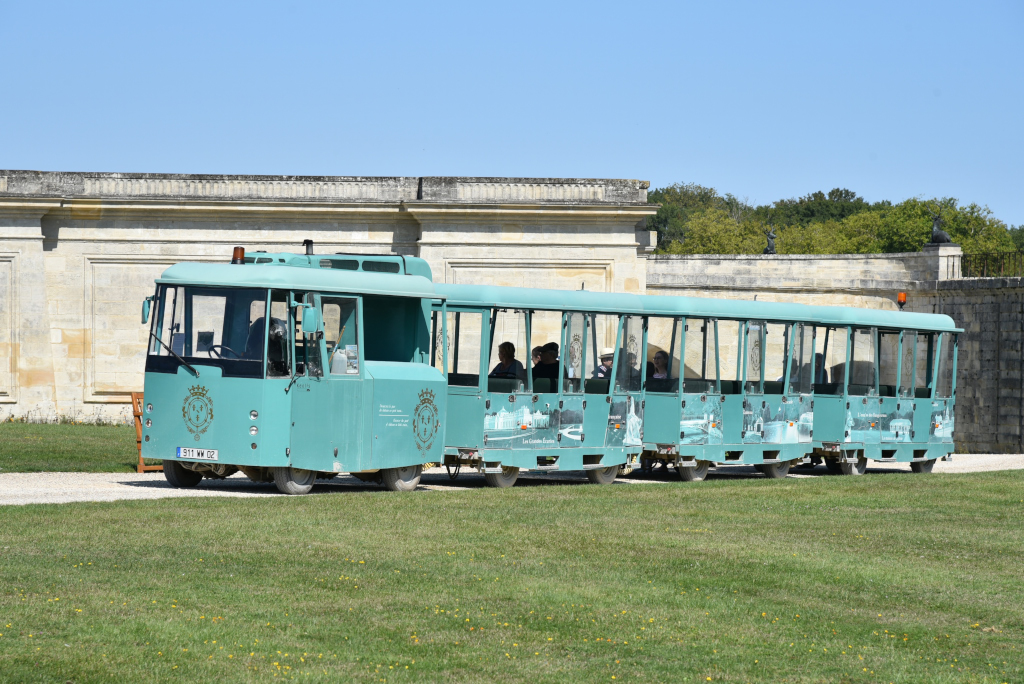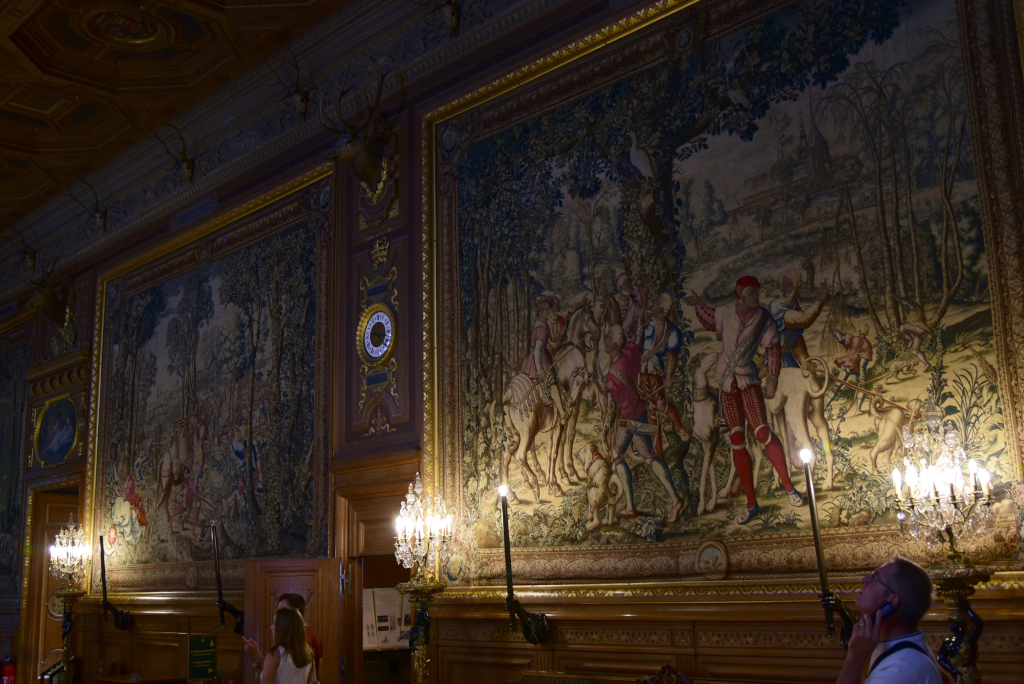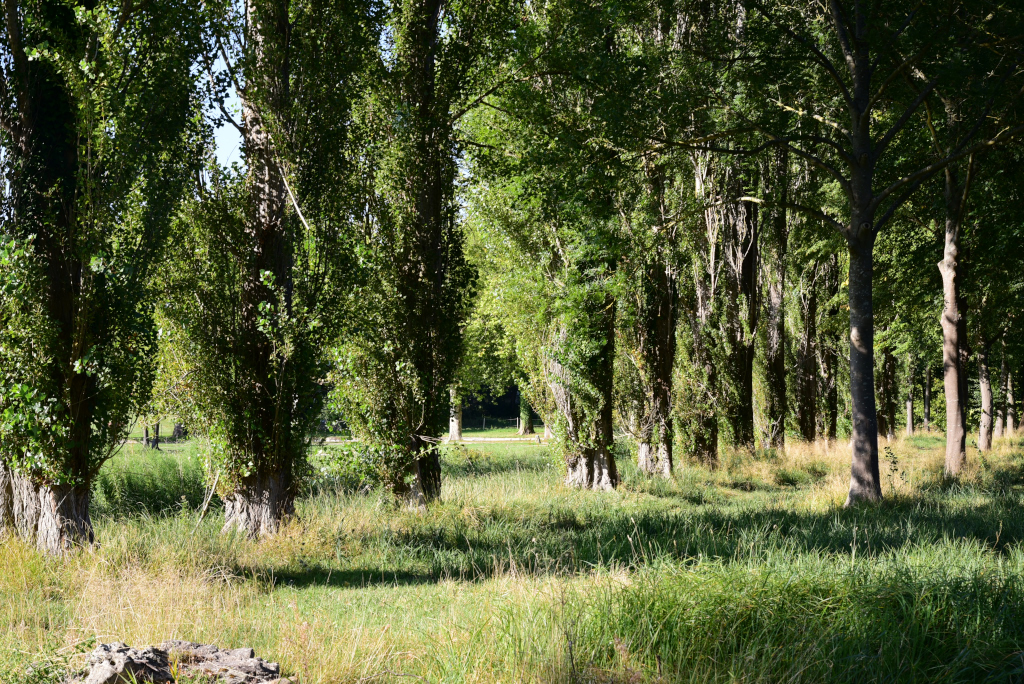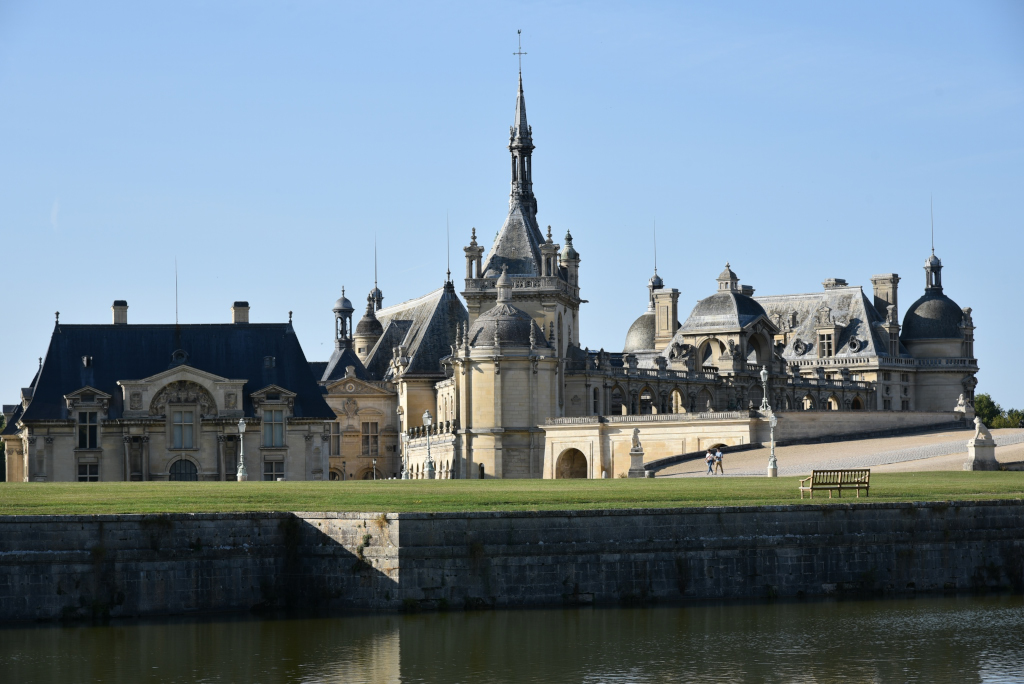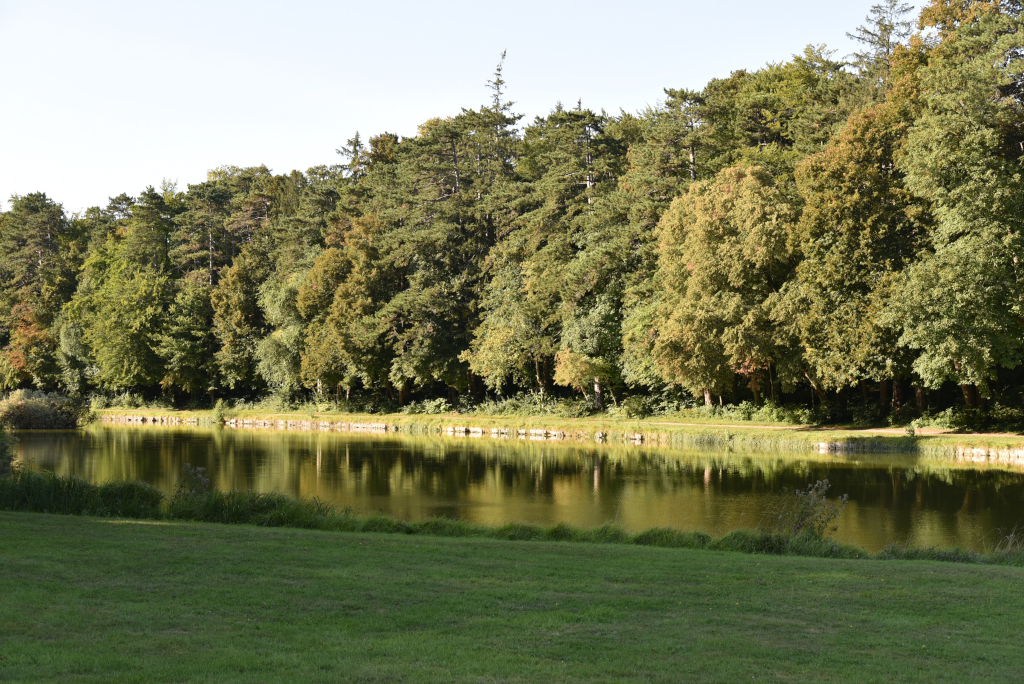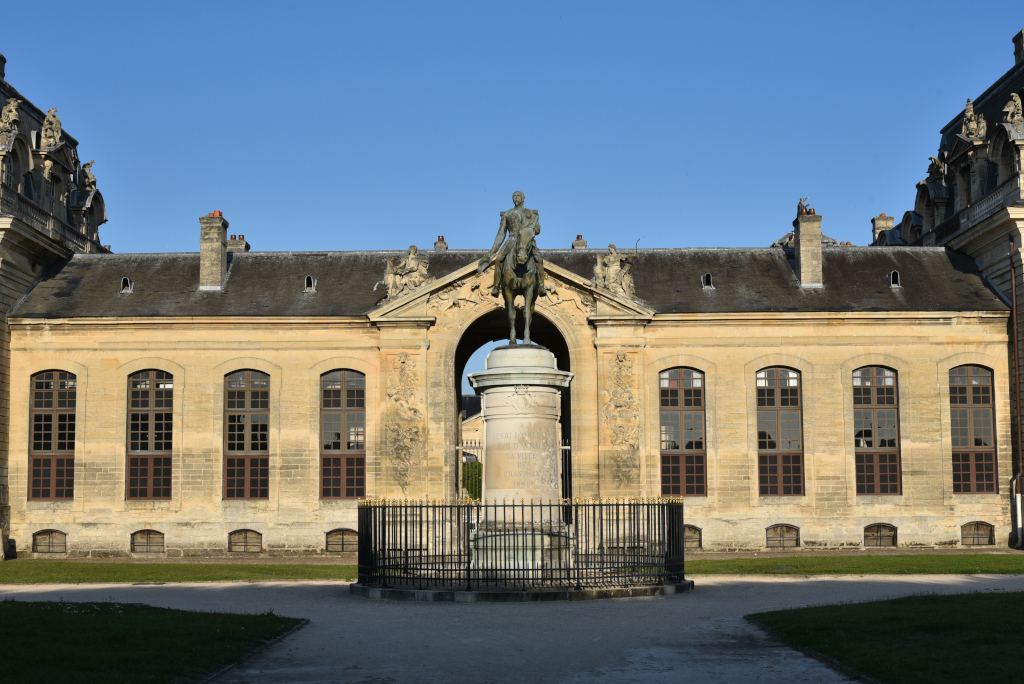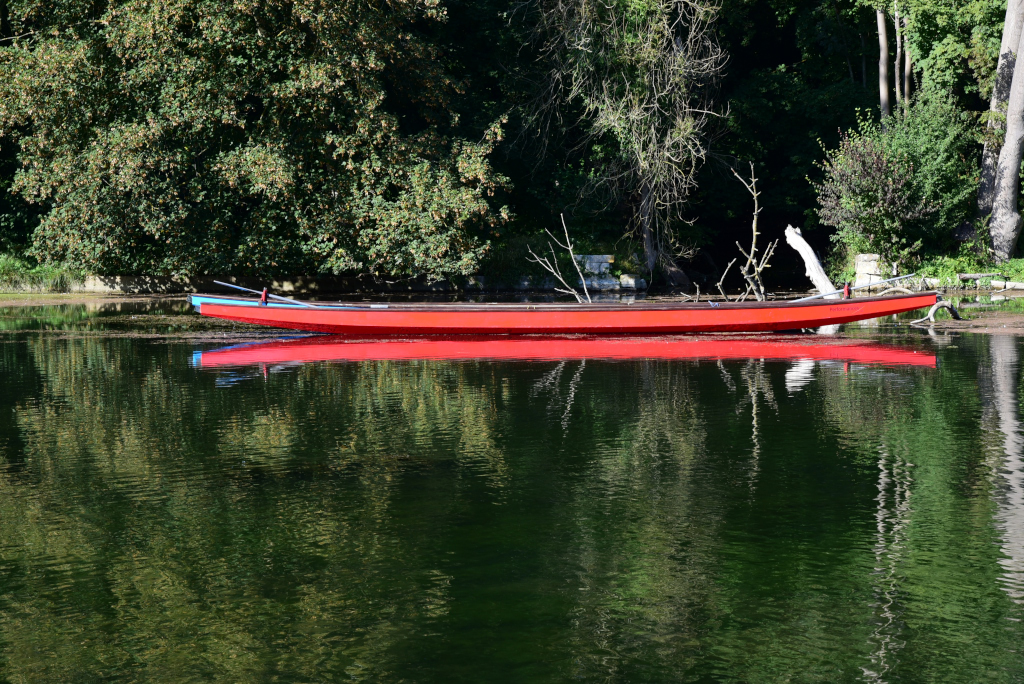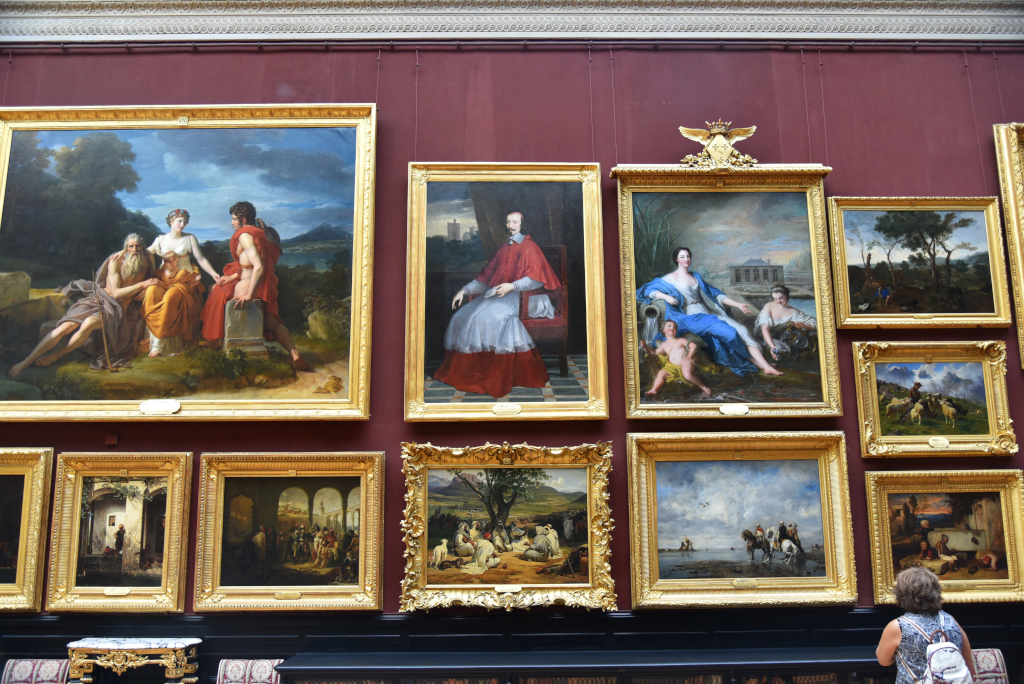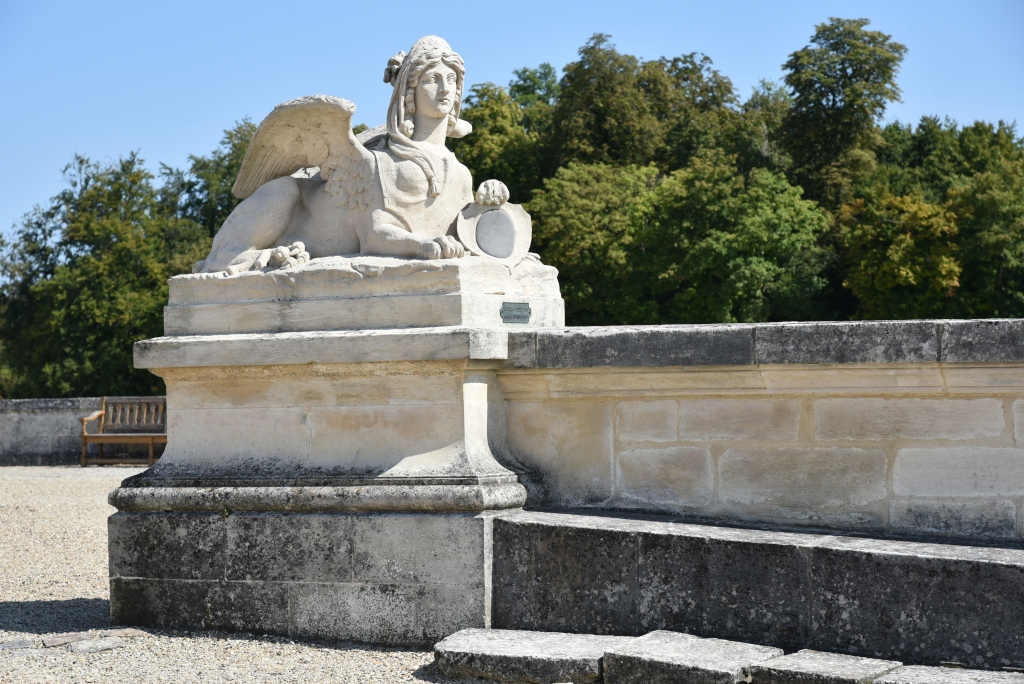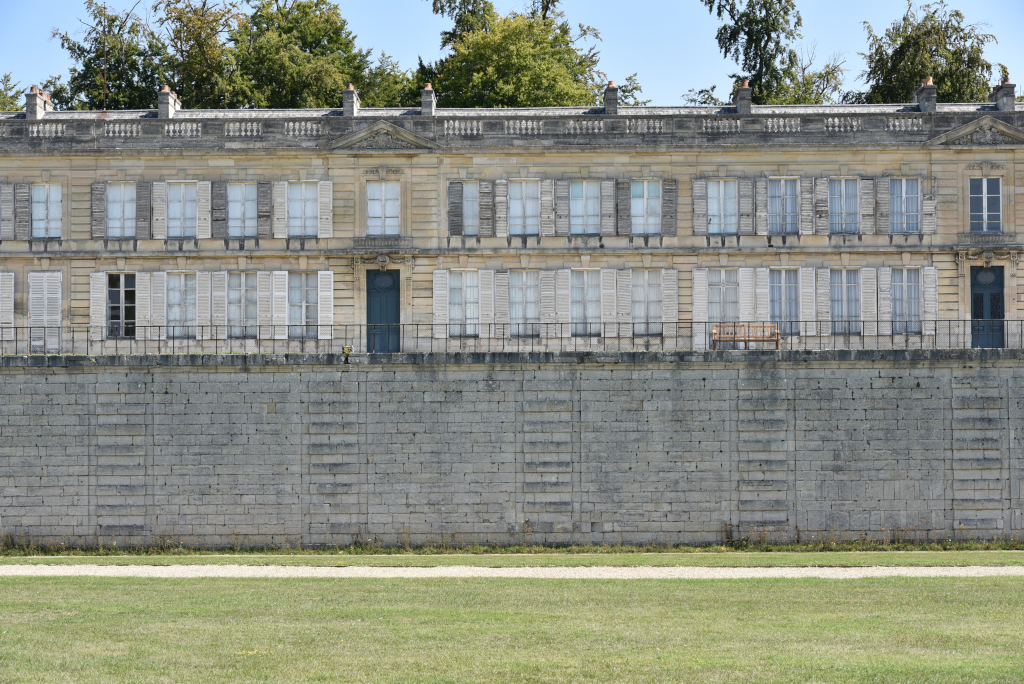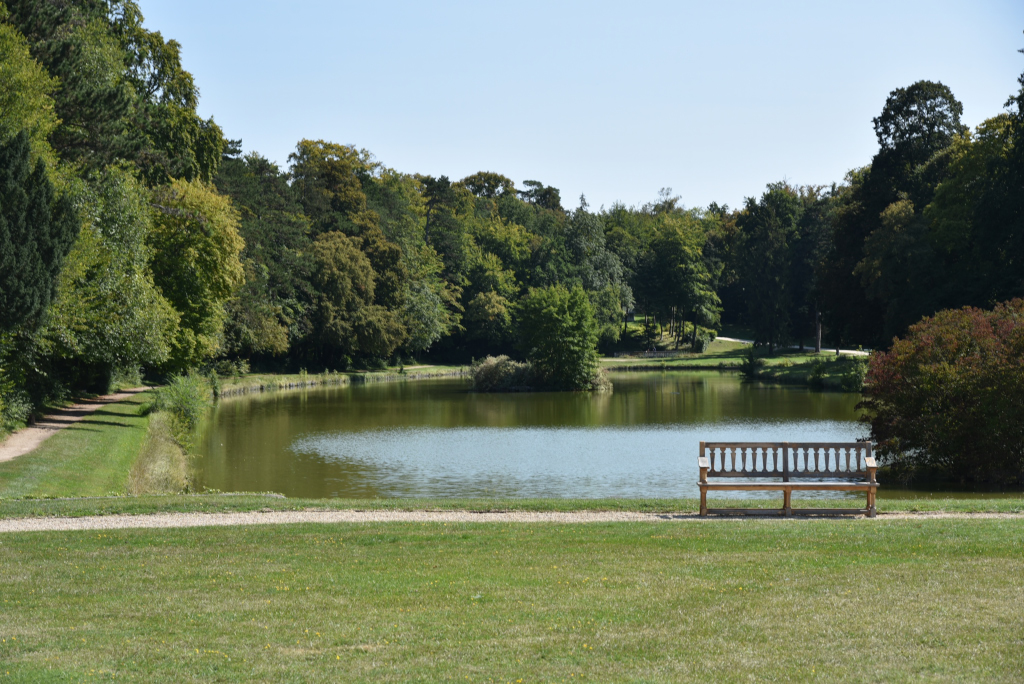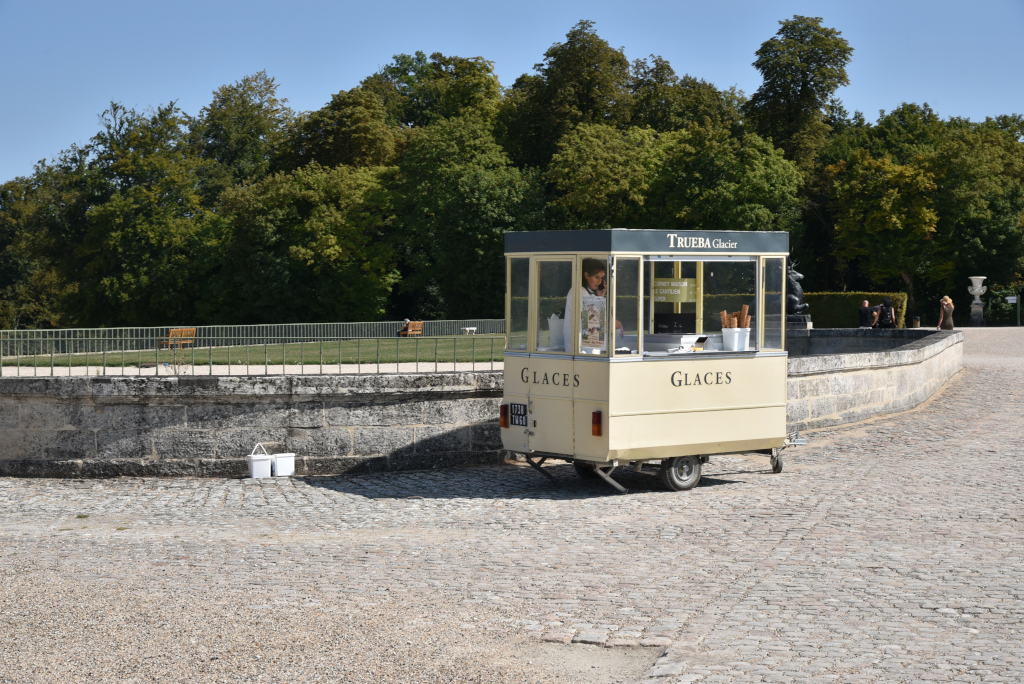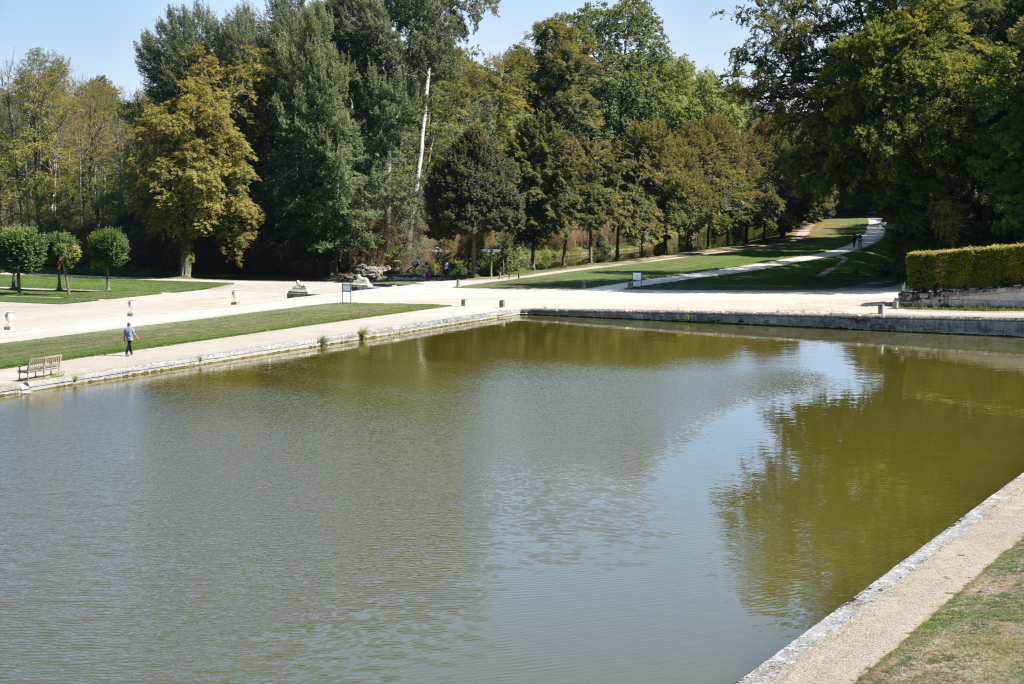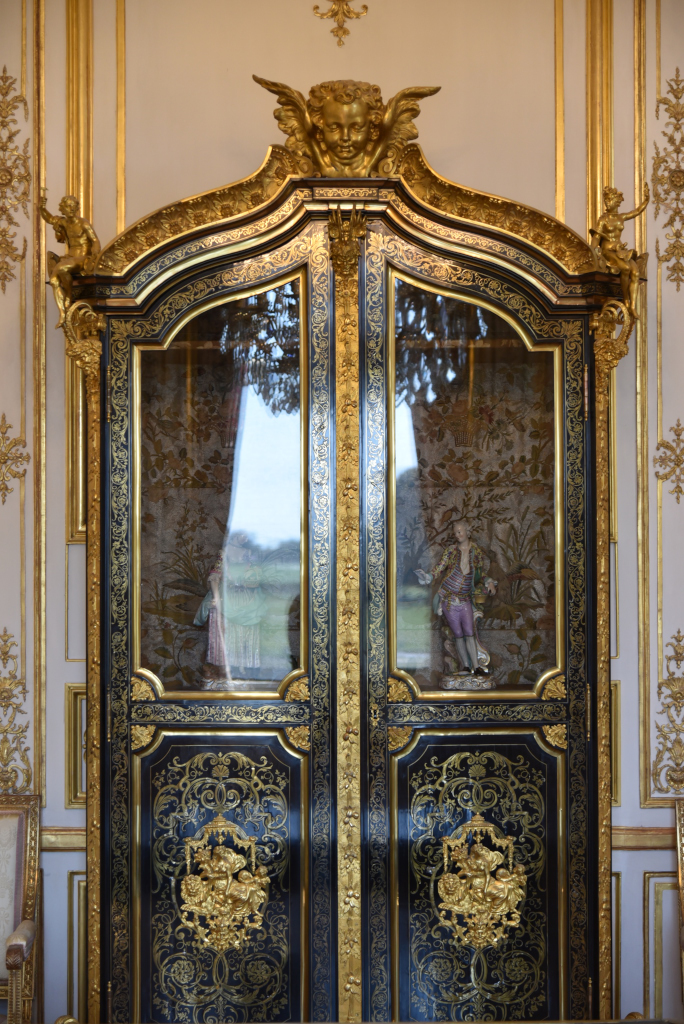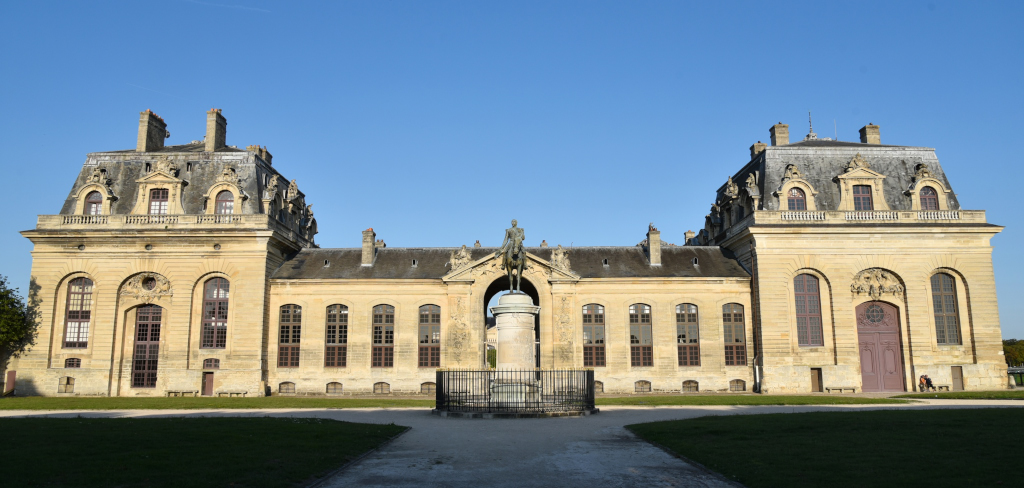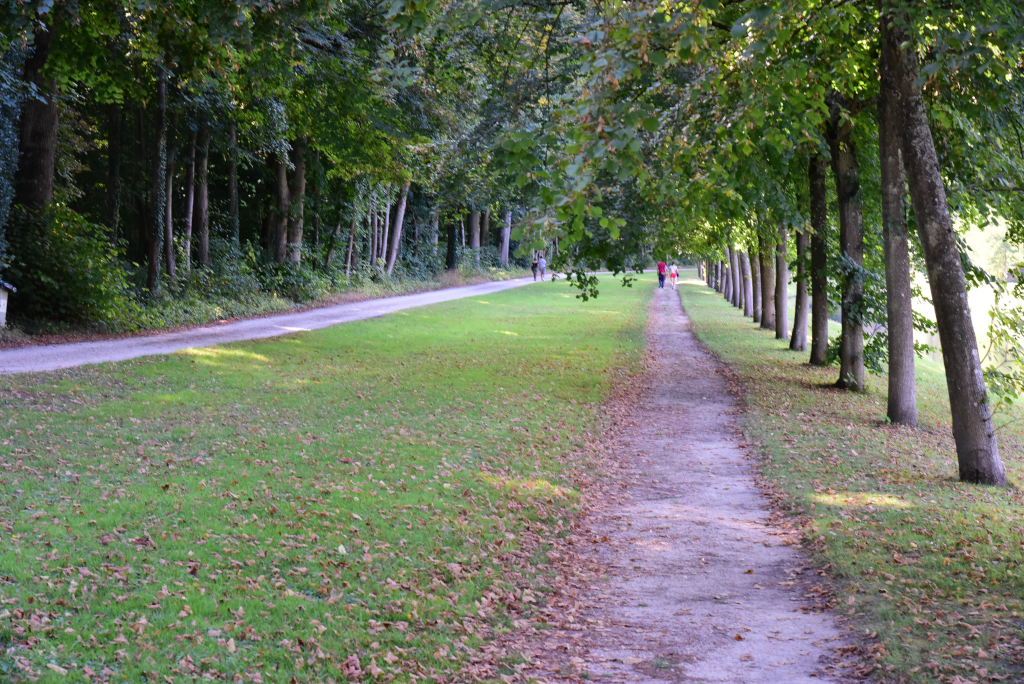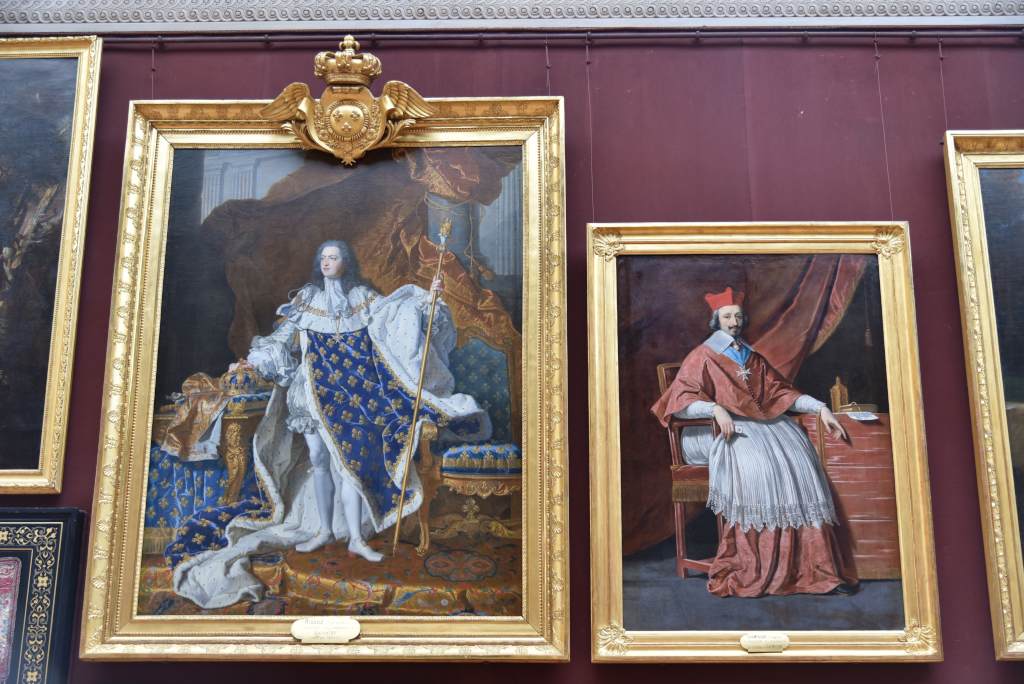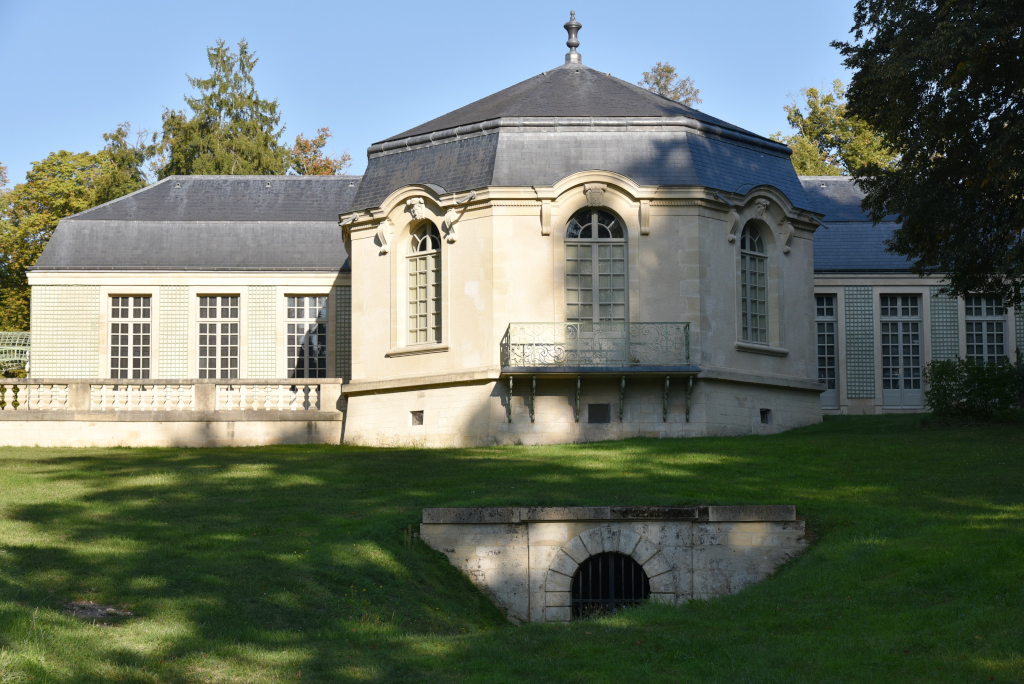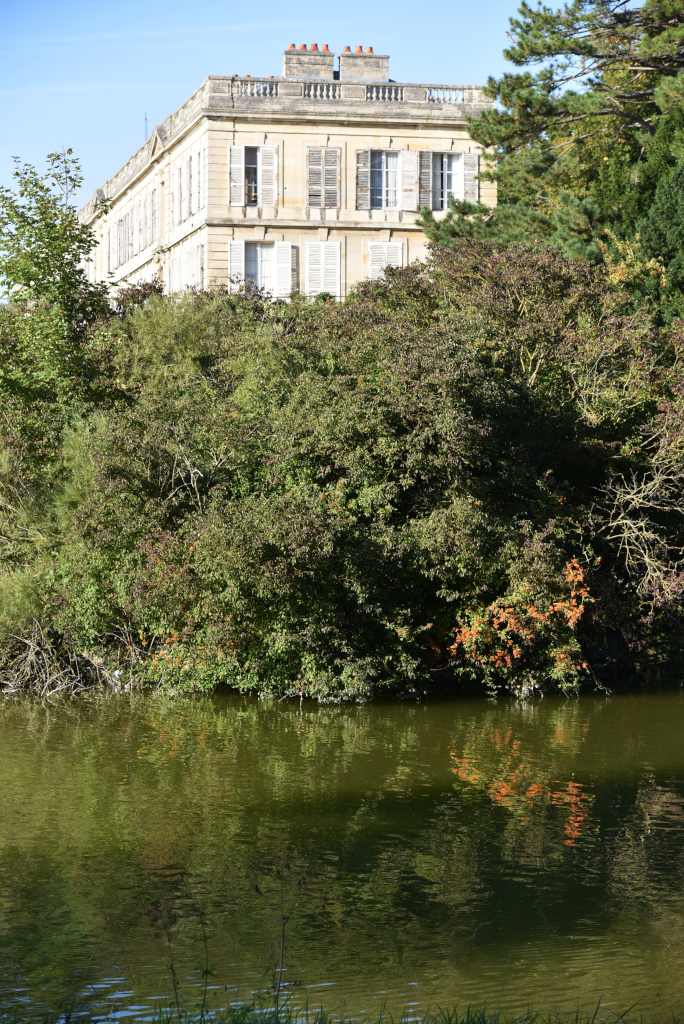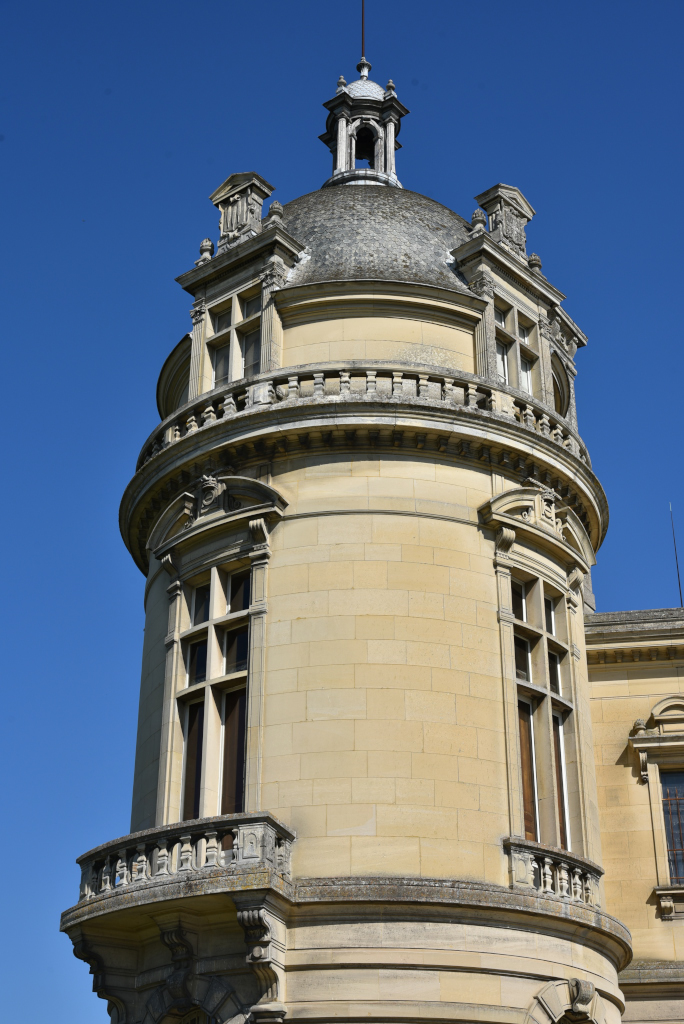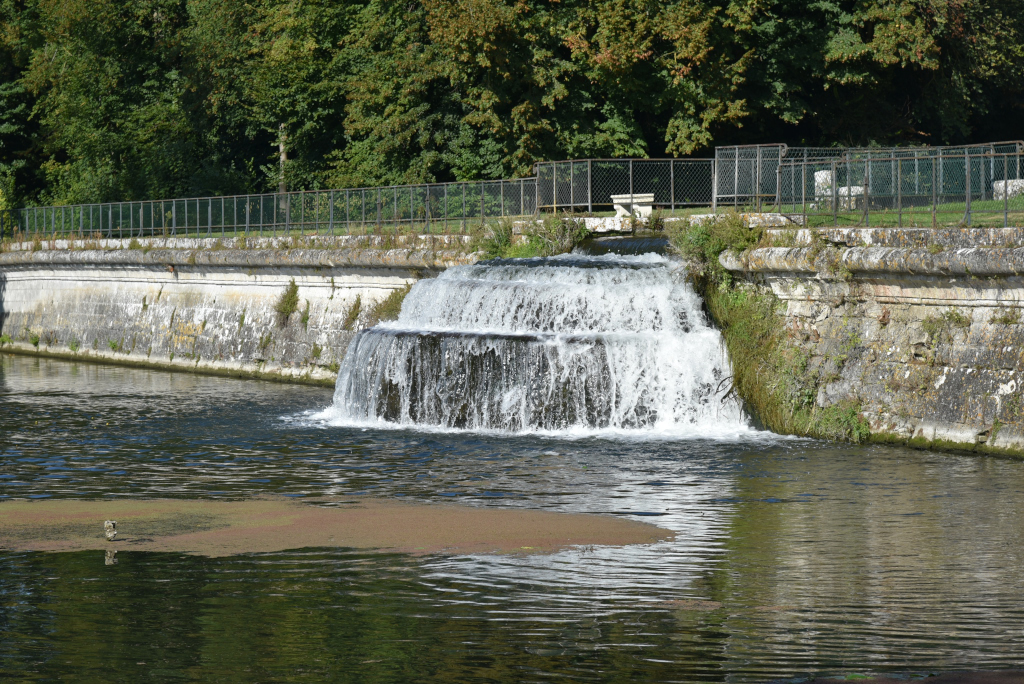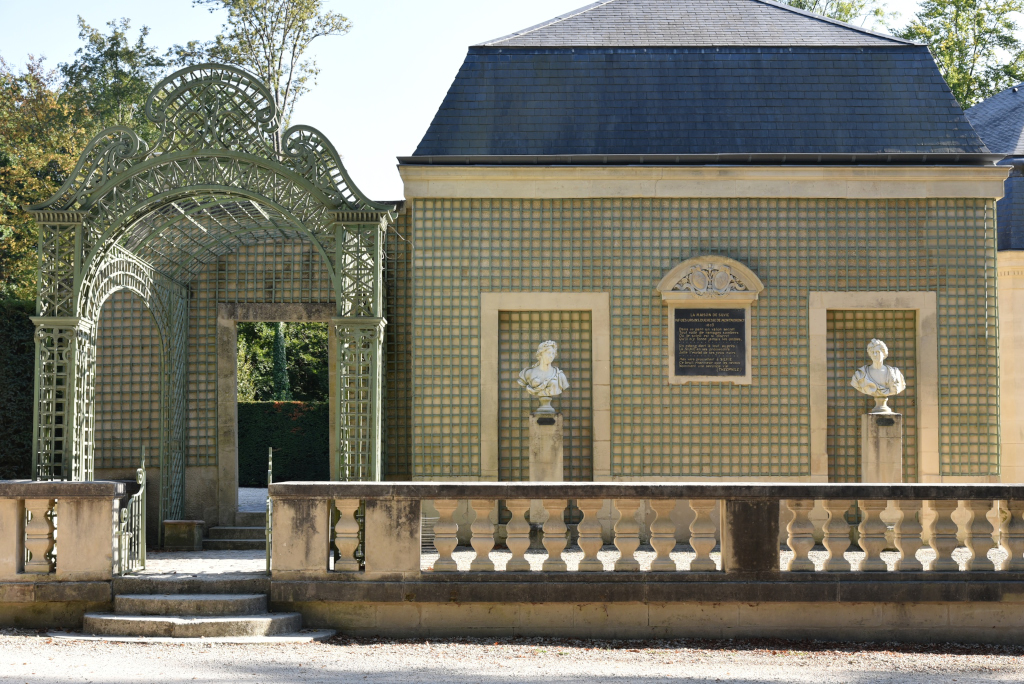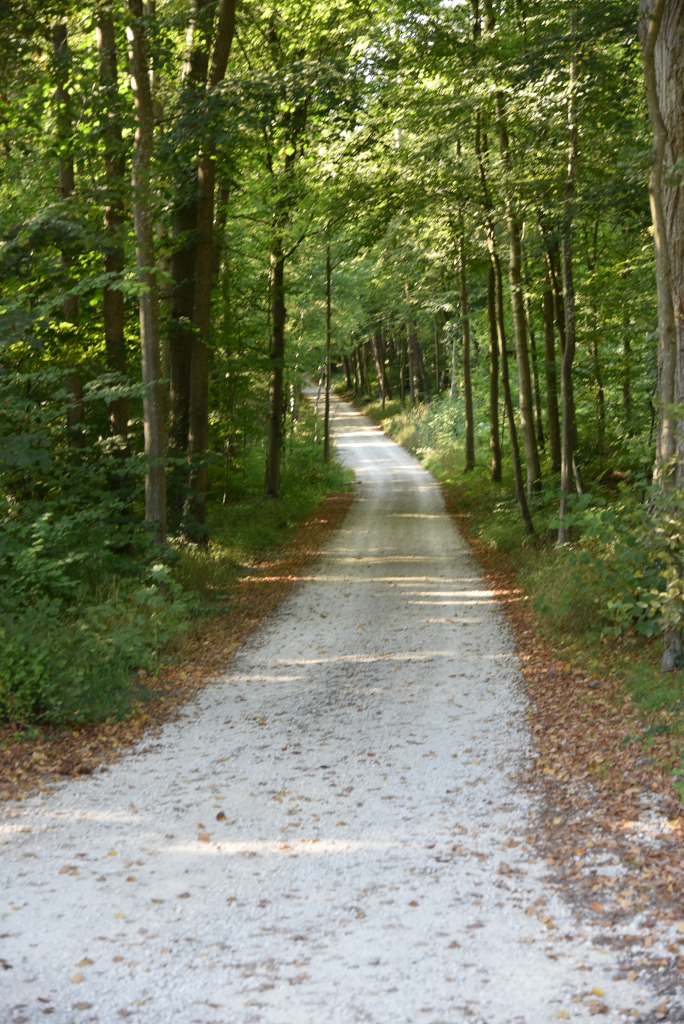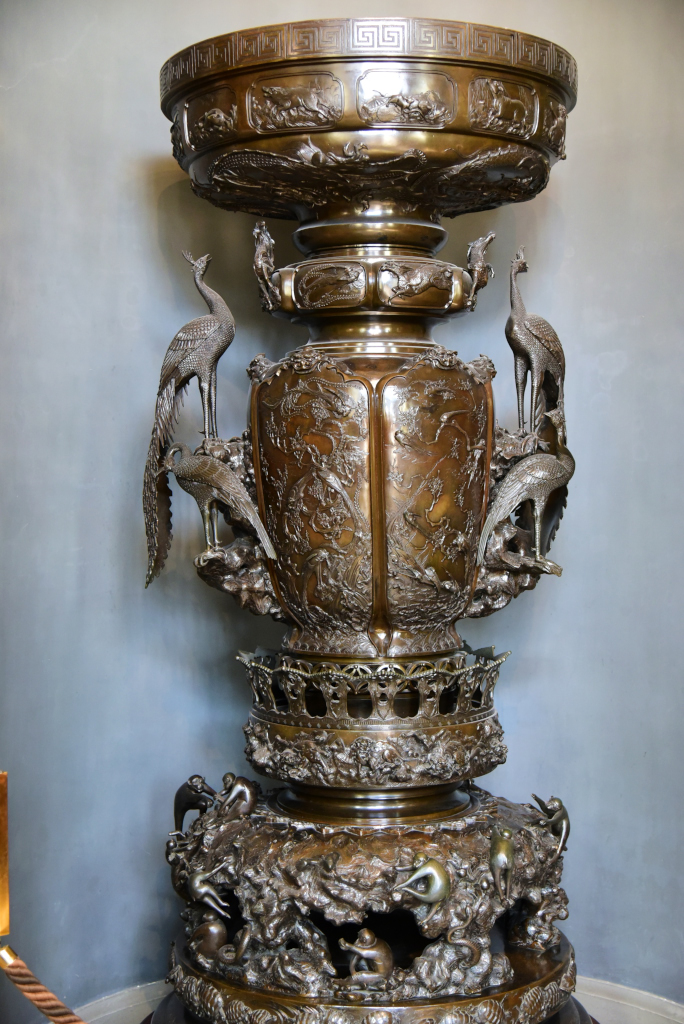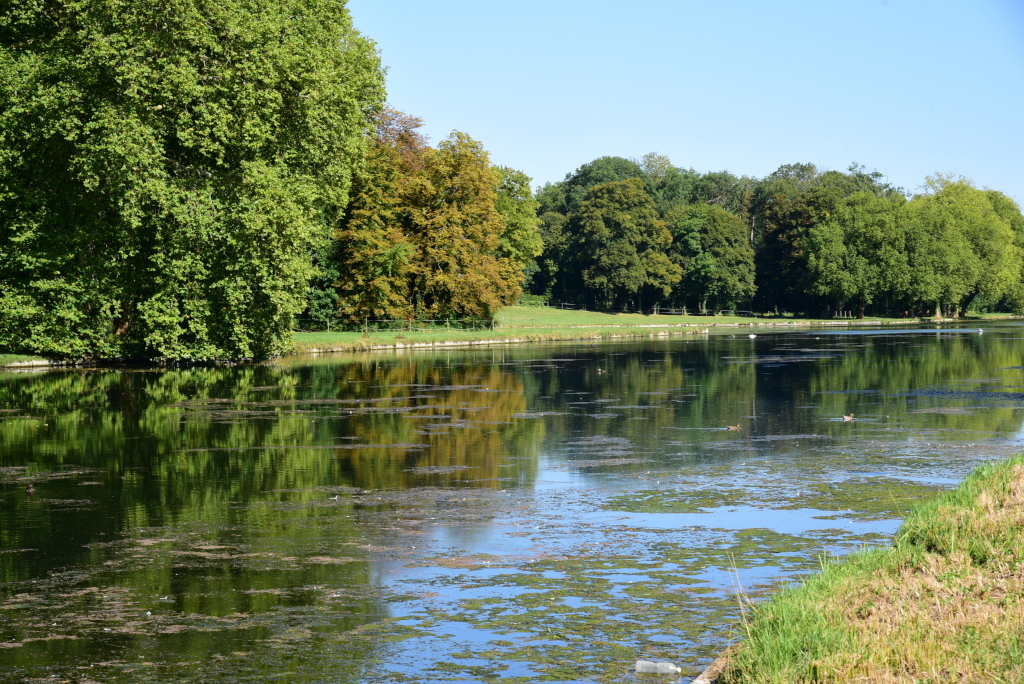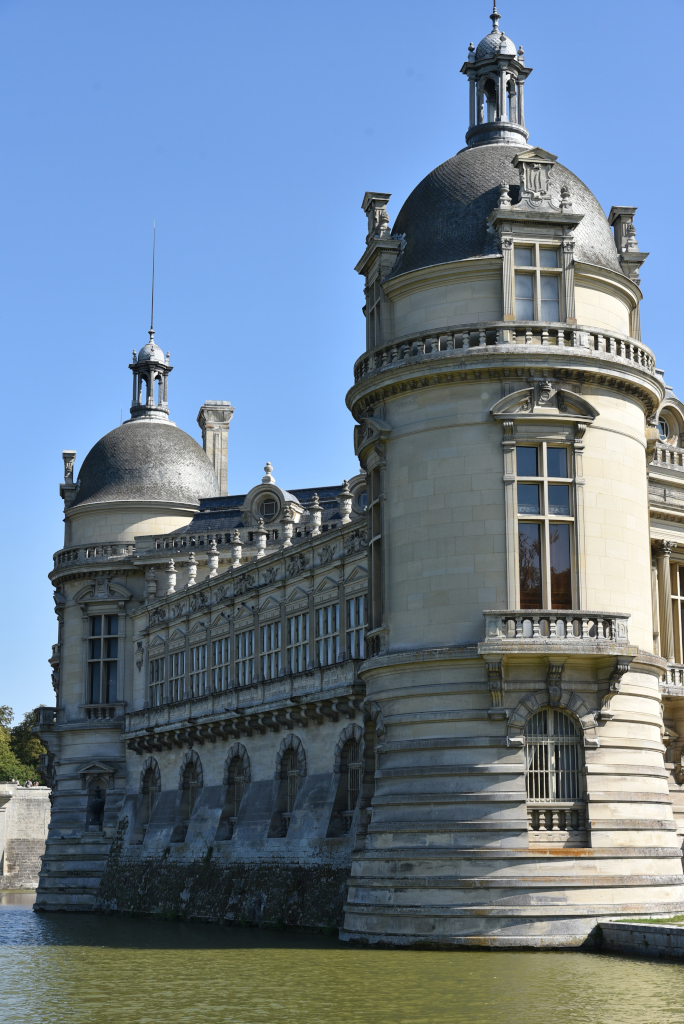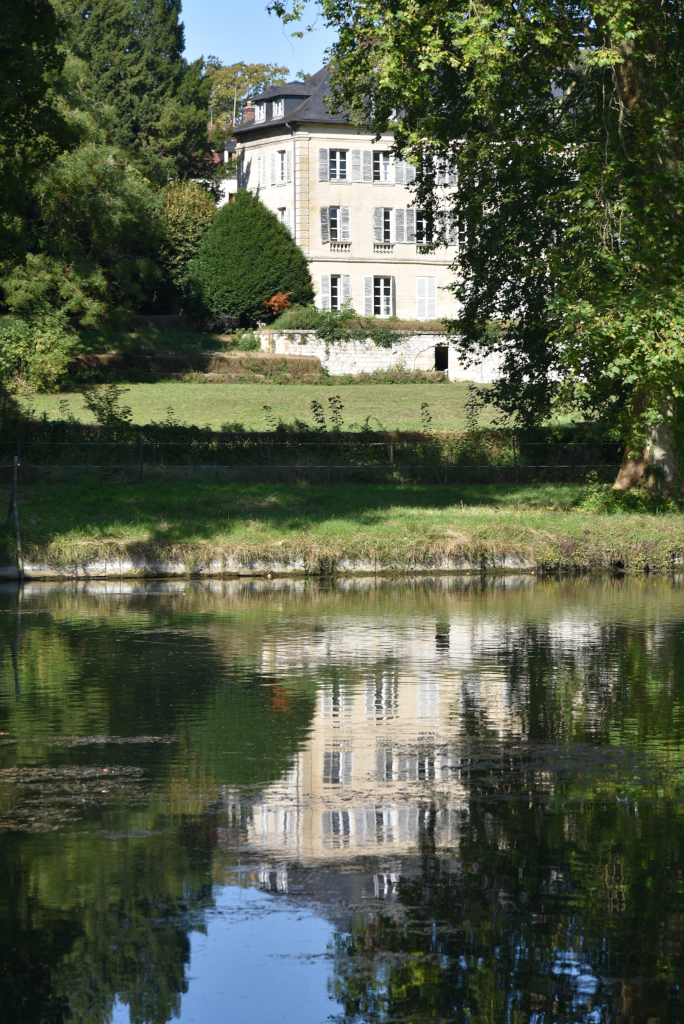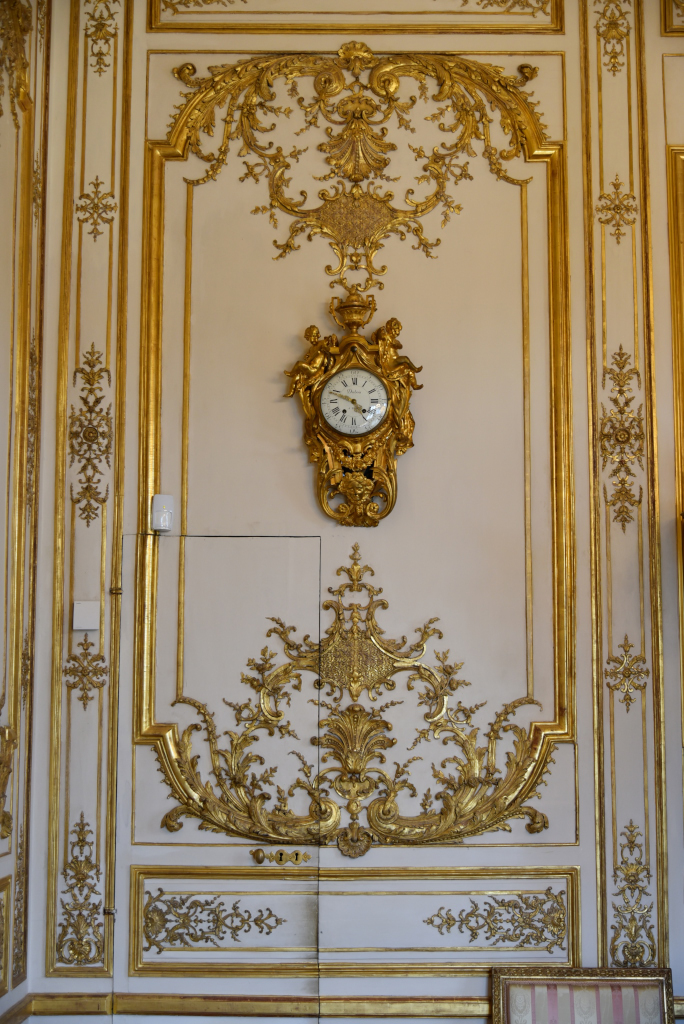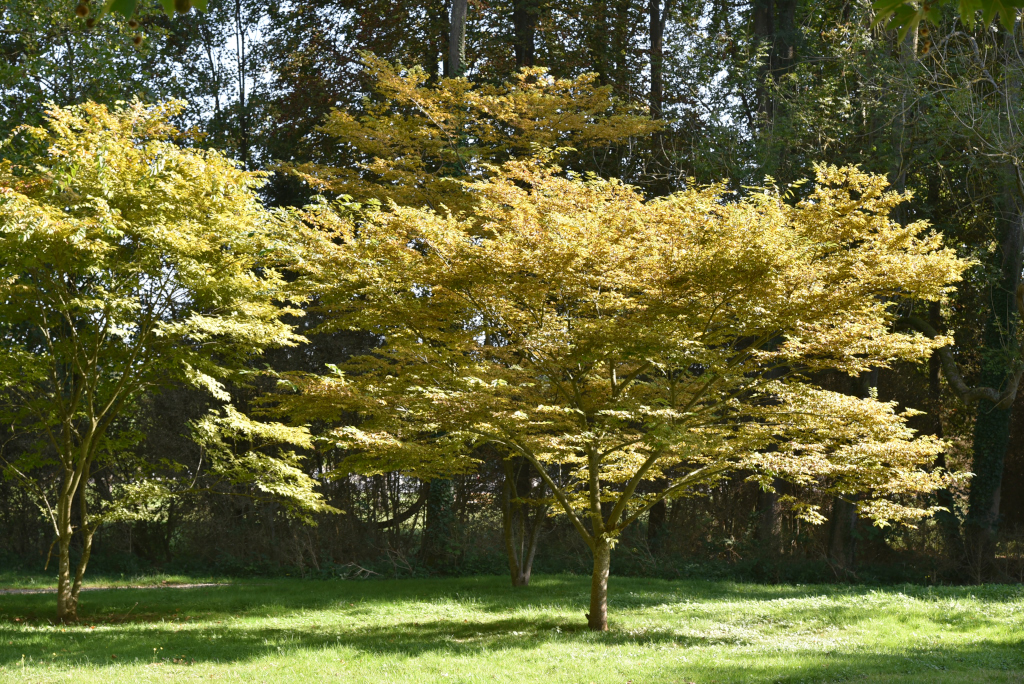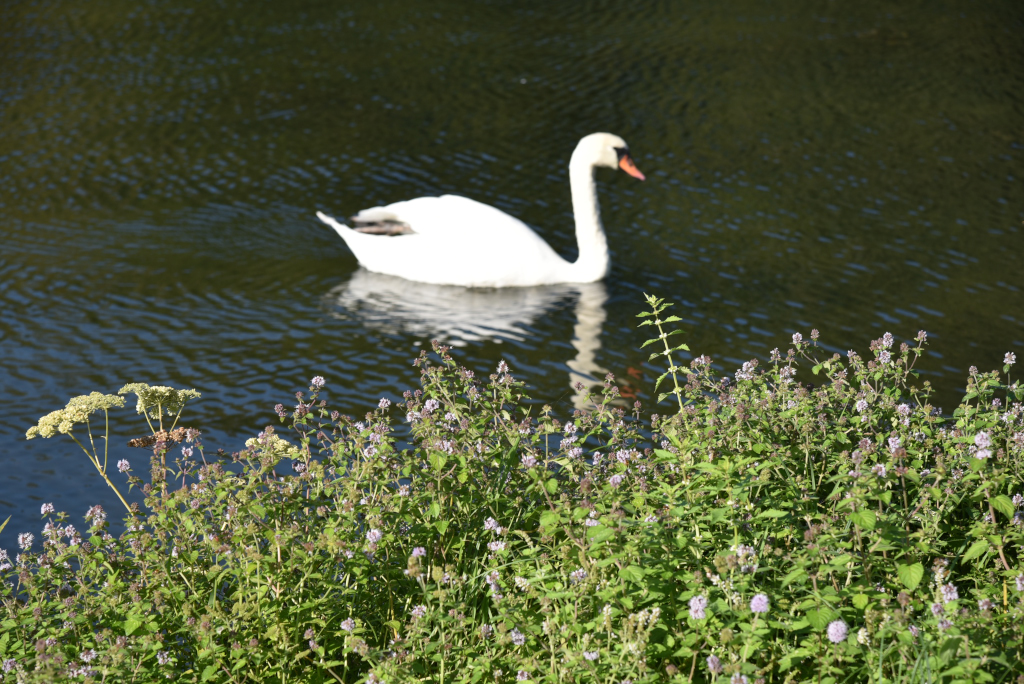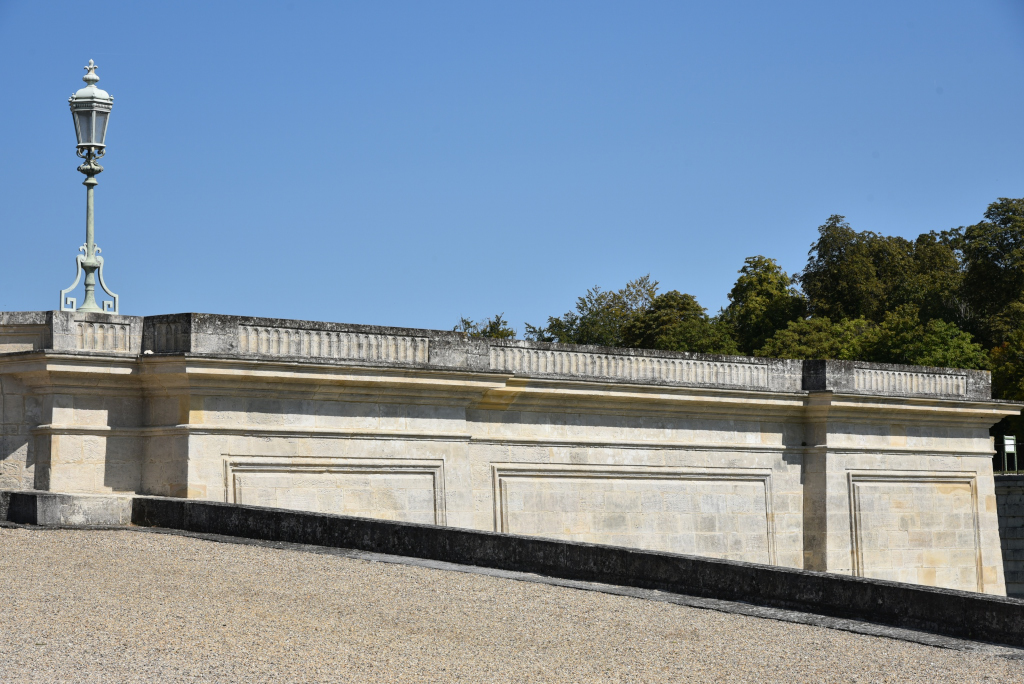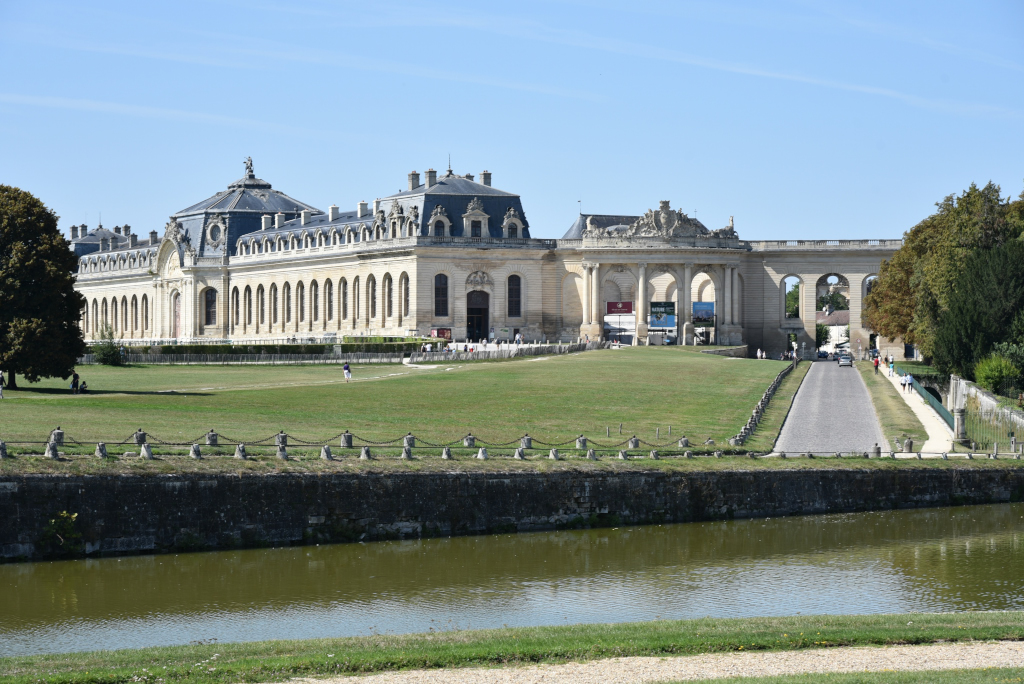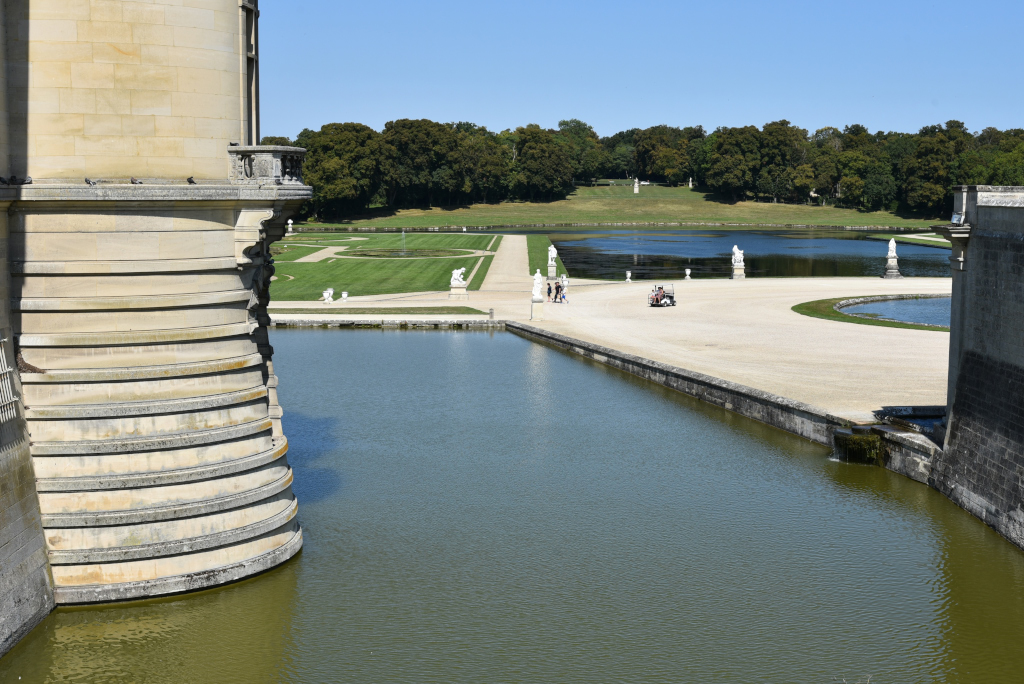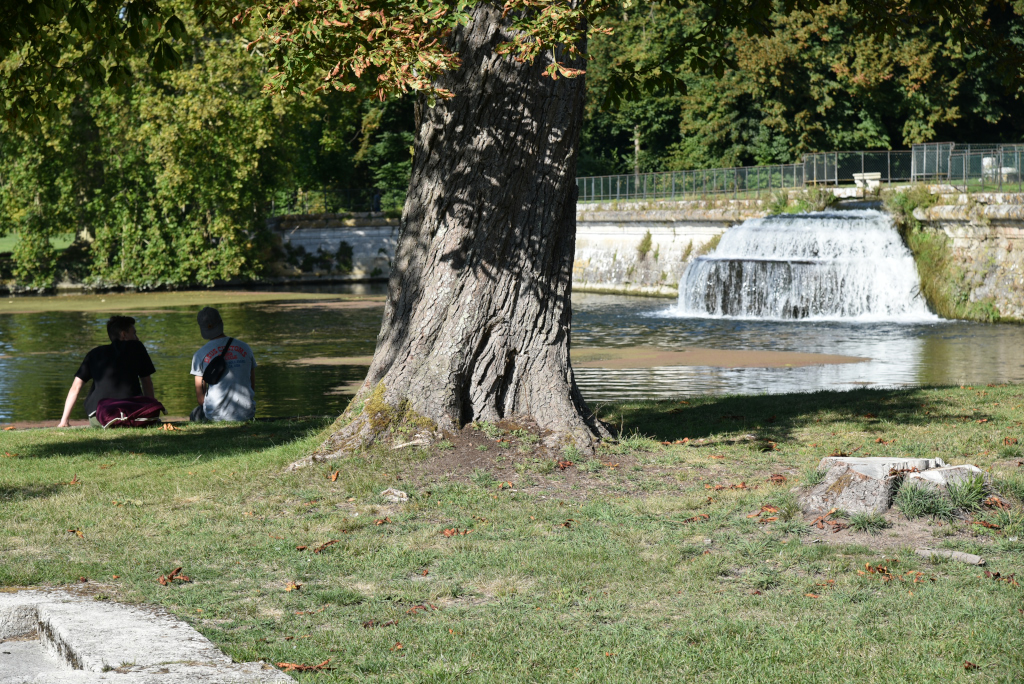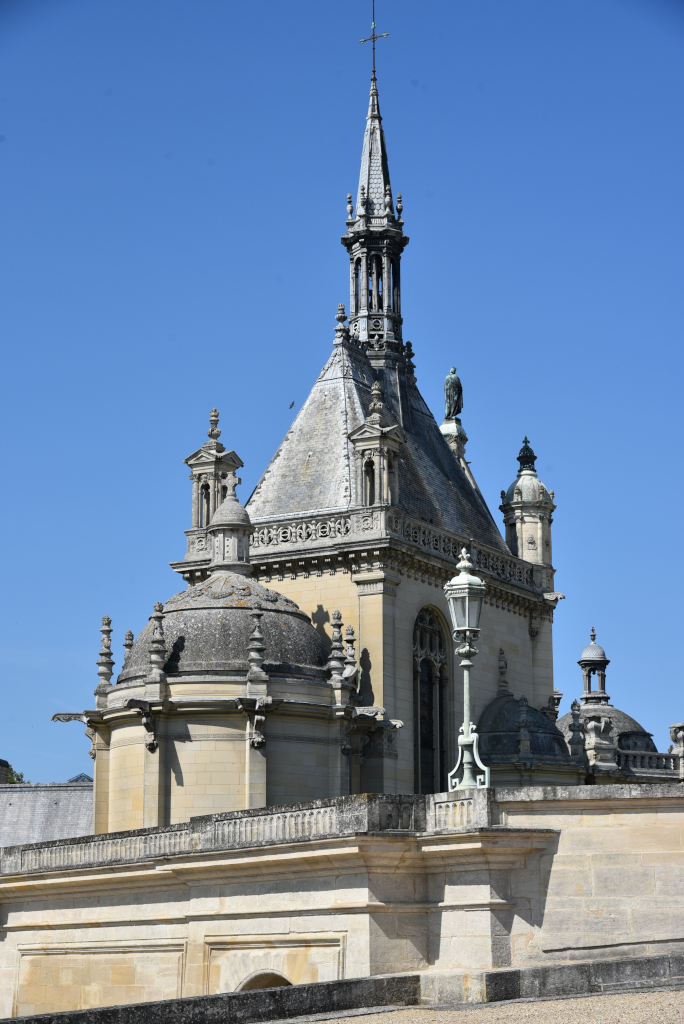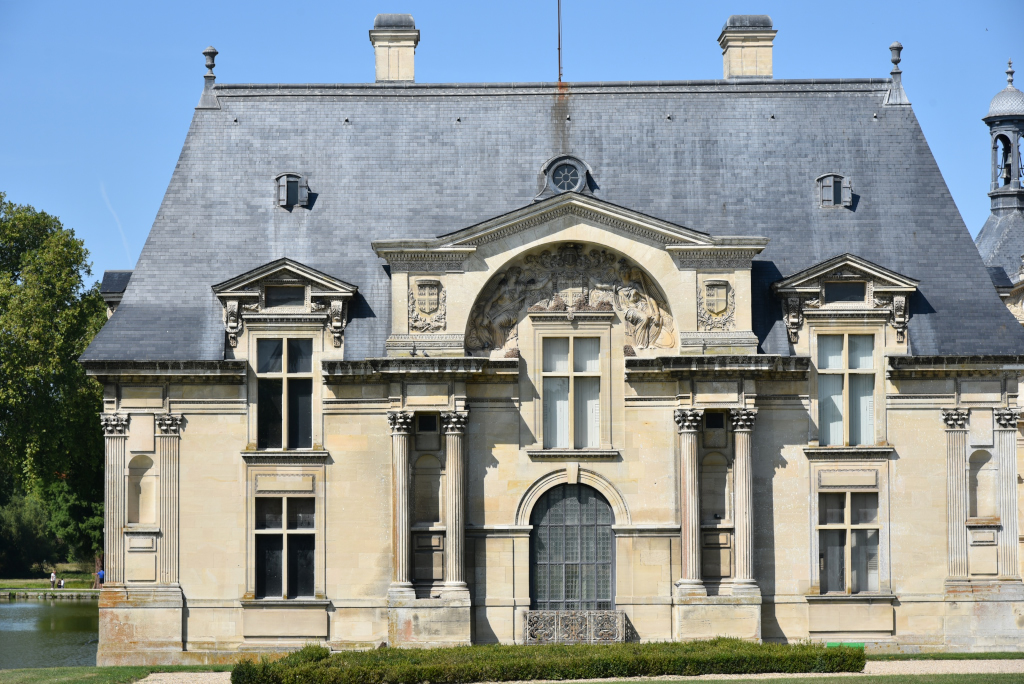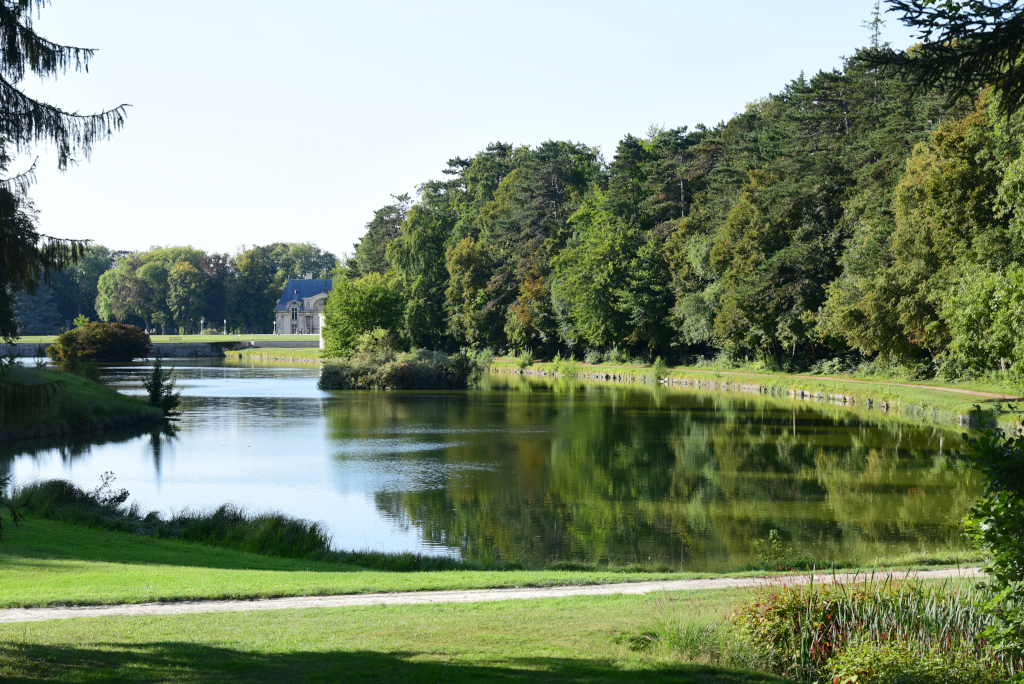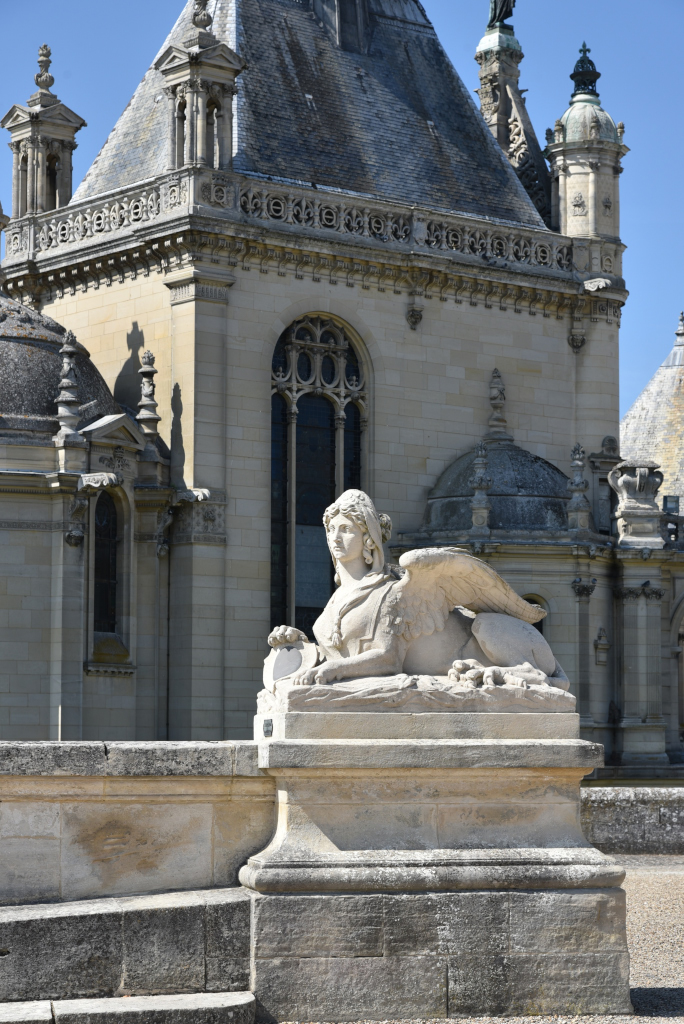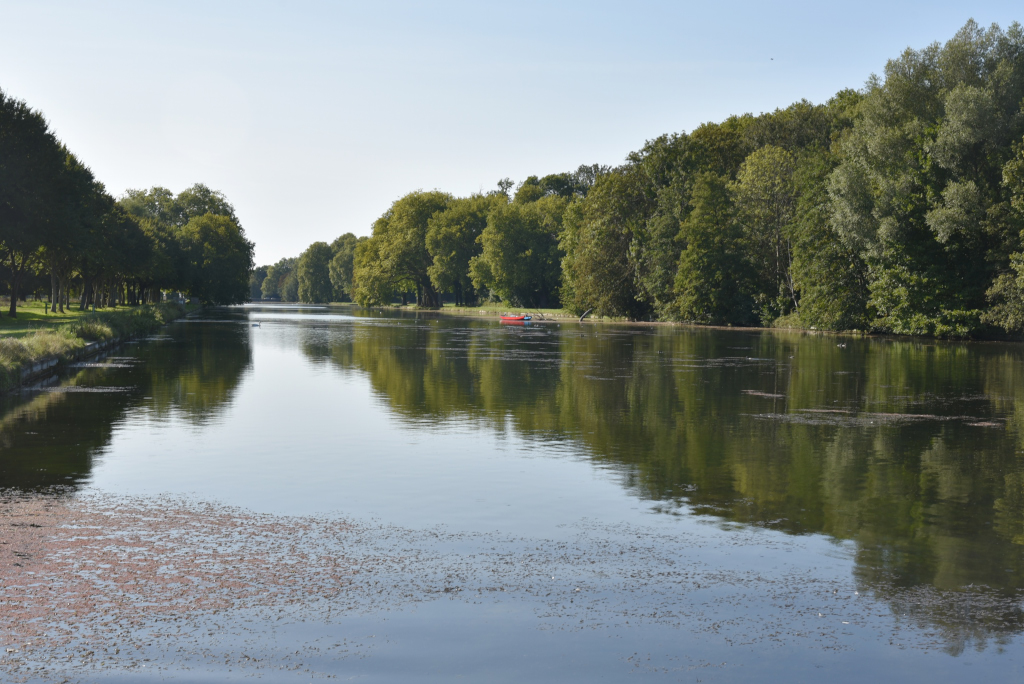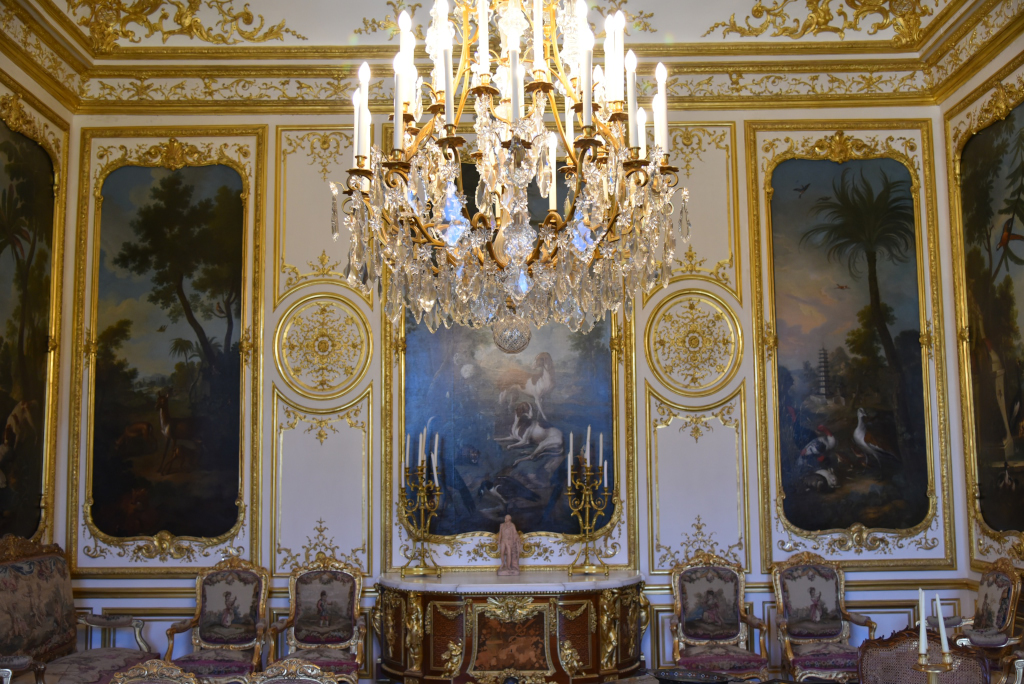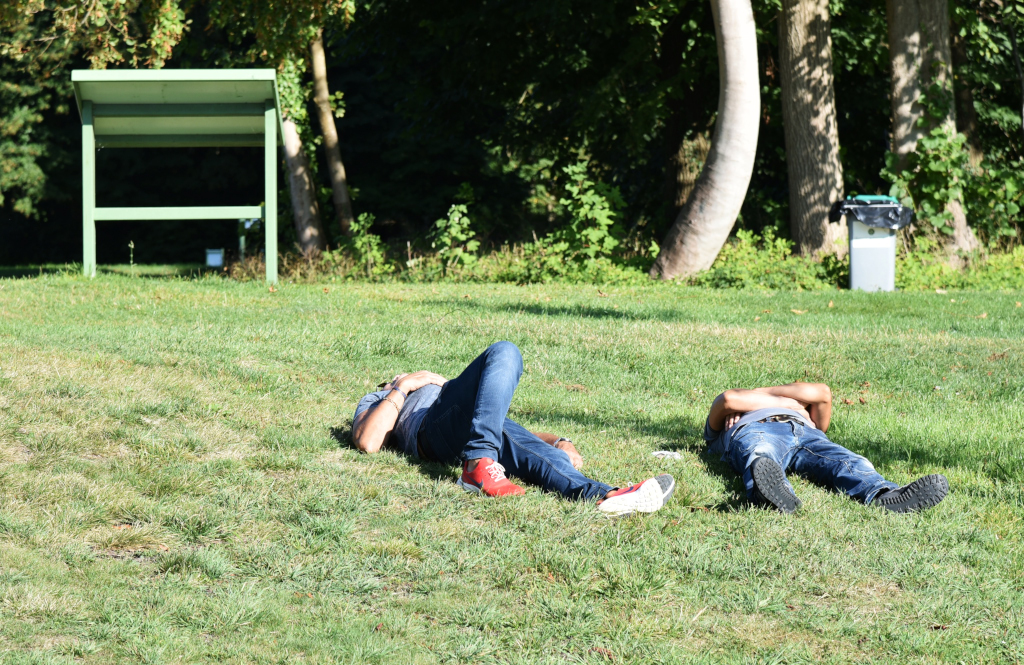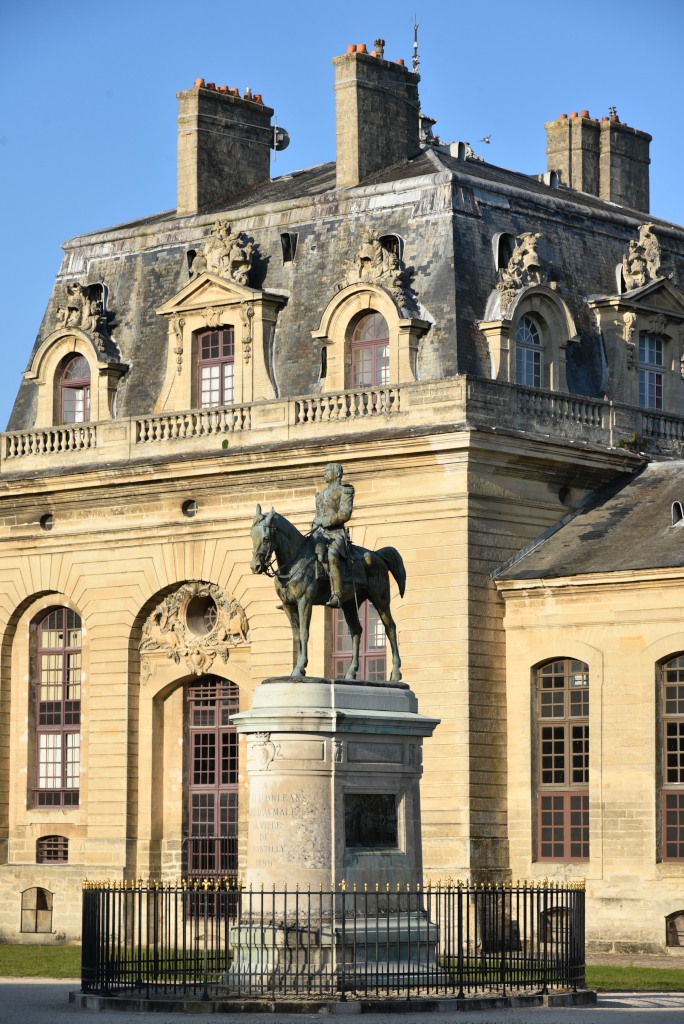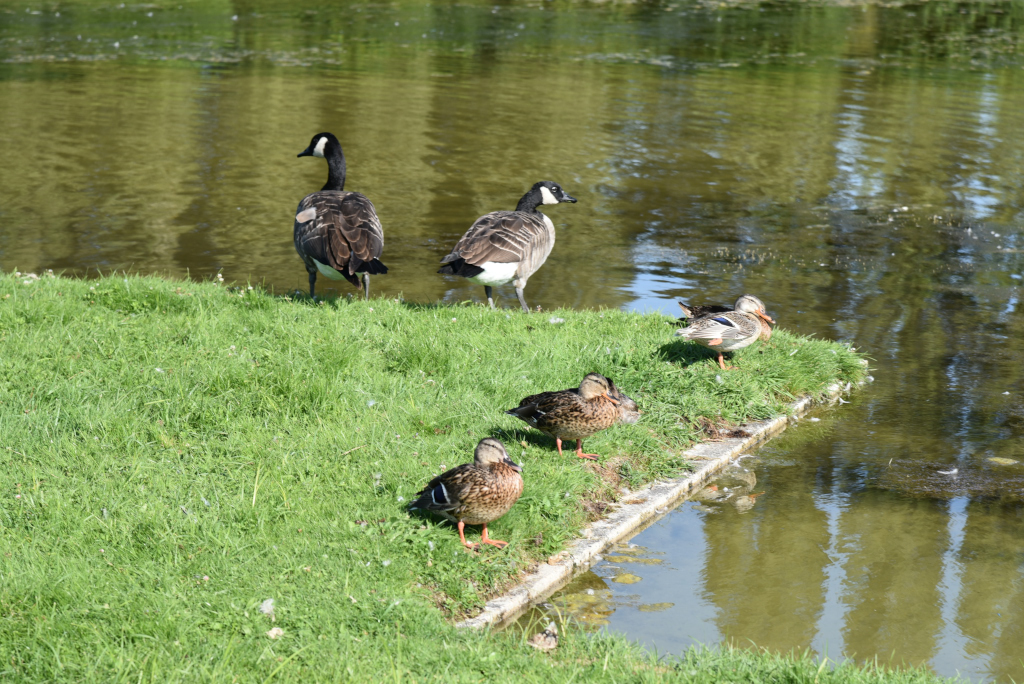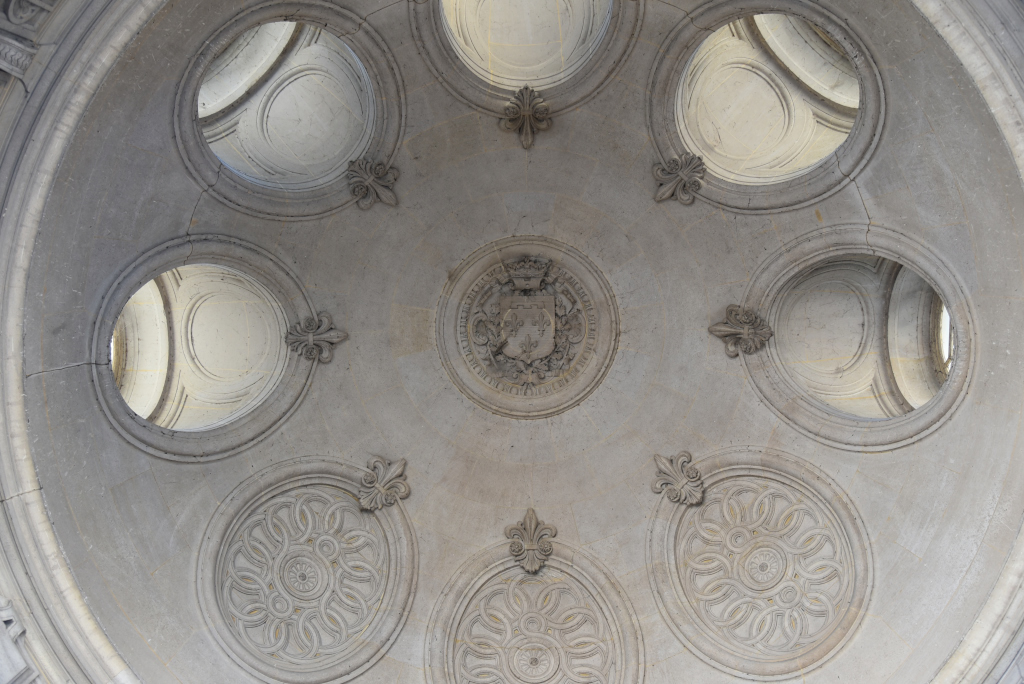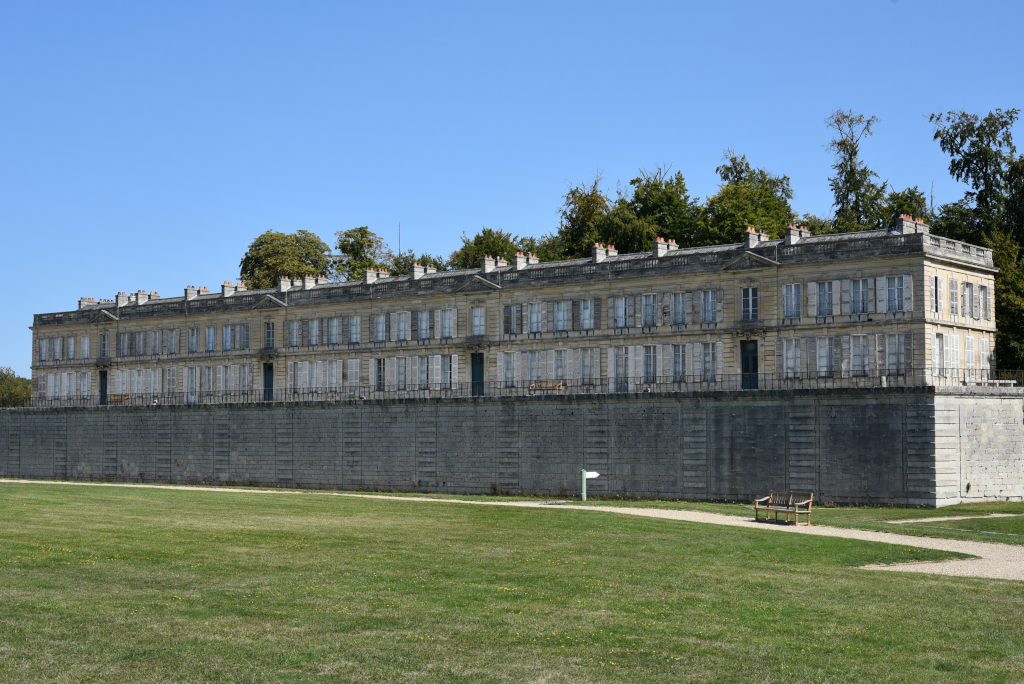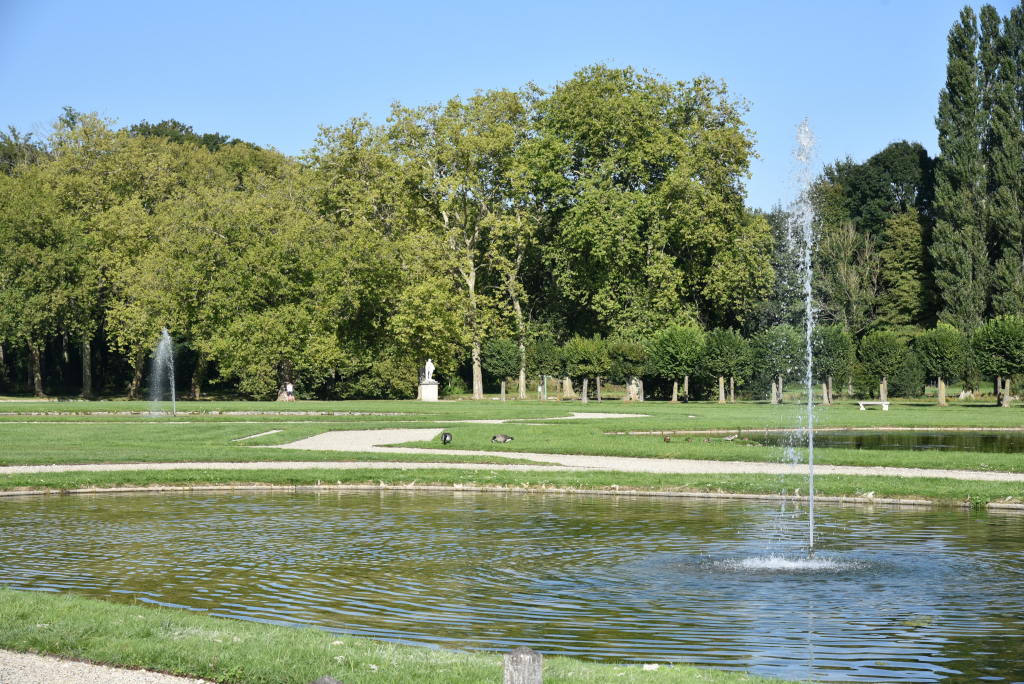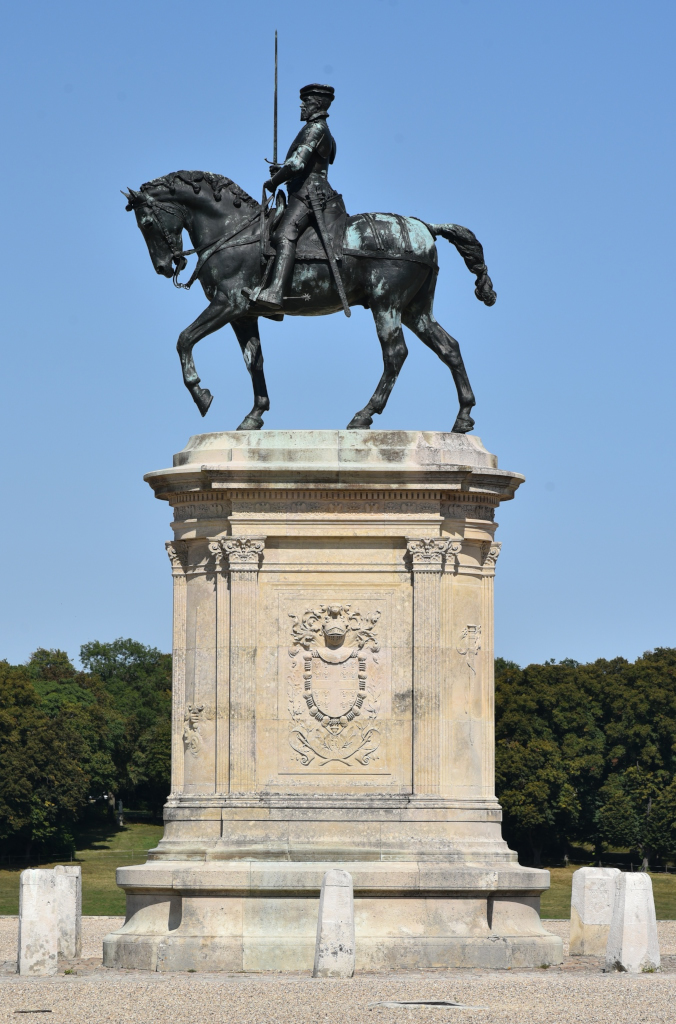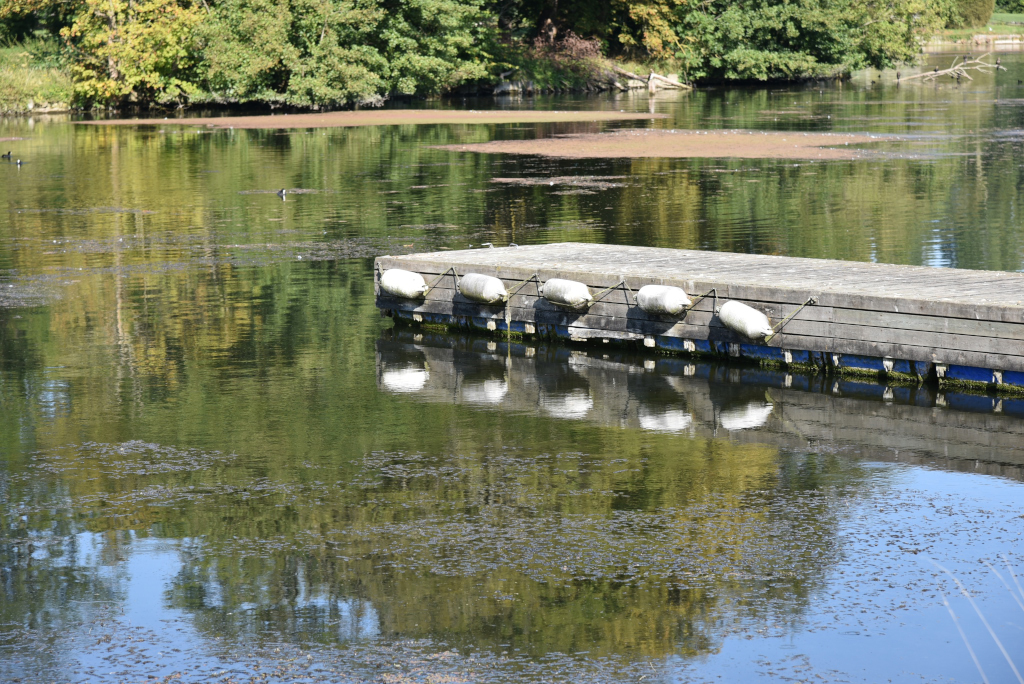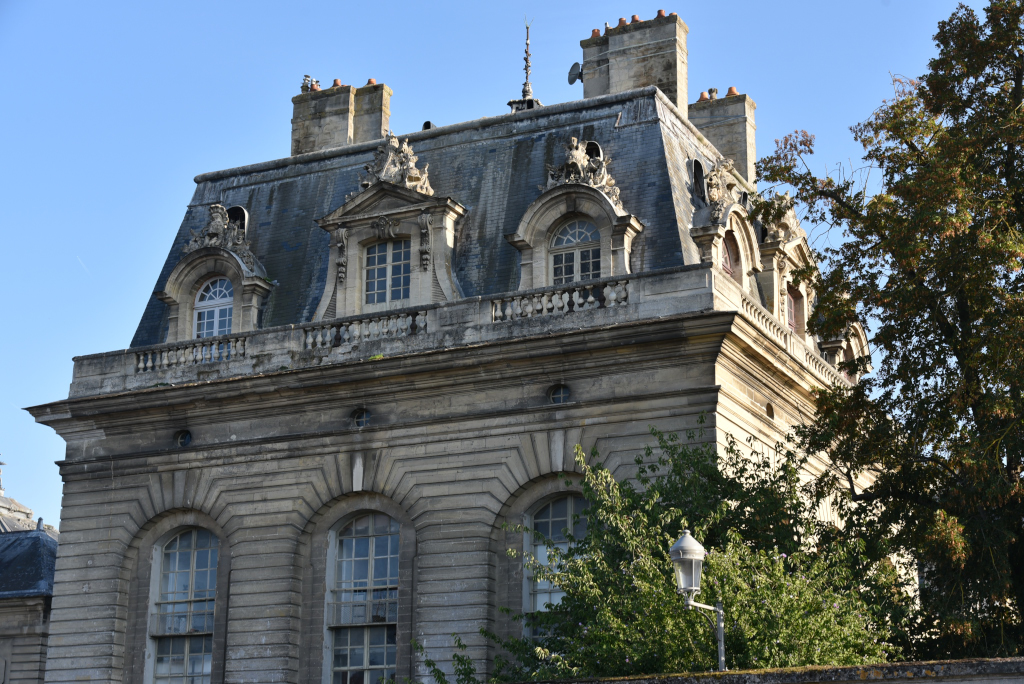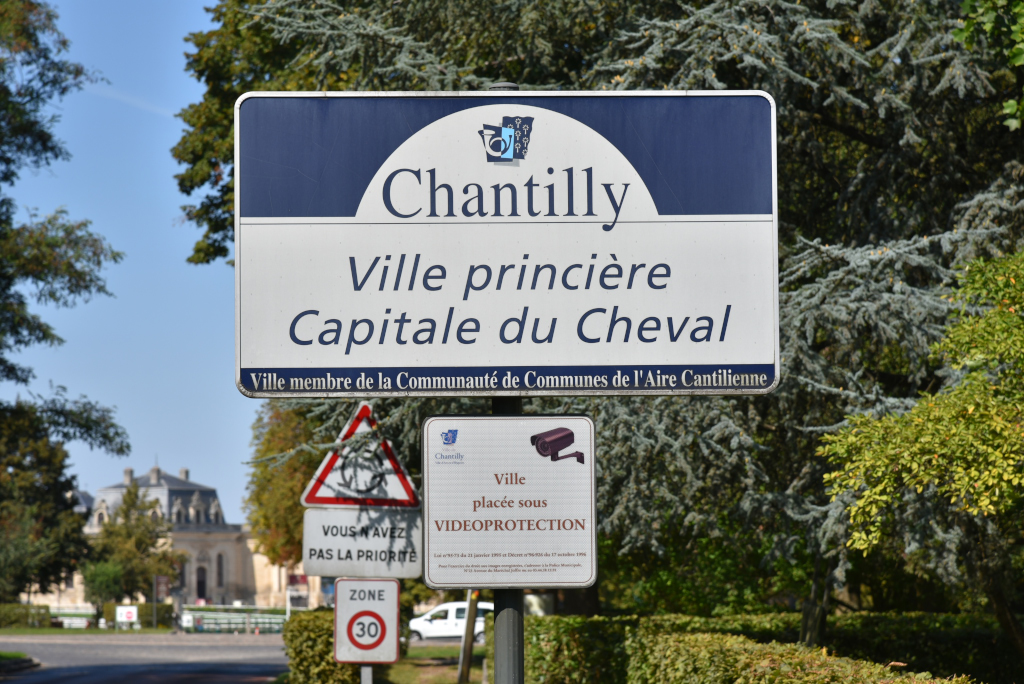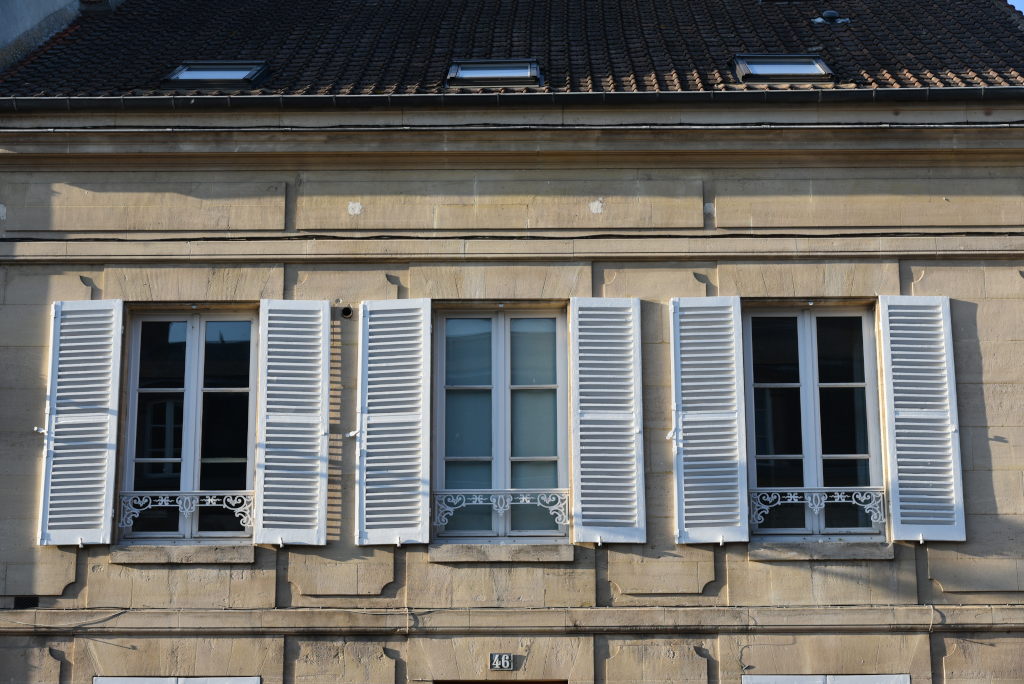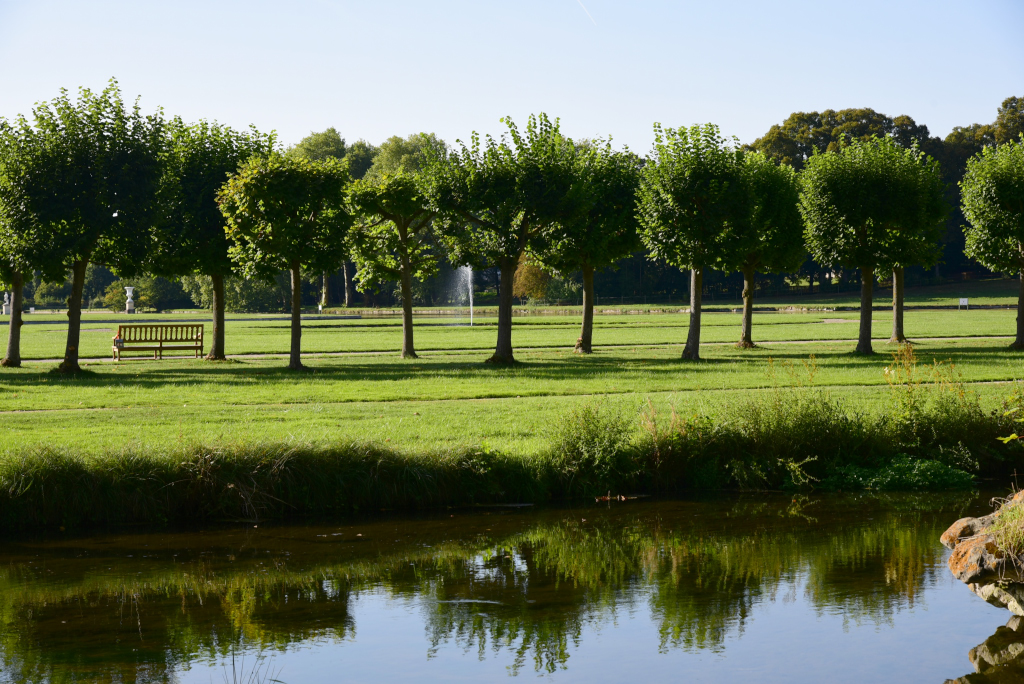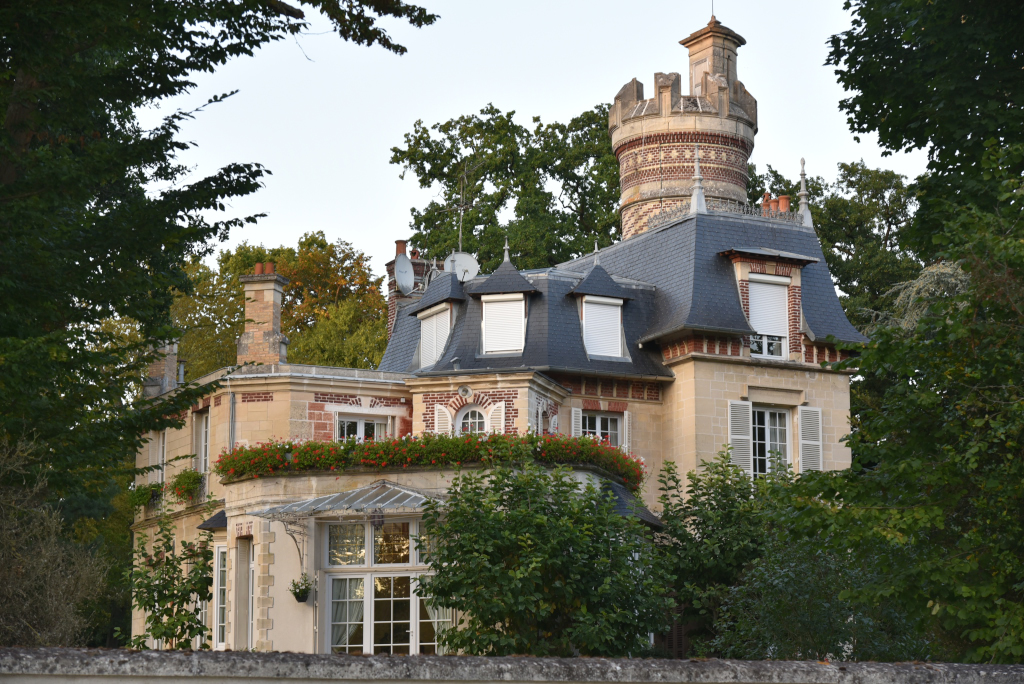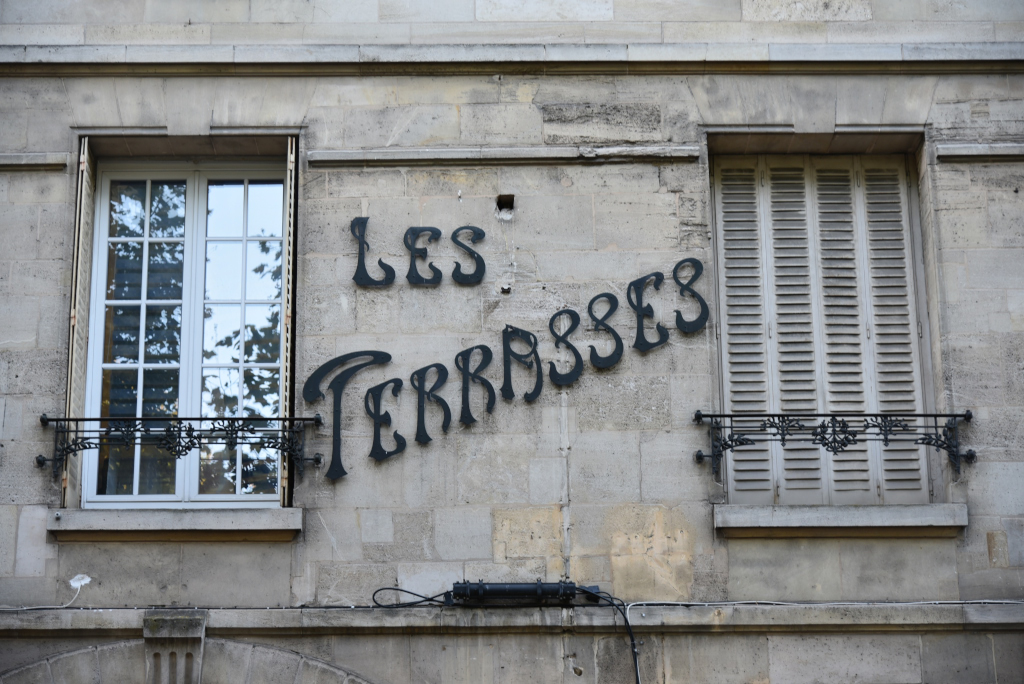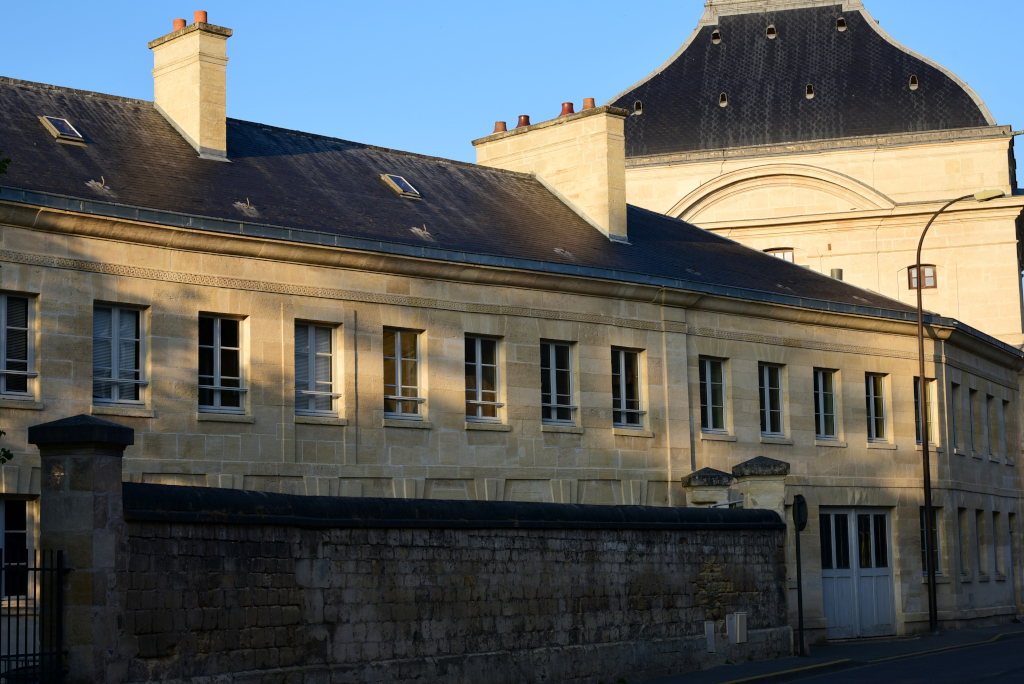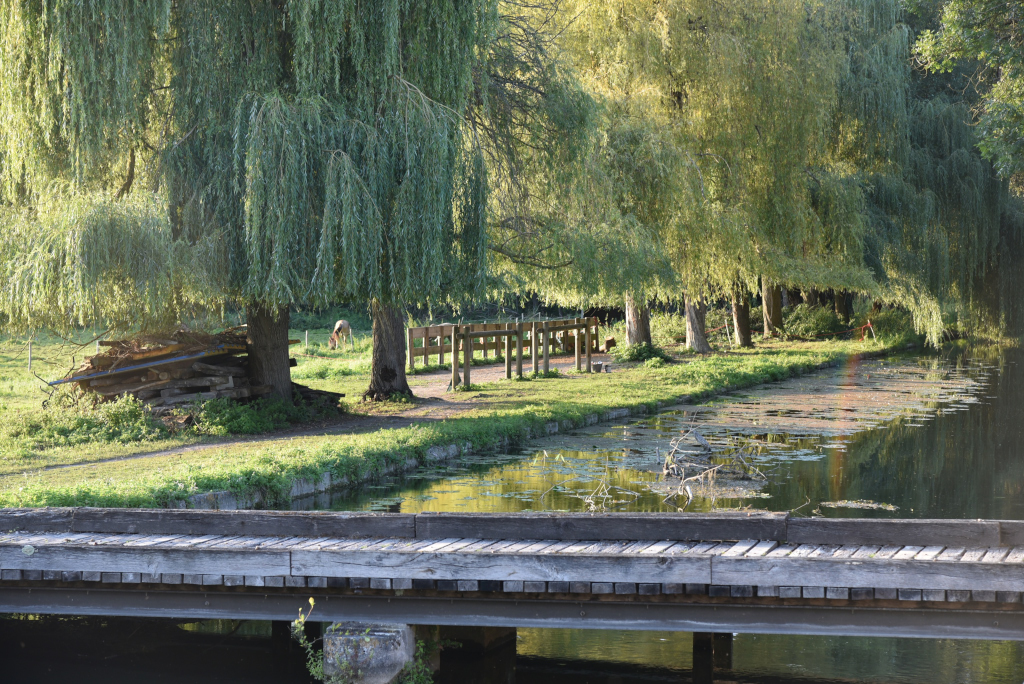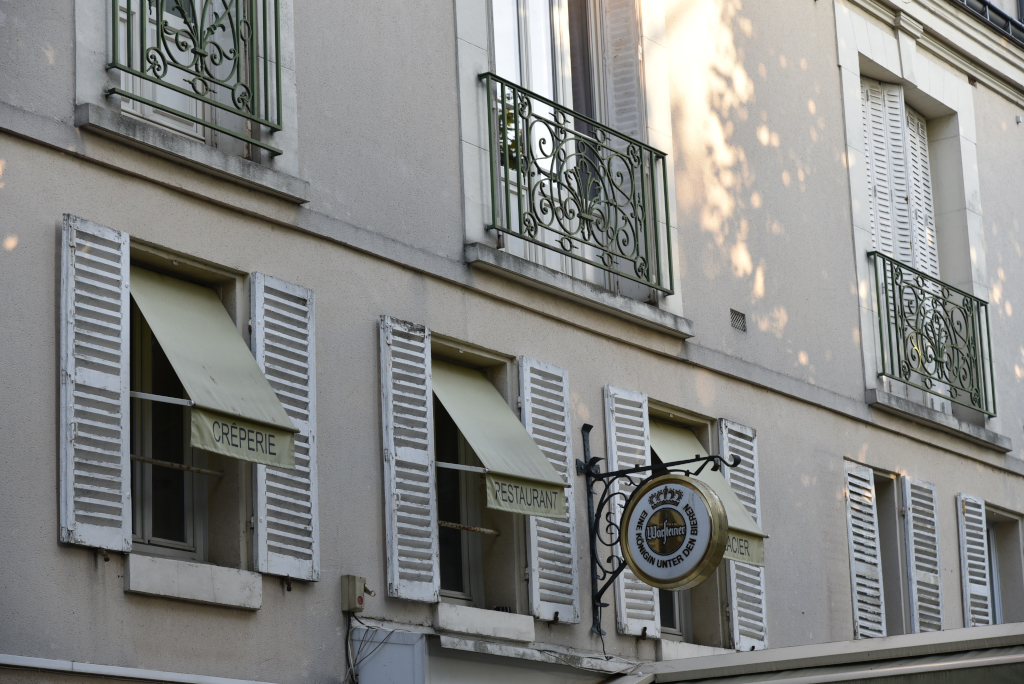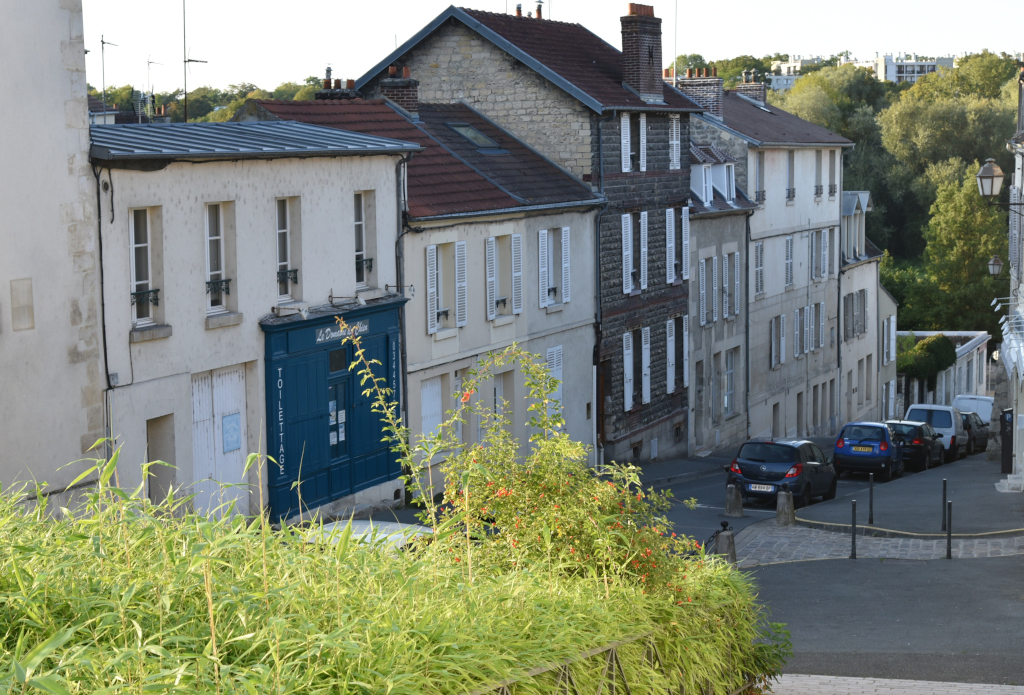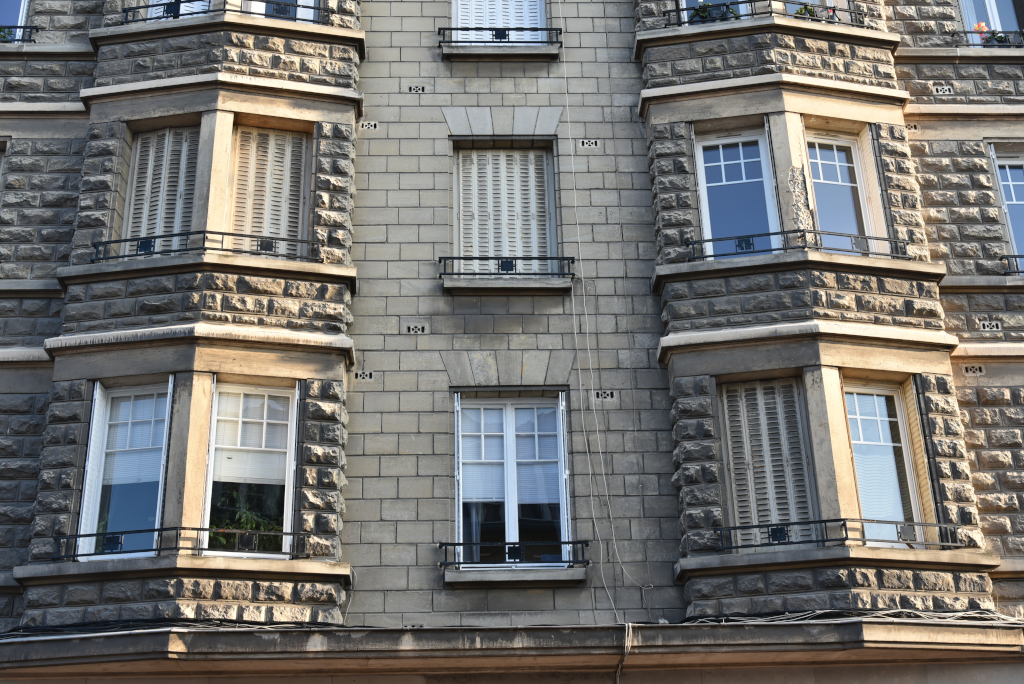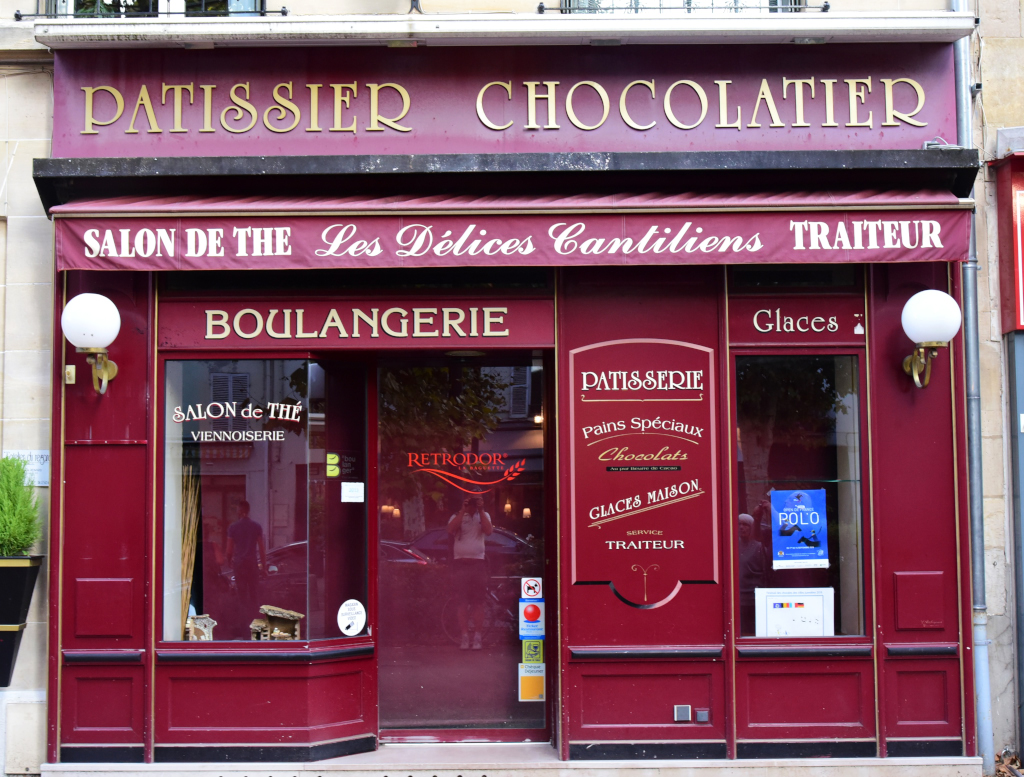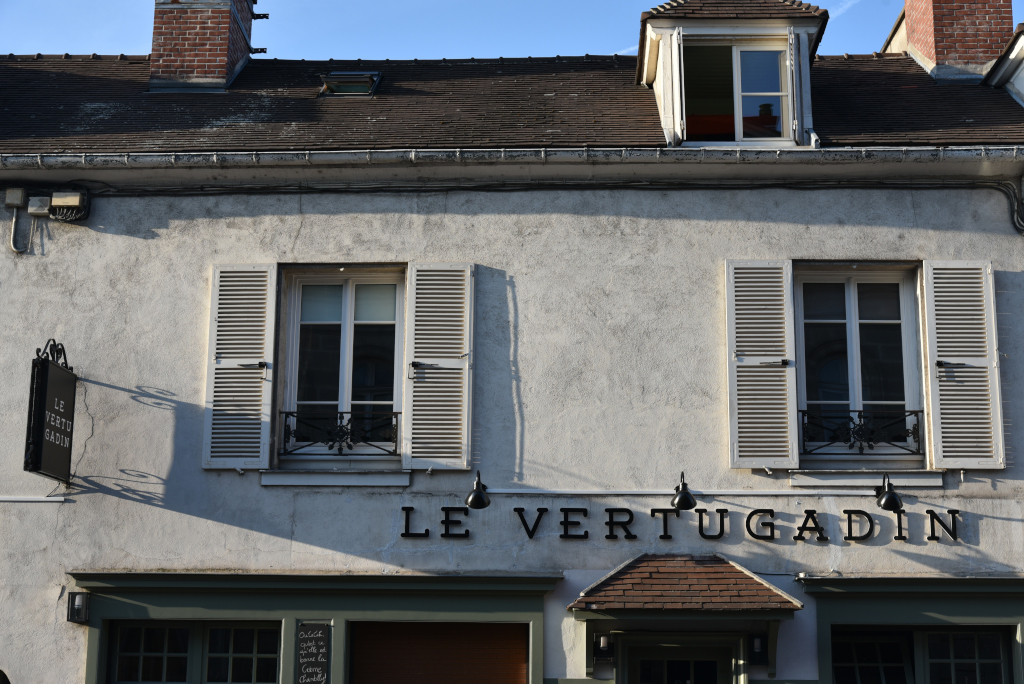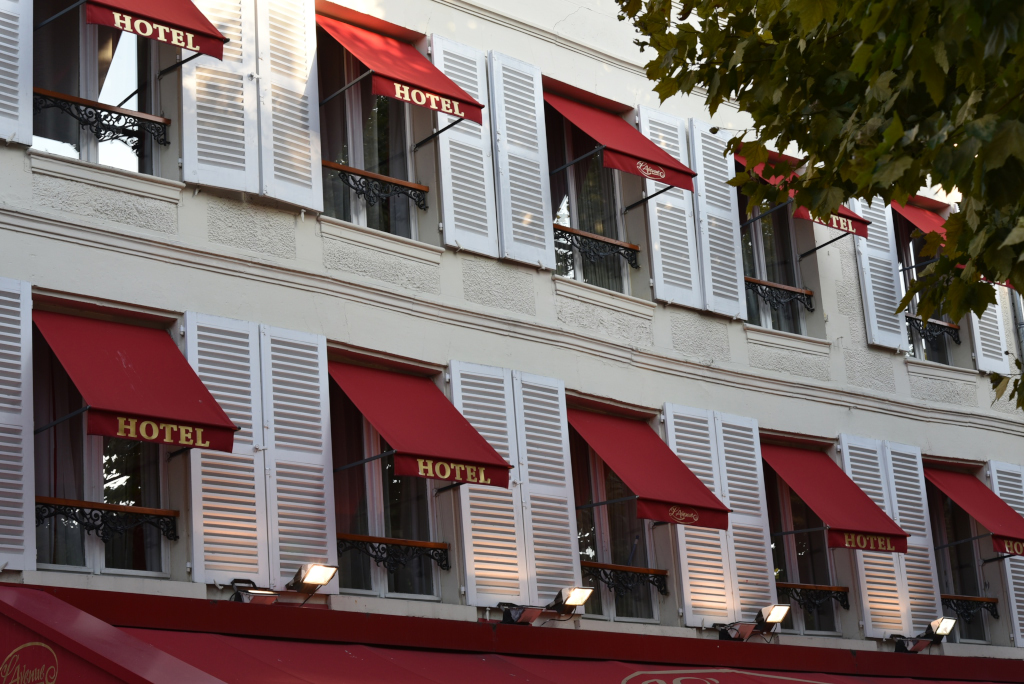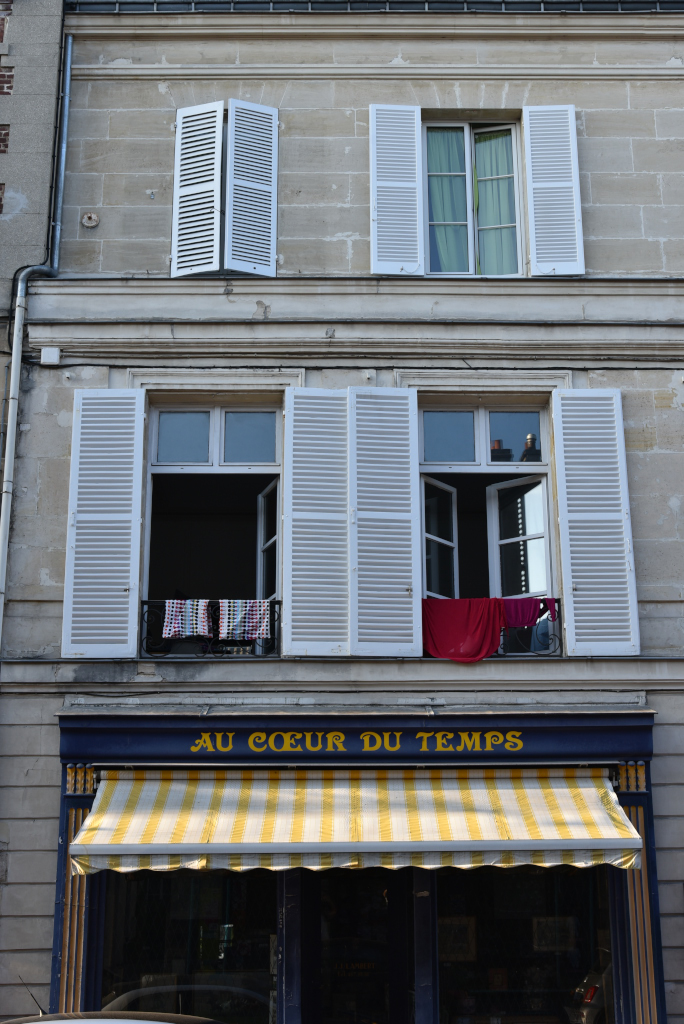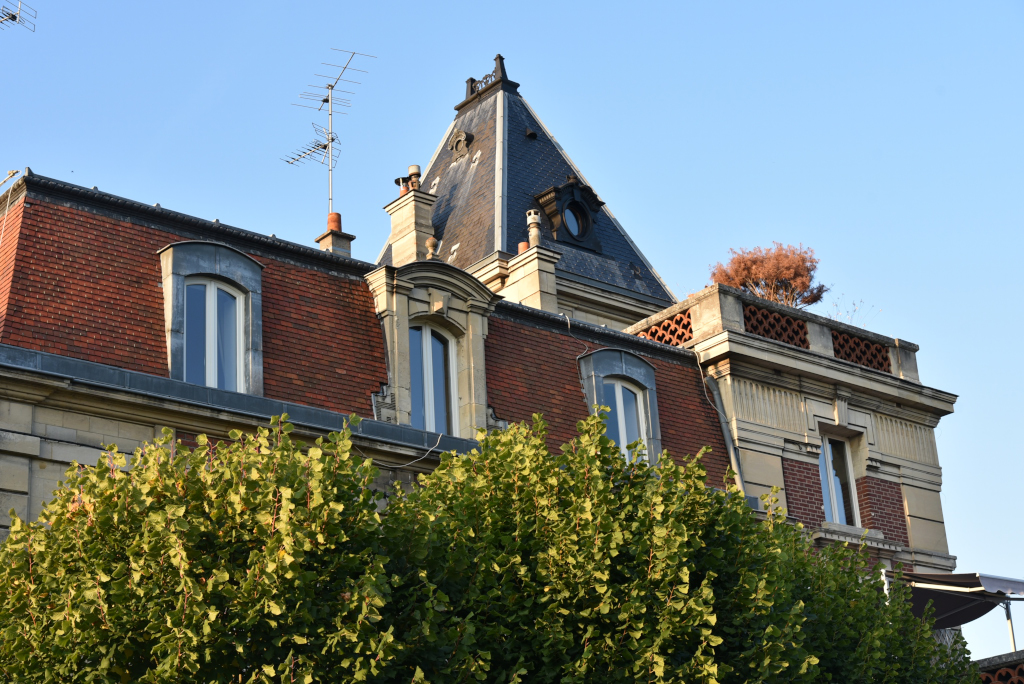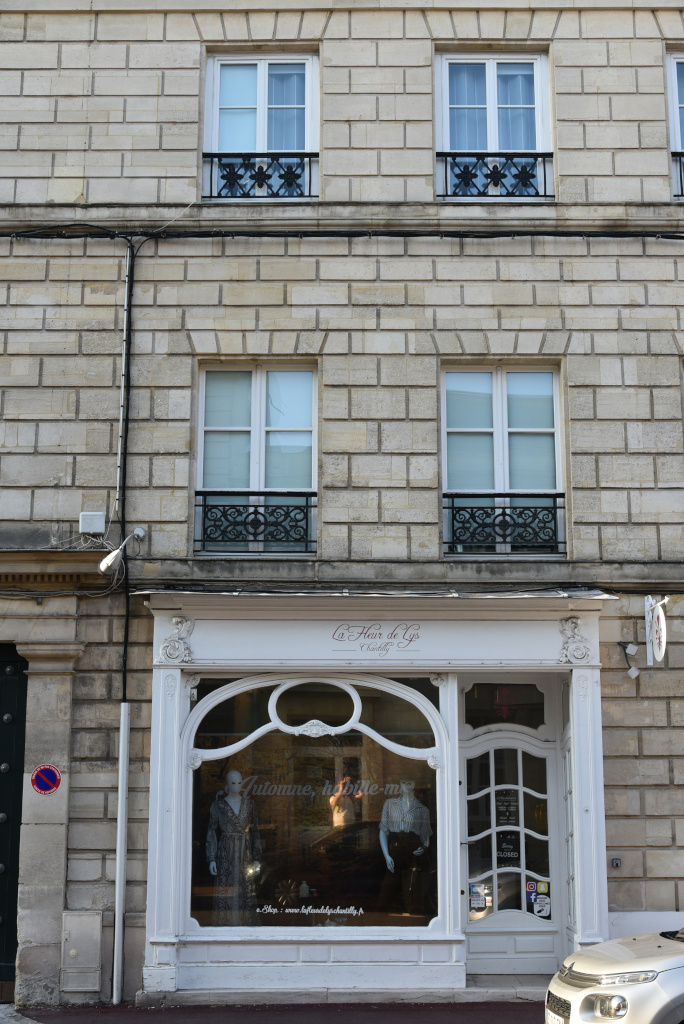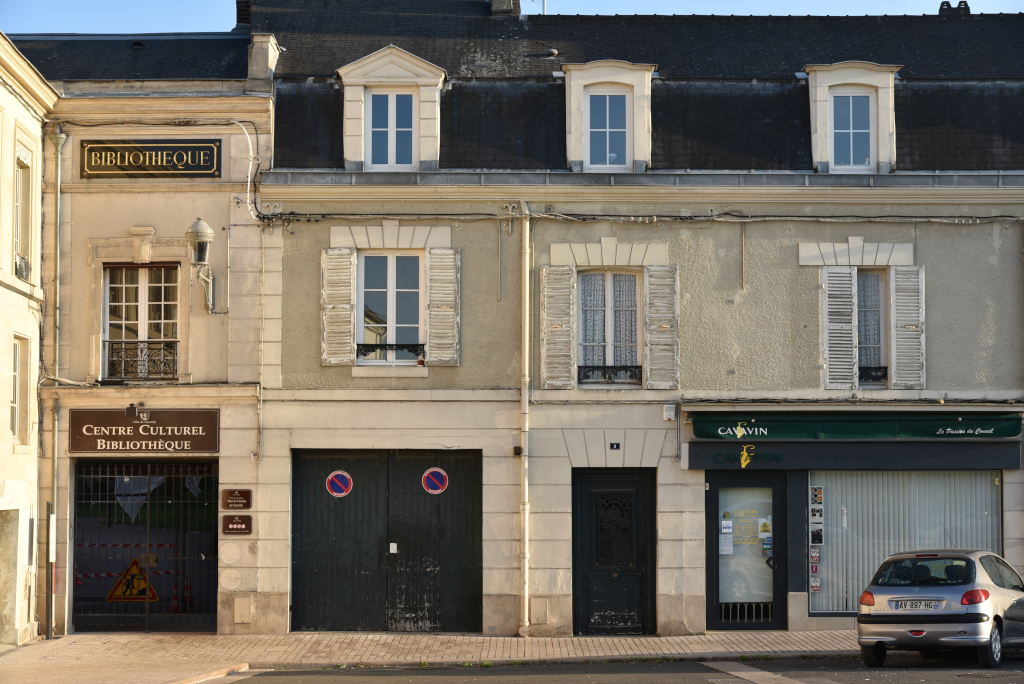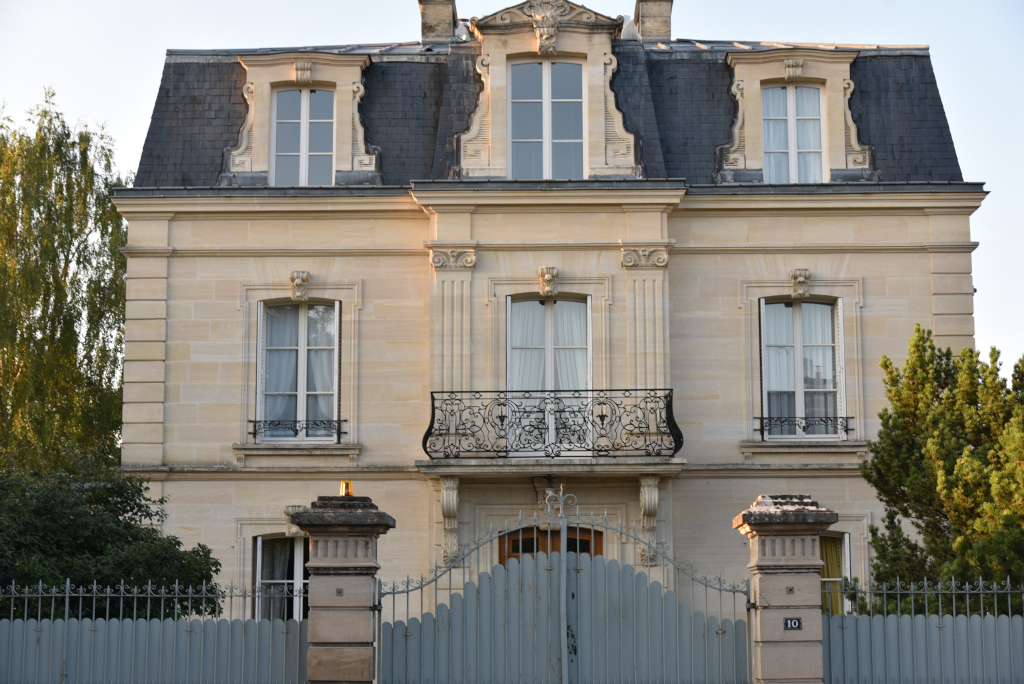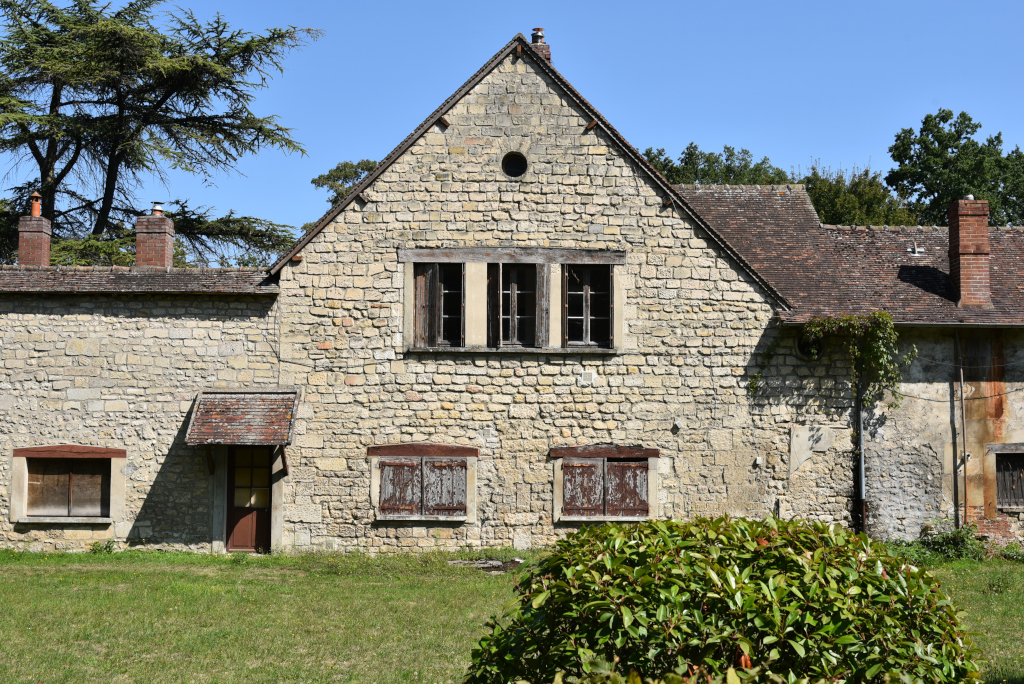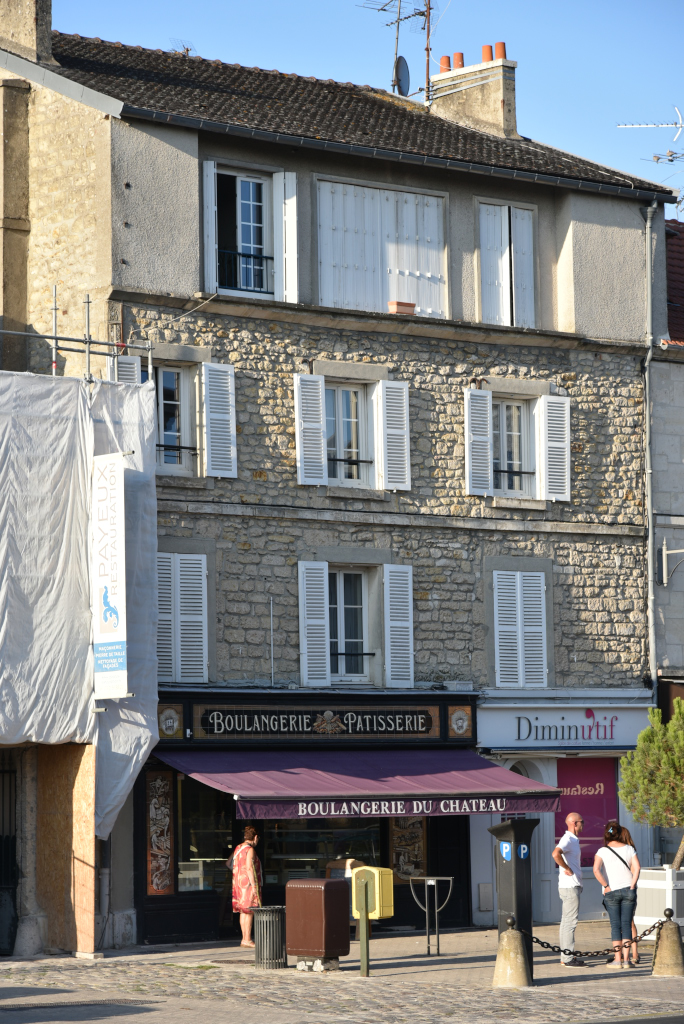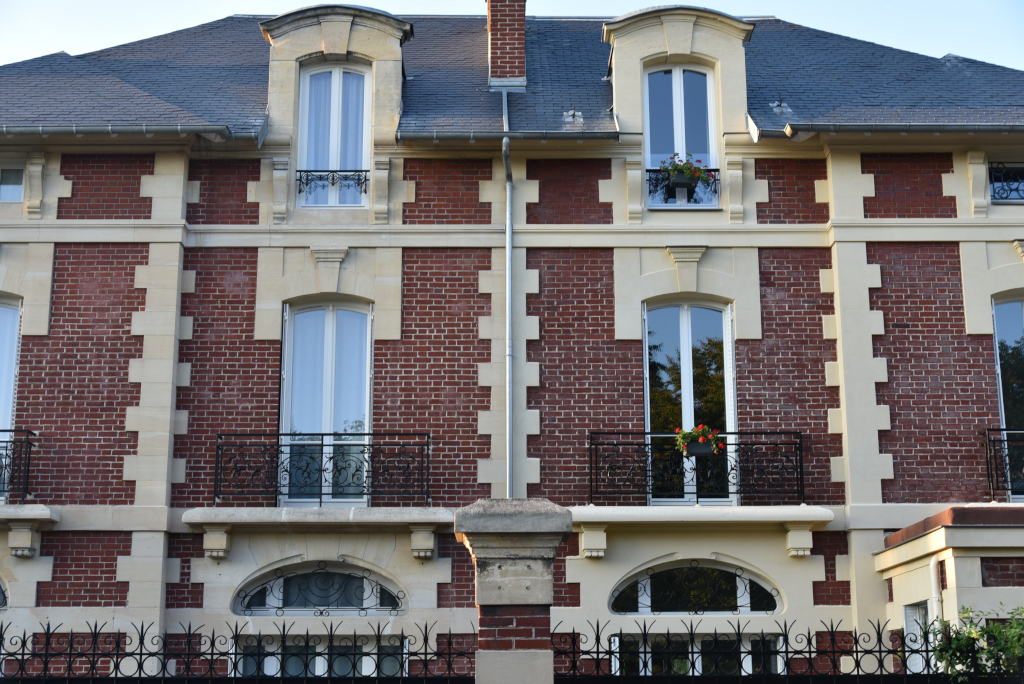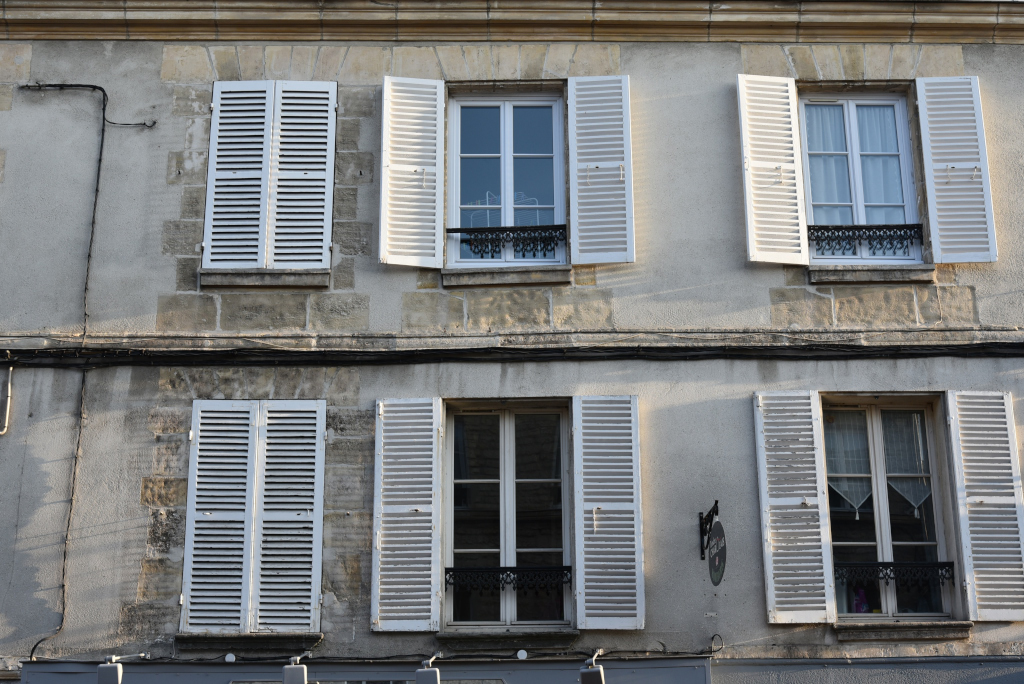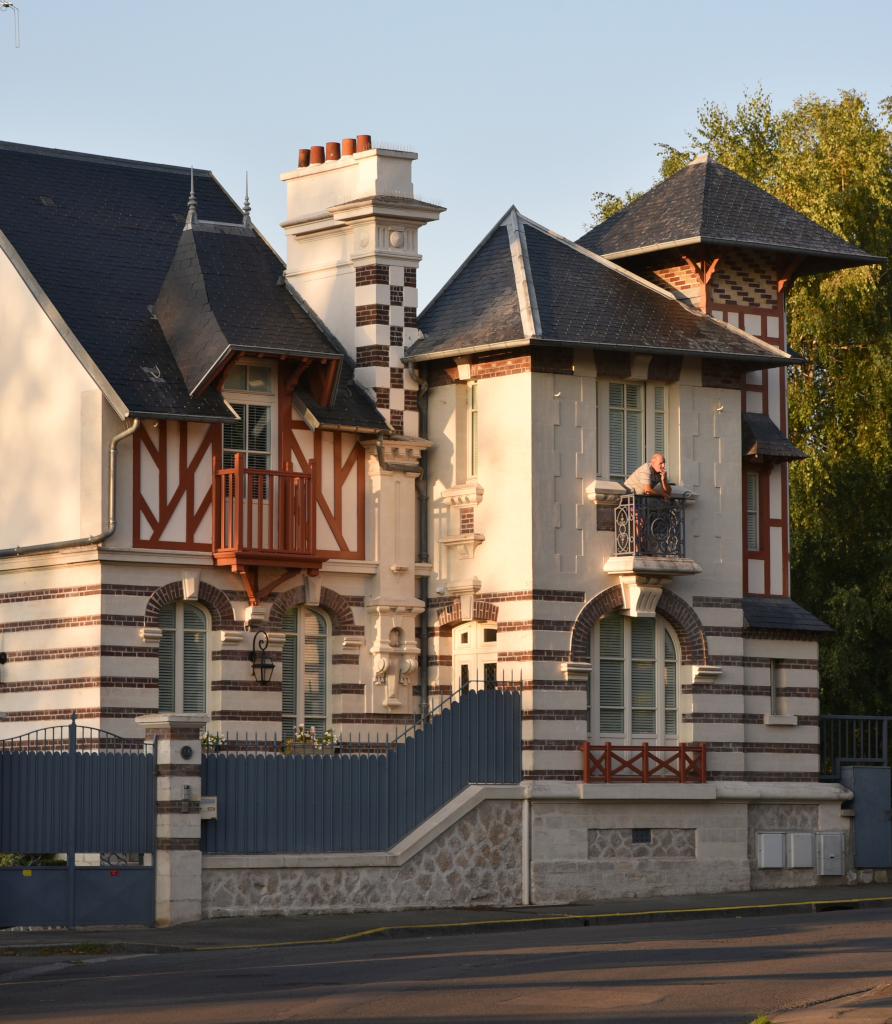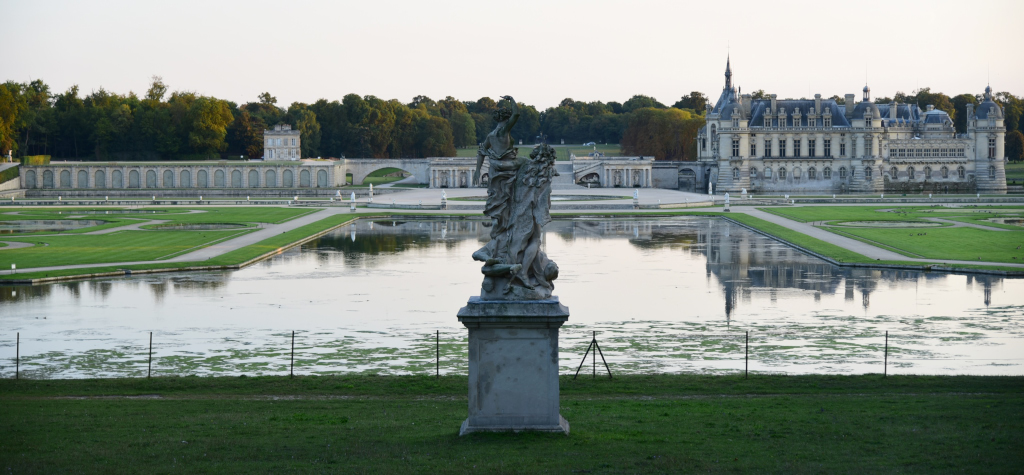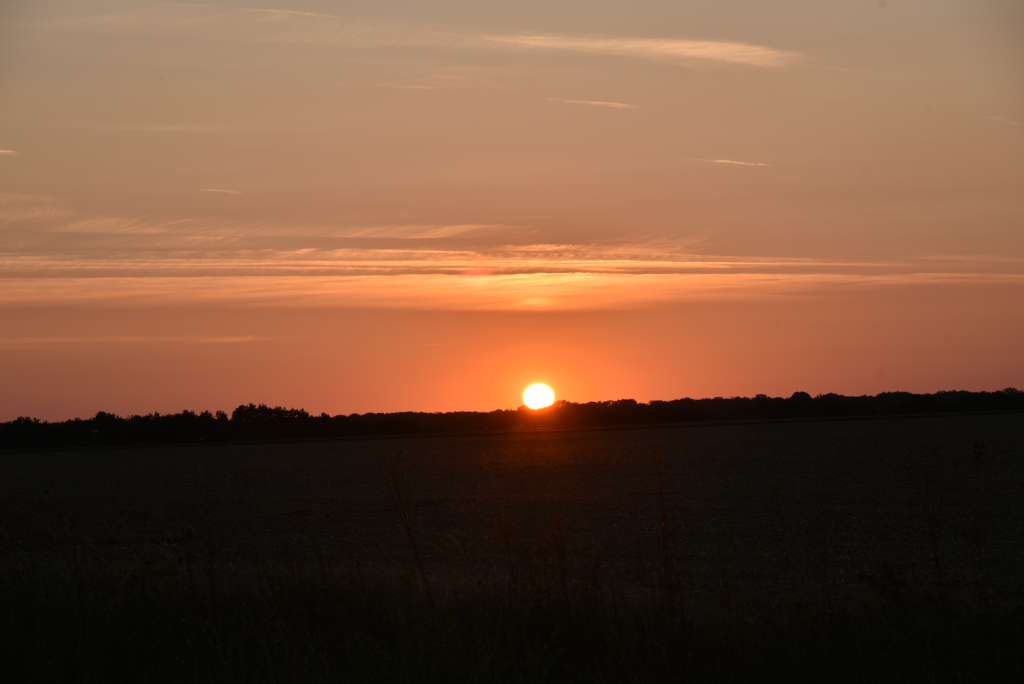September 2, 2018
Château de Chantilly is a renowned castle and major tourist attraction located in the town of Chantilly, in the department of Oise, not far north of Paris. With the exception of the 16th century Petit Château, the present castle is a reconstruction of the nineteenth century for the penultimate son of King Louis-Philippe I, Henri d’Orléans, duc d’Aumale (1822-1897). The gardens are one of the most remarkable creations of the landscape architect André Le Nôtre, while the Great Stables dating from the early 18th century are a masterpiece of the architect Jean Aubert, and now house the Horse Museum.
A fortress with seven towers surrounded by moats in water was located on the site of the contemporary Château de Chantilly in the Middle Ages. The structure was built on a marshland in the valley of the Nonette river, which controlled the road from Paris to Senlis. The castle originally belonged to Guy de Senlis, and maintained a family possession until the fourteenth century. The fortress was sold in 1386 to the former Chancellor of Charles V, at which time its reconstruction began. His family possessed the castle for three generations from the fourteenth to the fifteenth century. In 1484 Pierre III d’Orgemont bequeathed Chantilly to his nephew Guillaume de Montmorency.
The Montmorency family owned Chantilly from the fifteenth to the seventeenth century. Anne de Montmorency (1492-1567) had the fortress renovated and the Capitainerie or Petit Château built at the foot of the old fortress. A terrace was added with an equestrian statue of the architect as well as seven chapels, two of which were kept inside the park.
Henry I of Montmorency built in the upper part of the park La Chaumière (House of Sylvie) which remains today, albeit remodeled. Destined to receive Henry IV, this small pavilion was the refuge of the poet Theophilus de Viau. Due to his revolt against royal authority, Henry II of Montmorency was executed in Toulouse in 1632, which drove his wife Marie des Ursins to enter a convent, leaving their property to be confiscated by Louis XIII.
In 1643, Anne of Austria returned the estate to the last of the sisters of Henry II of Montmorency, Charlotte de Montmorency, wife of Henry II of Bourbon-Condé, whose son Louis II of Bourbon-Condé had just won the battle of Rocroi. Hence the estate passed to the Condés, the younger branch of the Bourbon house. From the seventeenth to the nineteenth century, the fate of Chantilly was identified with that of the Condé family.
Louis II of Bourbon-Condé (1621-1686) devoted considerable energies to the property, commissioning André Le Nôtre to work on the park, create the property’s great canal and more. Louis received great writers of the era at Chantilly, including La Fontaine, La Bruyere, Bossuet, Madame de La Fayette and Madame de Sévigné. He devoted his fortune to the acquisition of paintings, objets d’art and opulent furniture, as well as enrich the collections of manuscripts and rare books.
Towards the end of his life, Louis had the interior of the castle restored, whereupon his son Henri Jules de Bourbon-Condé had the castle modernized at great expense as well as the Great Stables built. Louis XV’s chief minister from 1723 to 1725, Henri Jules had the apartments of the Petit Château decorated, set up a natural history cabinet and created the porcelain factory of Chantilly. Louis V of Bourbon-Condé subsequently had the Château Enghien built in addition to the Anglo-Chinese garden and the hamlet that inspired Marie-Antoinette to create her copy at the Trianon in Versailles.
In August 1830, on the death of the 9th and last Prince of Condé, Henri d’Orleans inherited the Chantilly estate. Then in exile in England, he assembled large collections of valuable books and paintings, which he continued upon his return to France, and which he housed at Chantilly, which he had rebuilt toward the end of the 19th century. On May 7, 1897 Henri d’Orleans died, bequeathing the immense estate of Chantilly to the Institut de France, making it public property and a museum.
The castle of Enghien was built in 1769, its original function to house the guests of the princes. It owes its name to Louis Antoine de Bourbon-Condé, duke of Enghien, son of the last prince of Condé, who was lodged with his nurses in the building after his birth in 1772. The Great Stables were built between 1719 and 1740. 186 meters in length, the stables represent one of the showcase structures of the Chantilly estate, exceptional in their dimensions as well as in their magnificence. The stables could house 240 horses and 500 dogs, used for daily hunts in the Chantilly forest.
The Chantilly gardens include 115 hectares, including 25 hectares of water bodies as well as 60 hectares of Sylvie’s park. The adjacent Chantilly forest spans 6,310 hectares and is an integral part of the estate. The Chantilly gardens were a favorite creation of André Le Nôtre, which he structured around two perpendicular axes: the first, running north-south, along the axis of the majestic terrace built by the Constable of Montmorency, and the second, running east-west, occupied by the Grand Canal.
Between the terrace and the Grand Canal Le Nôtre created flower beds decorated with basins and adorned with vases and stone statues, most of which date from the nineteenth century and represent the illustrious people linked to the rich past of the estate. On the far side of the Grand Canal lies the Vertugadin amphitheater. Le Petit Parc is located on the limestone plateau overlooking the valley from the flowerbeds to the Grand Rond.
To the east of the flower beds designed by Le Nôtre lies the Anglo-Chinese garden landscaped in the meadow in 1772 by the architect Jean-François Leroy. Backed by the road from Chantilly to Vineuil-Saint-Firmin and Creil, the English garden designed by the architect Victor Dubois incorporates some vestiges of Le Nôtre’s design elements (the island of Love, the Fountains of Beauvais), with winding paths providing views of the castle.
(Narrative excerpted from Wikipedia)

